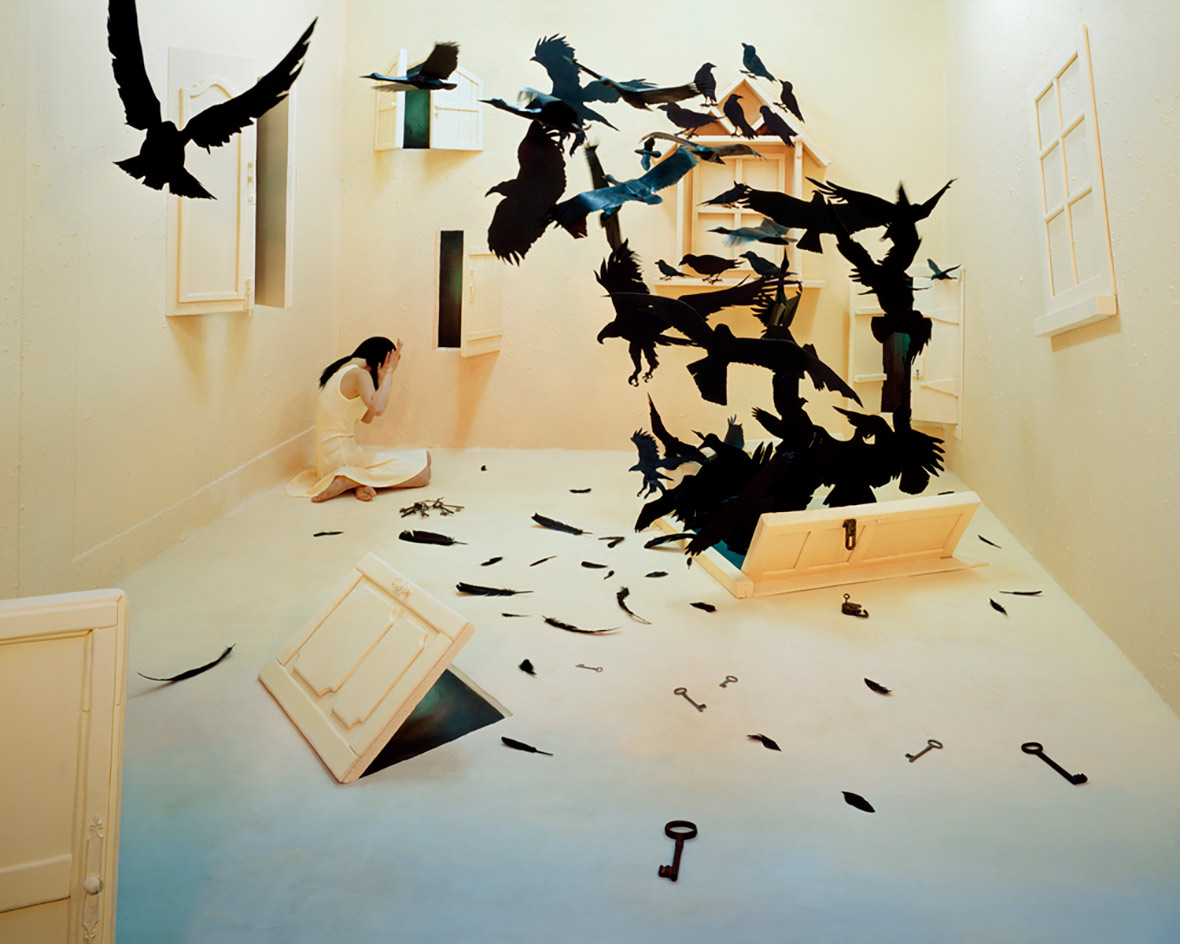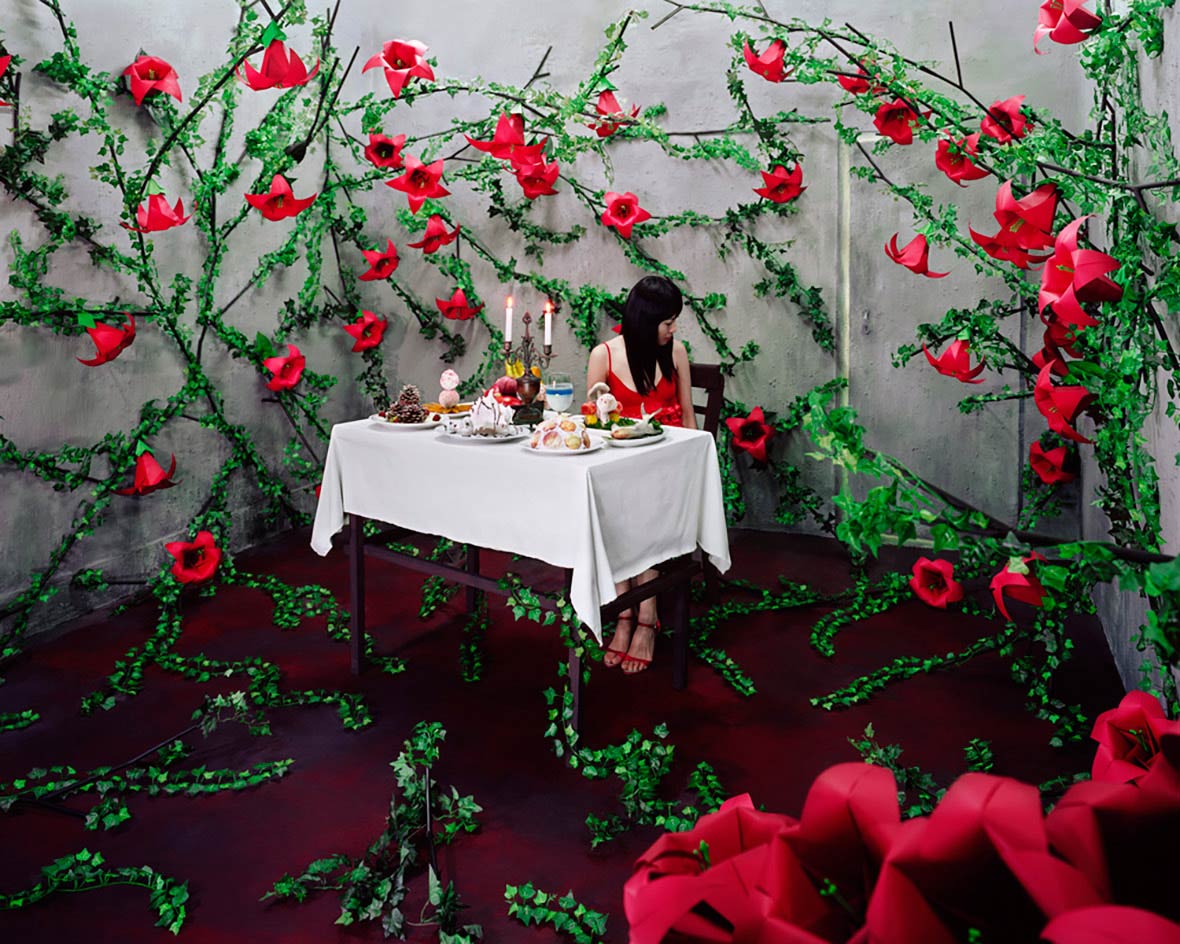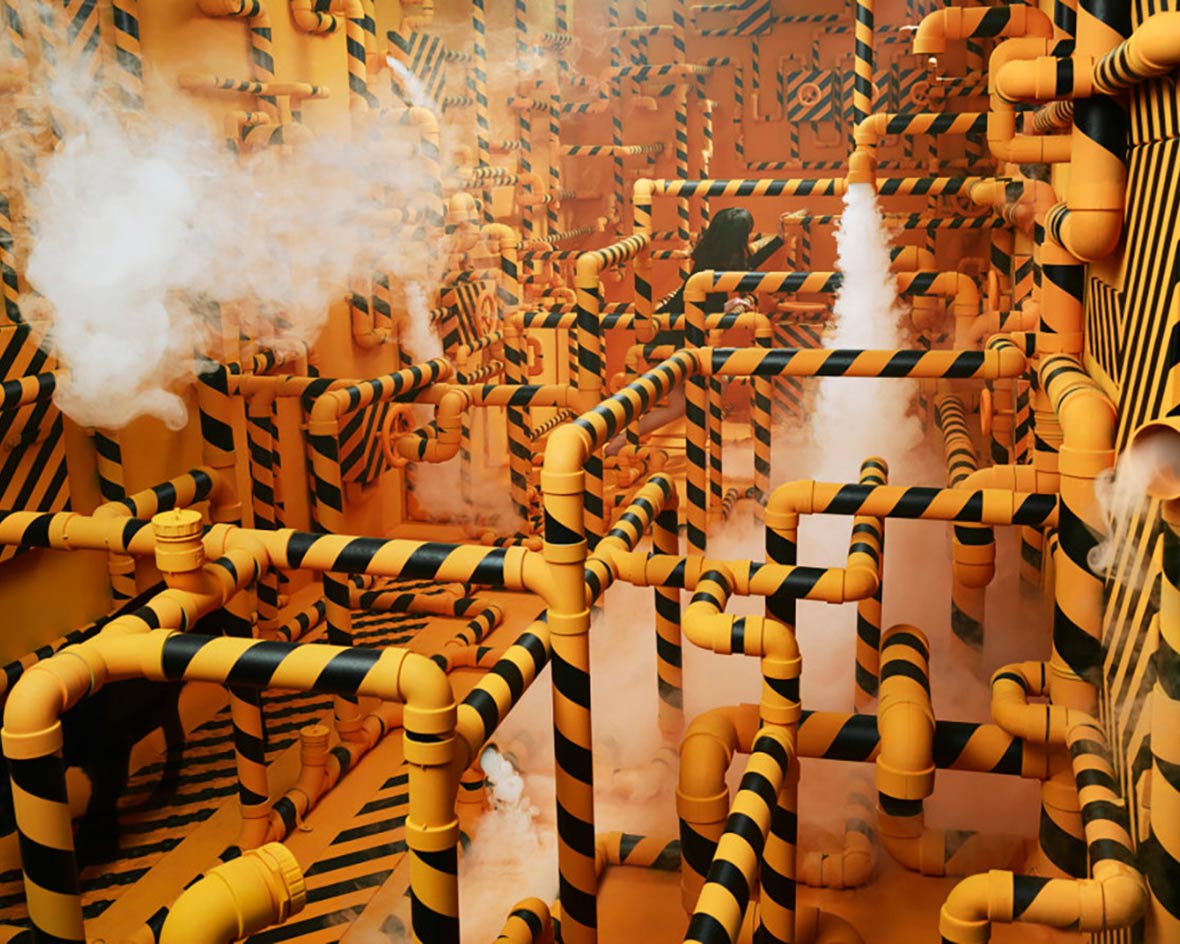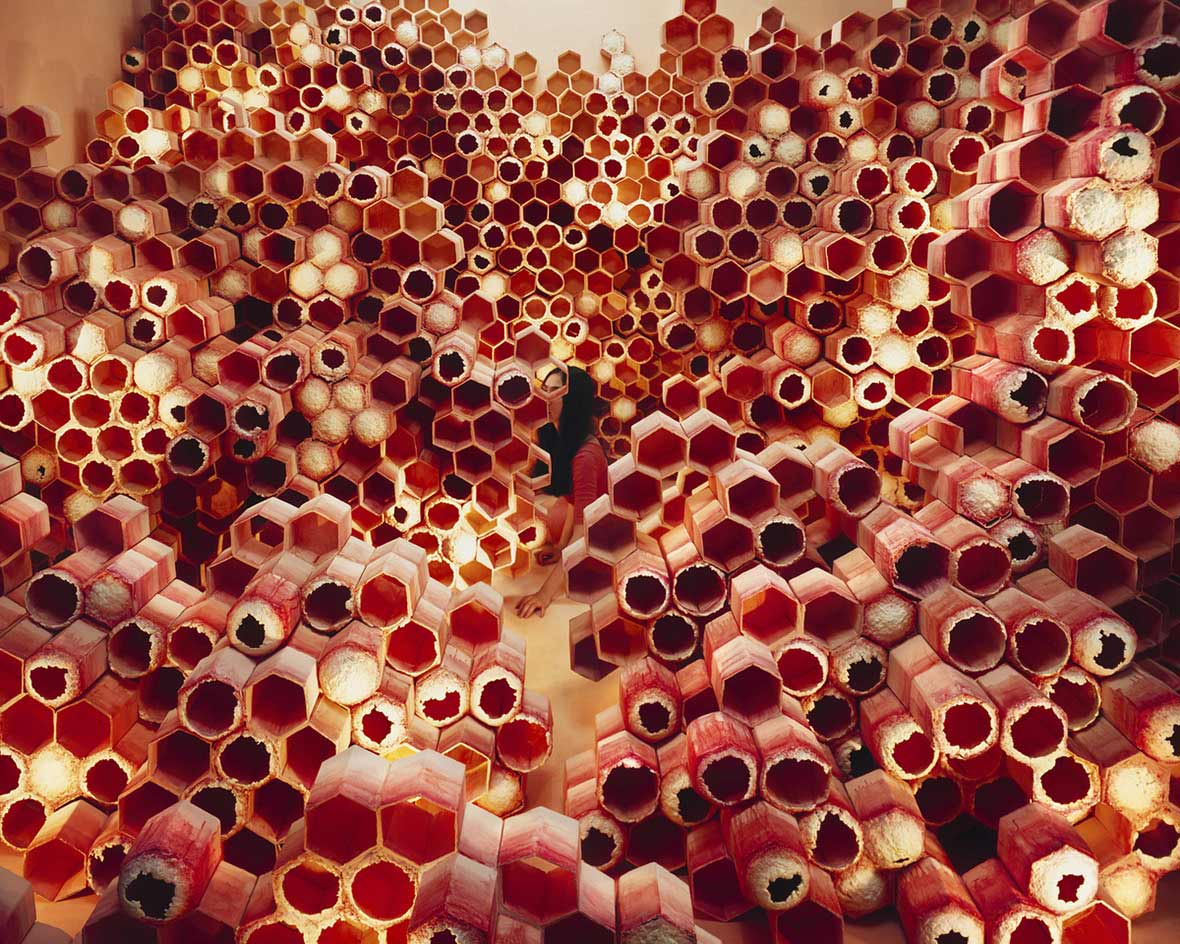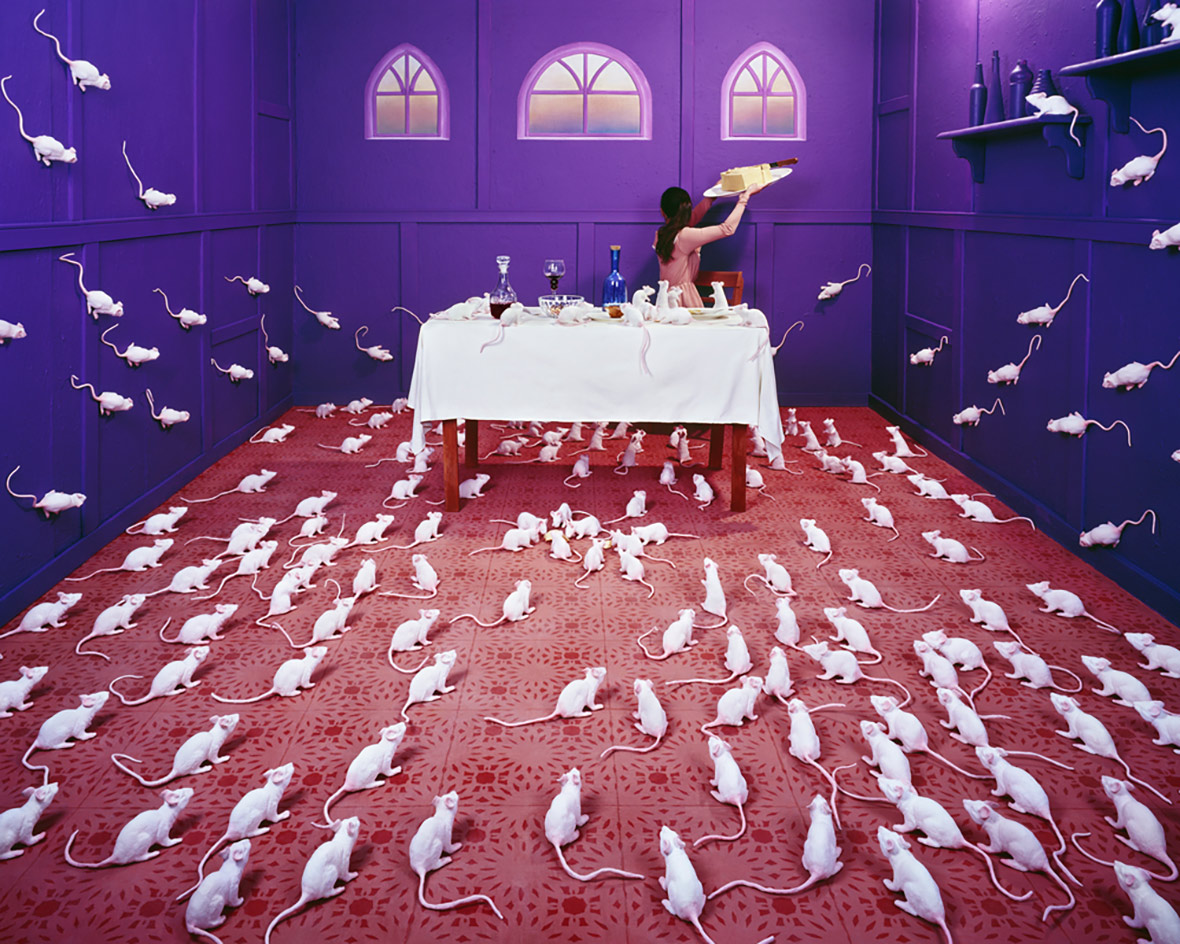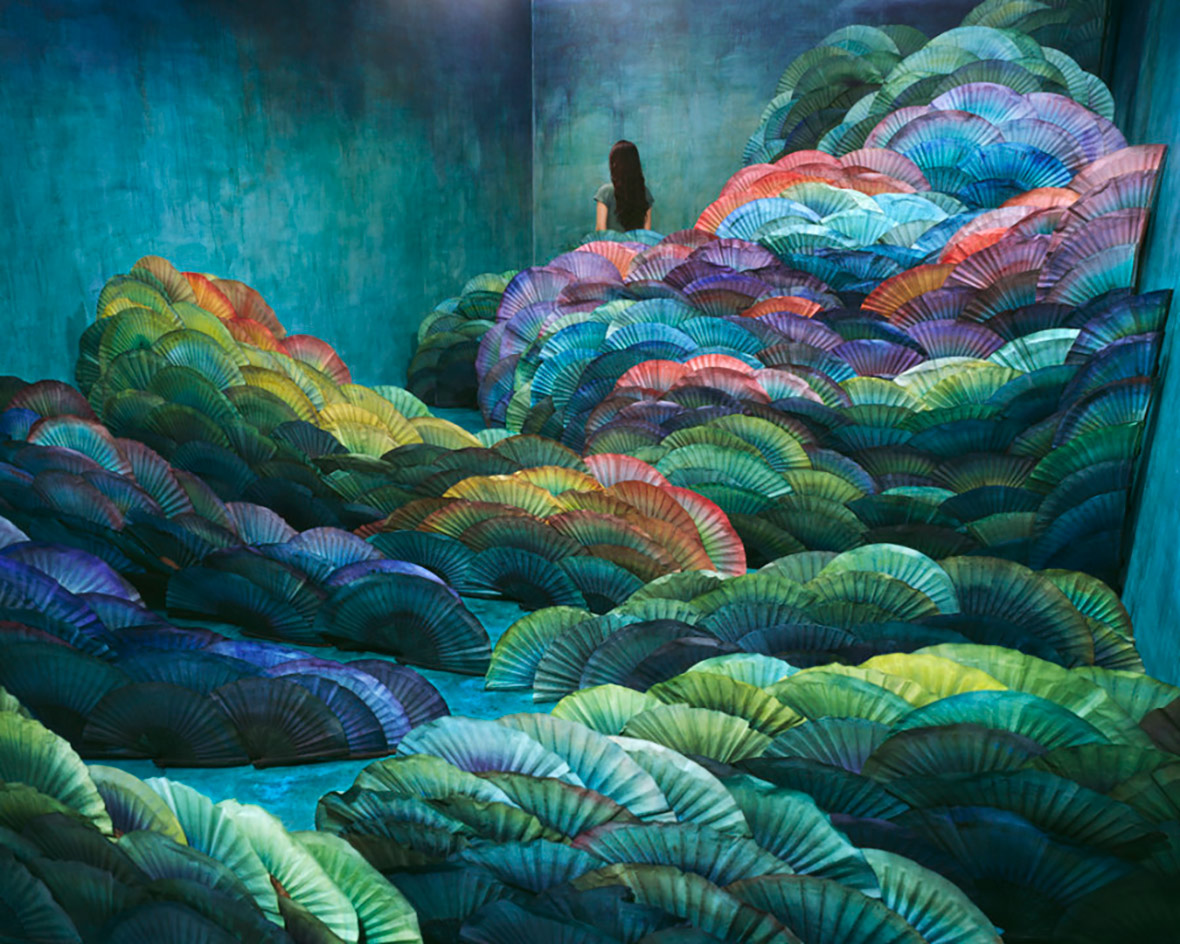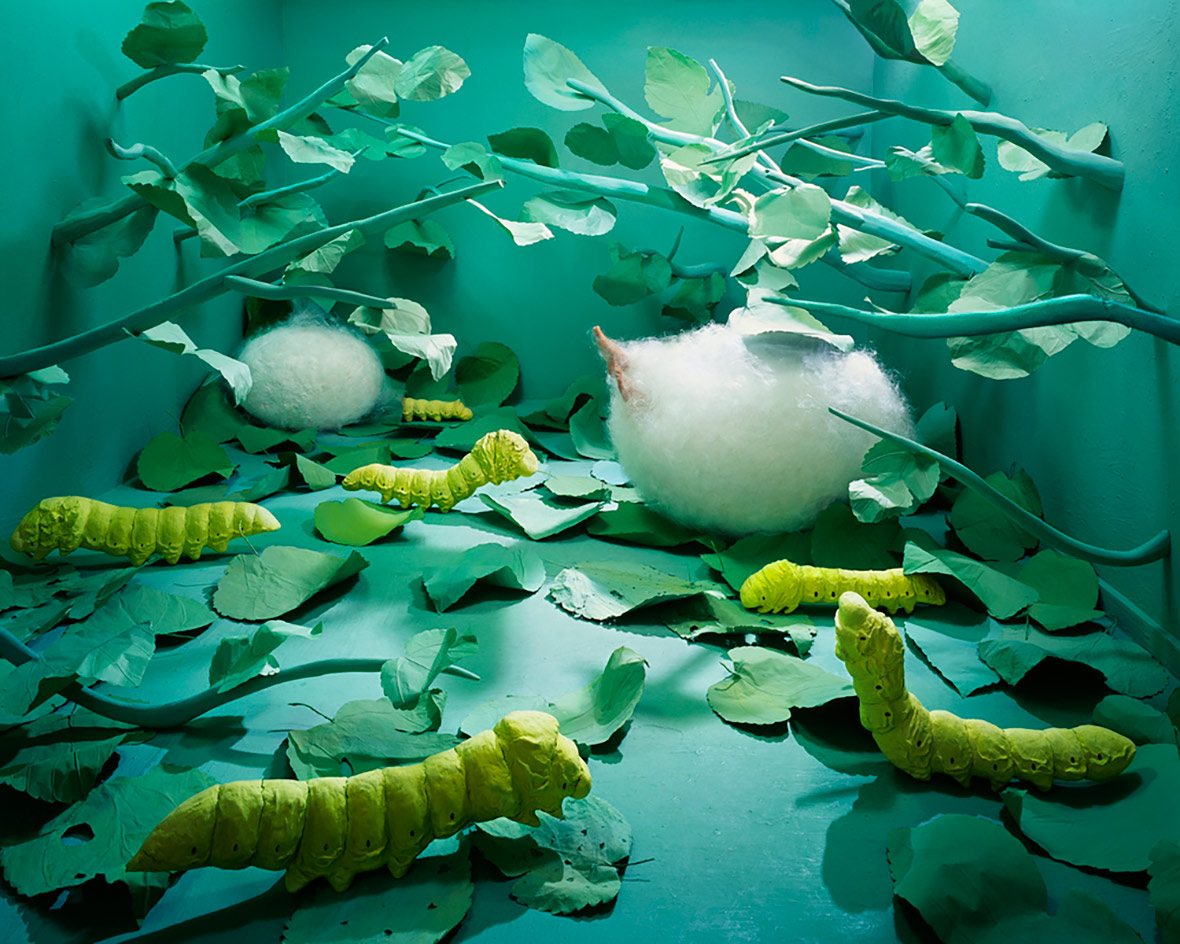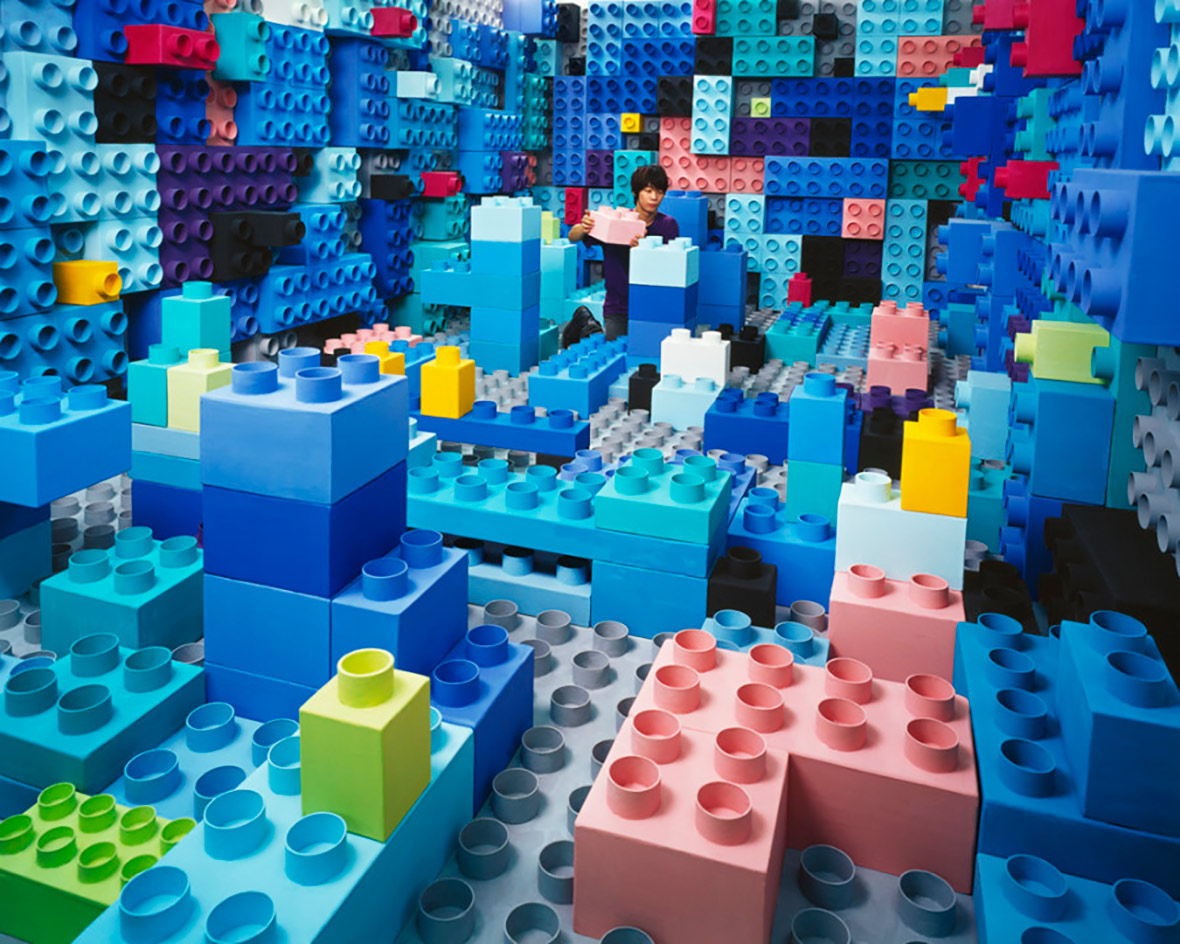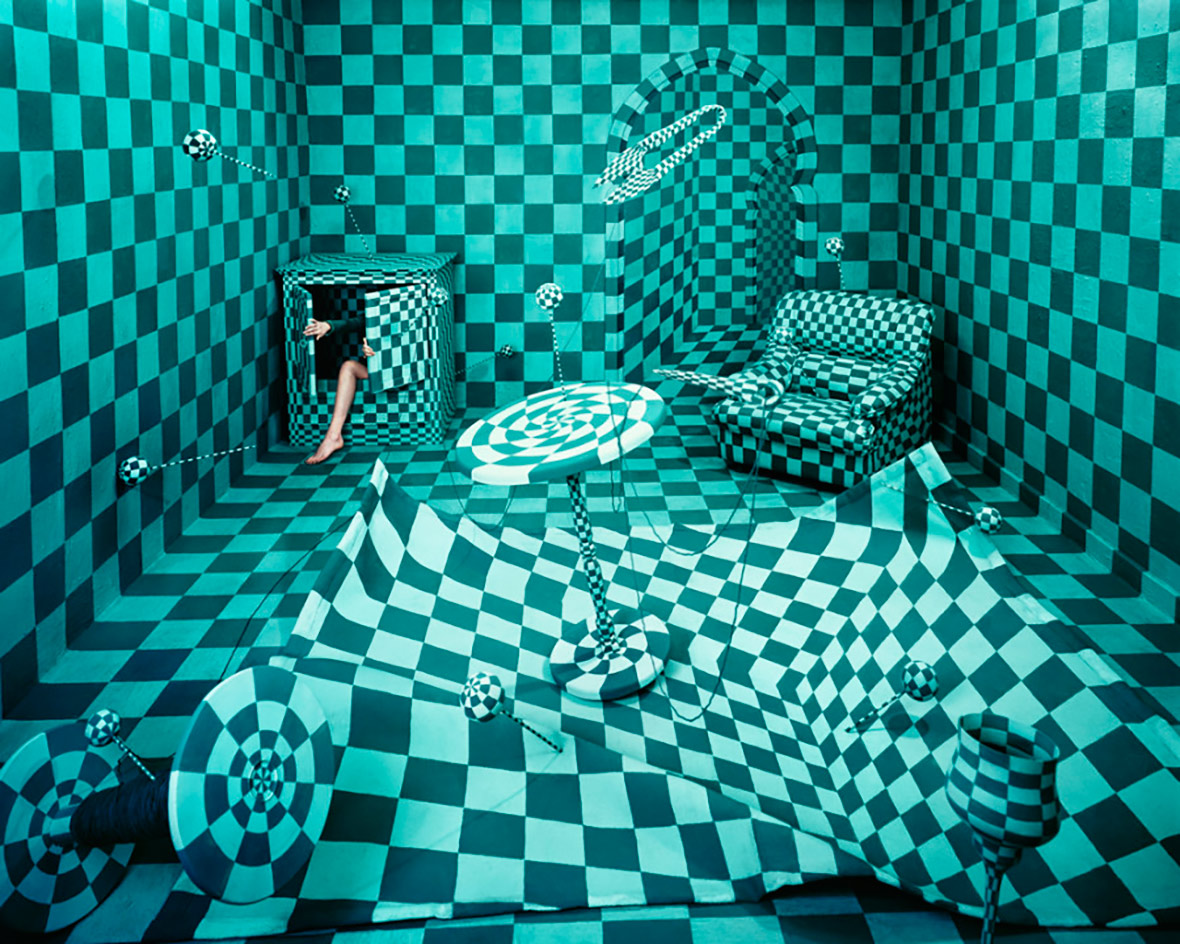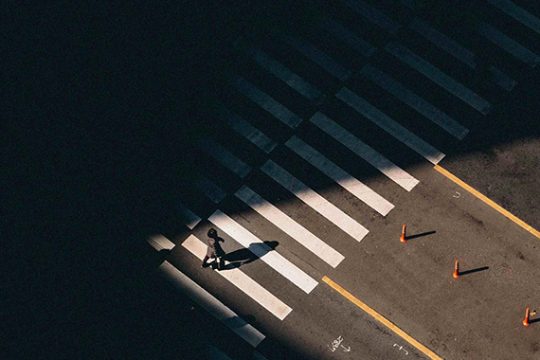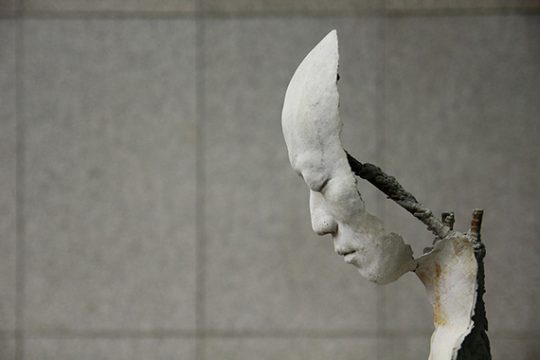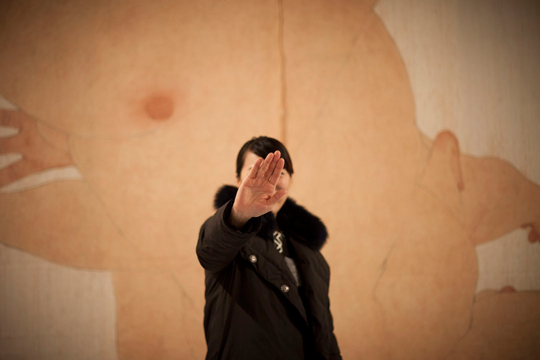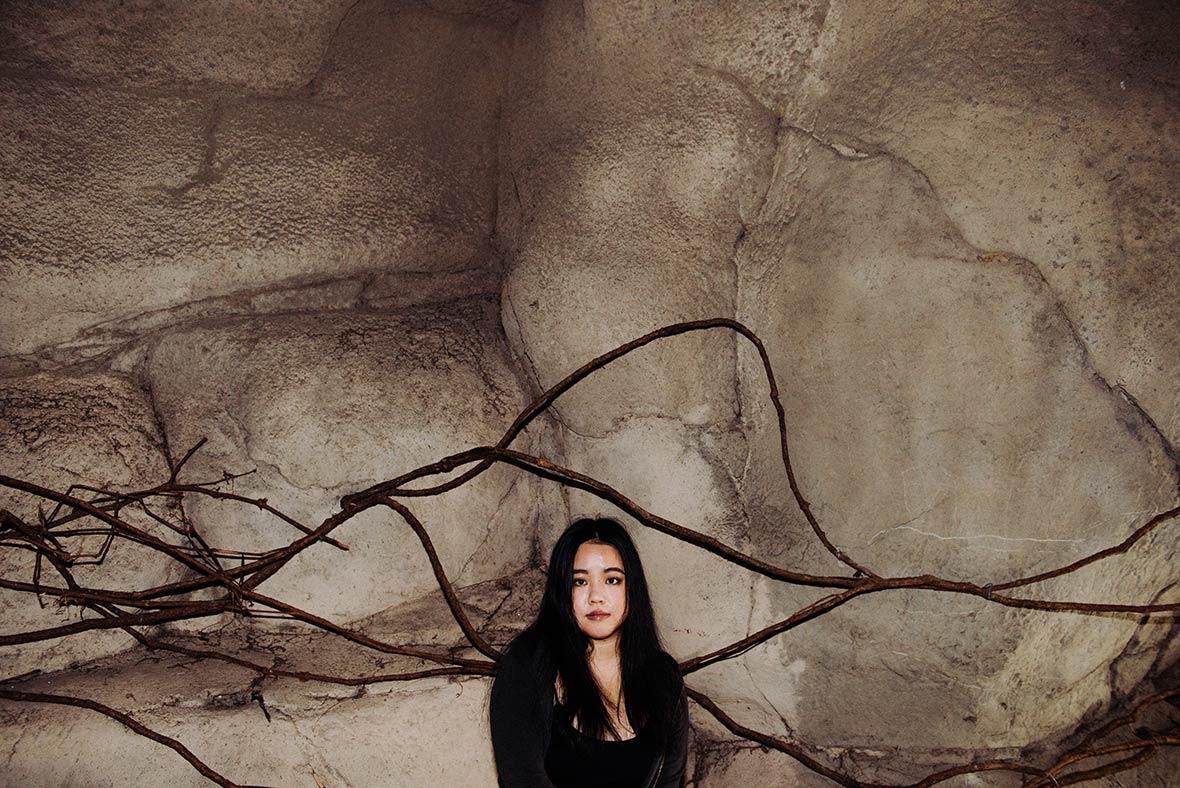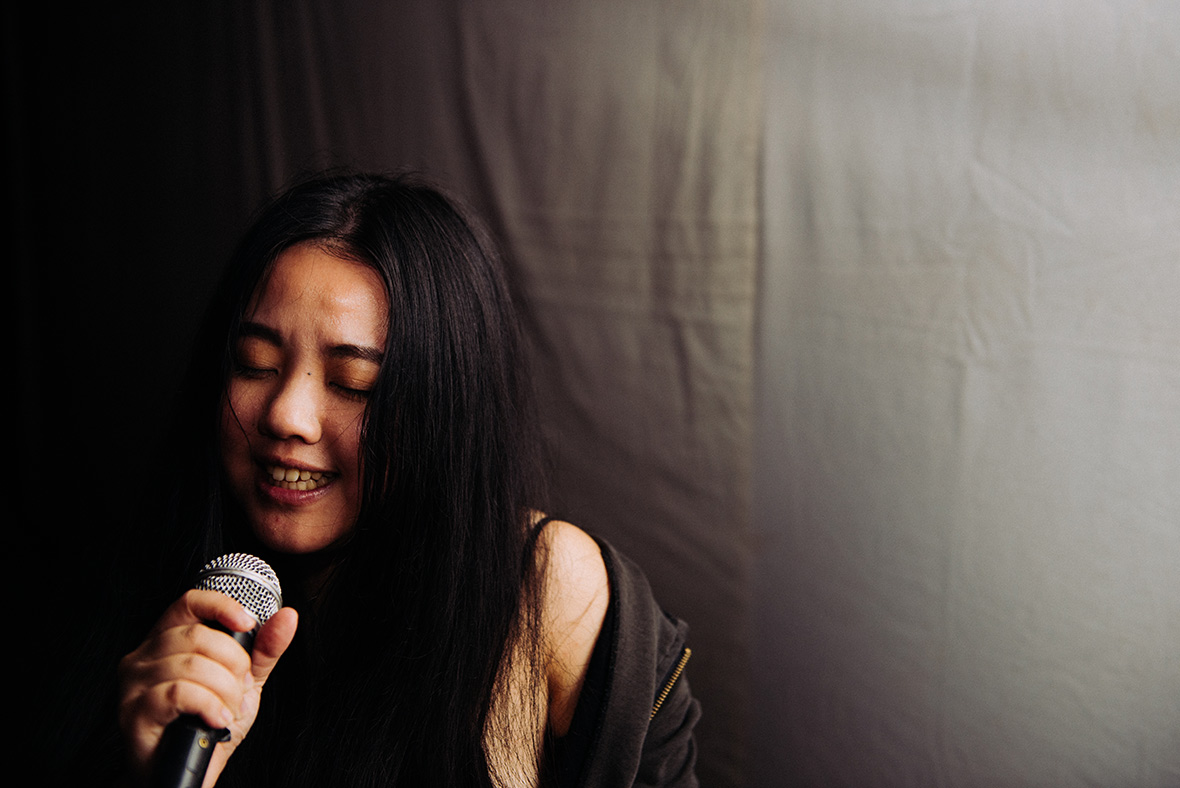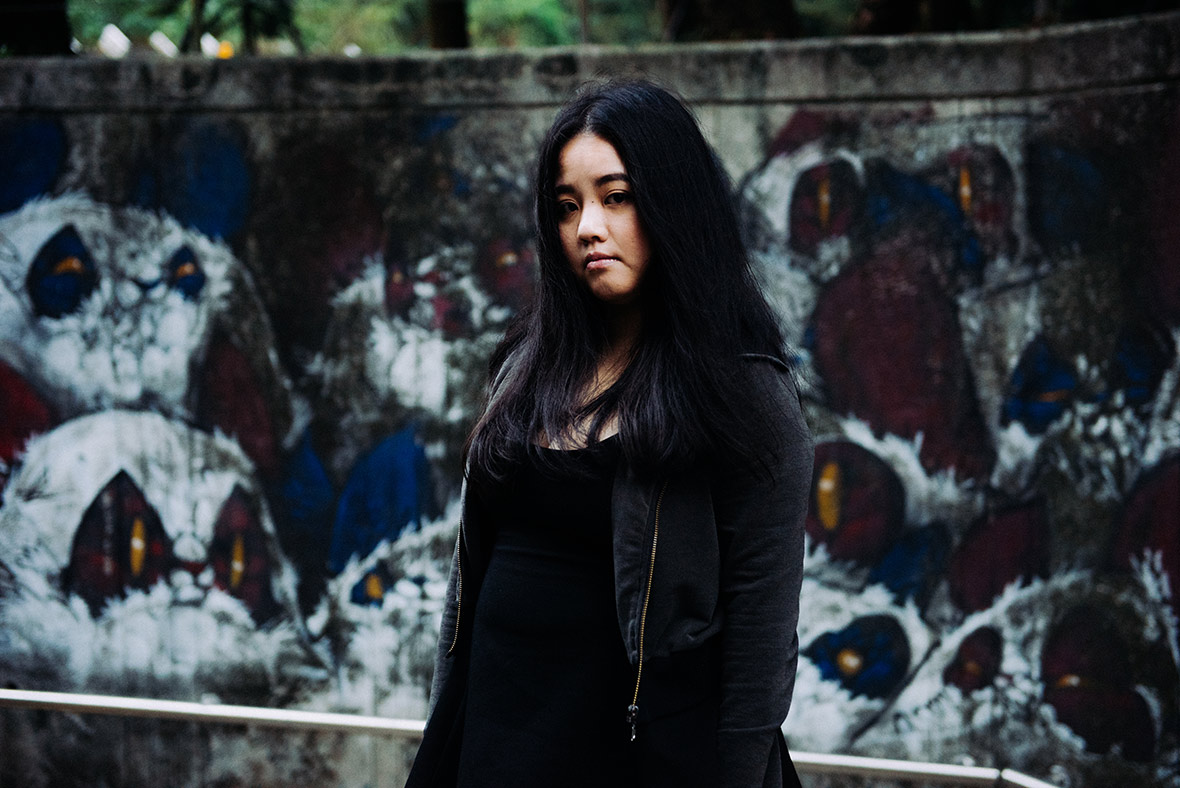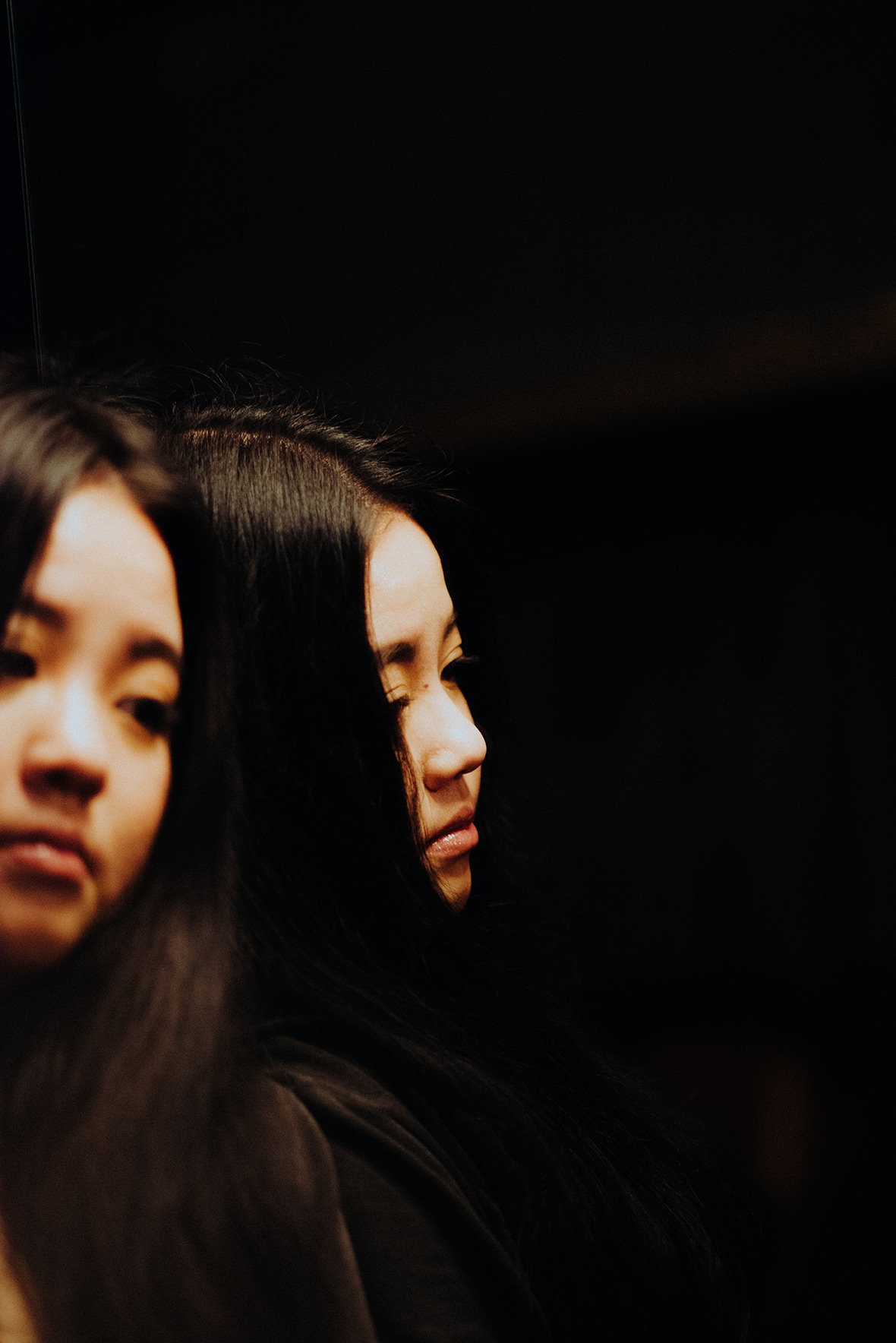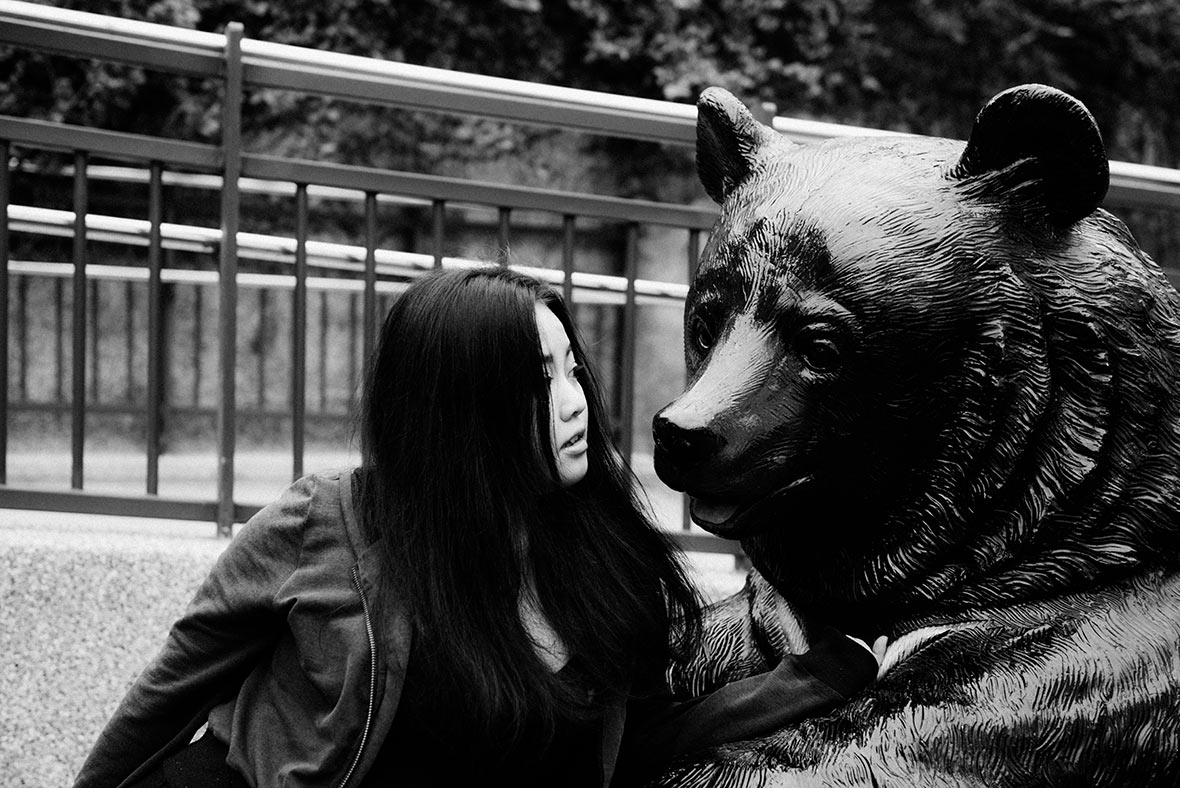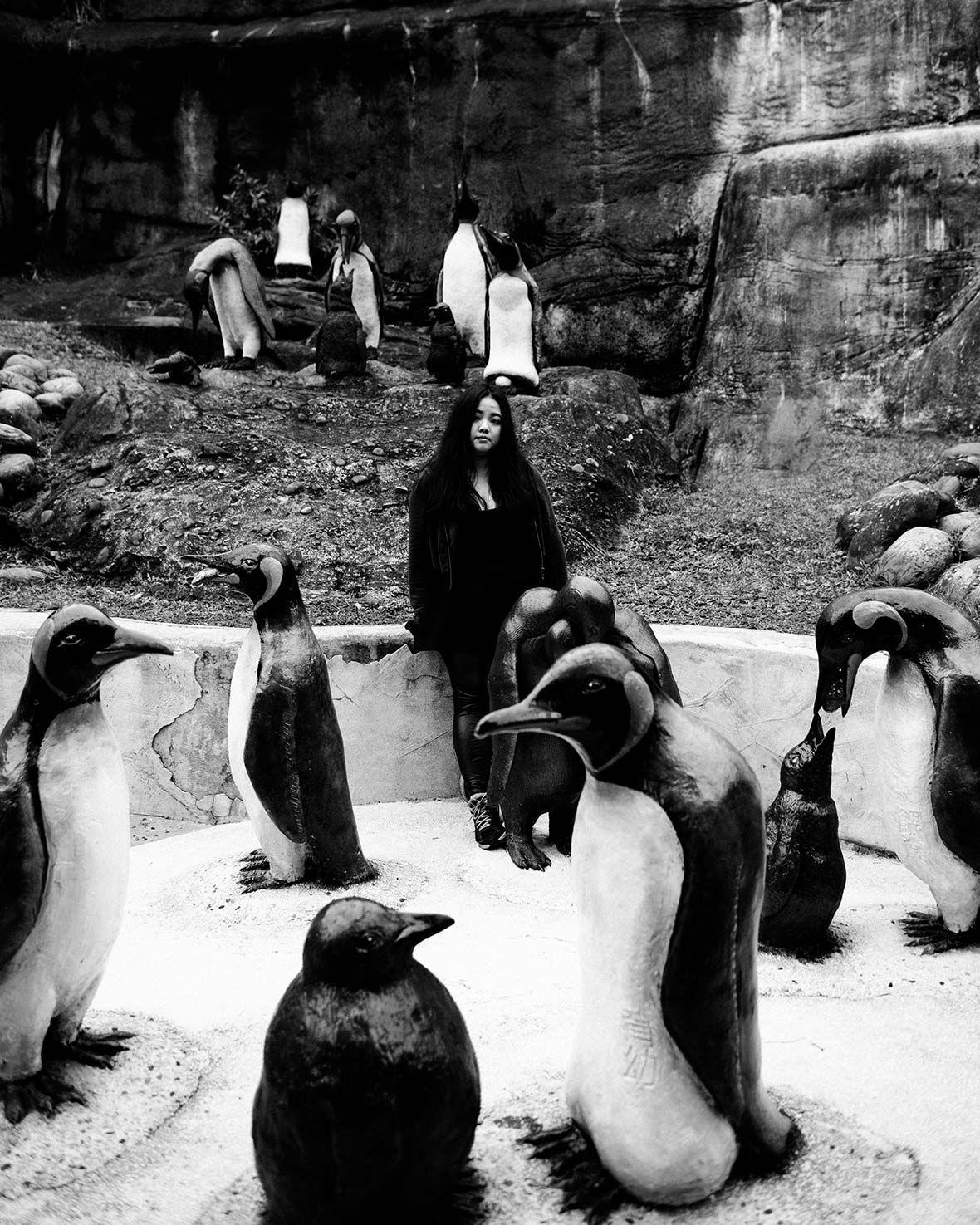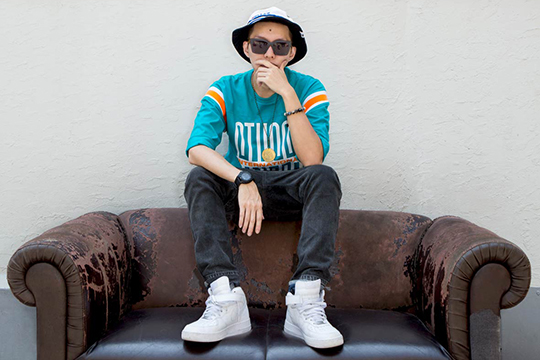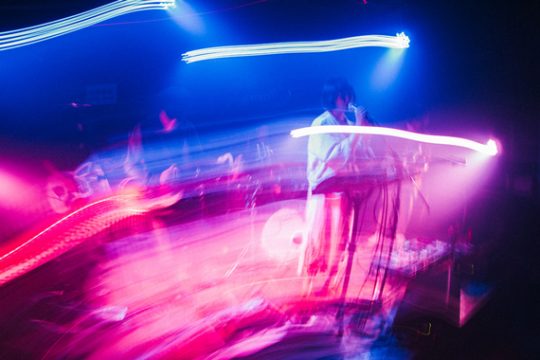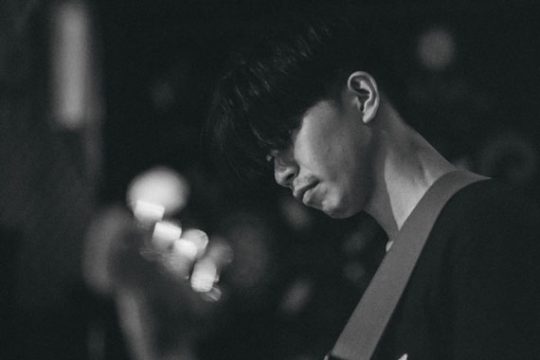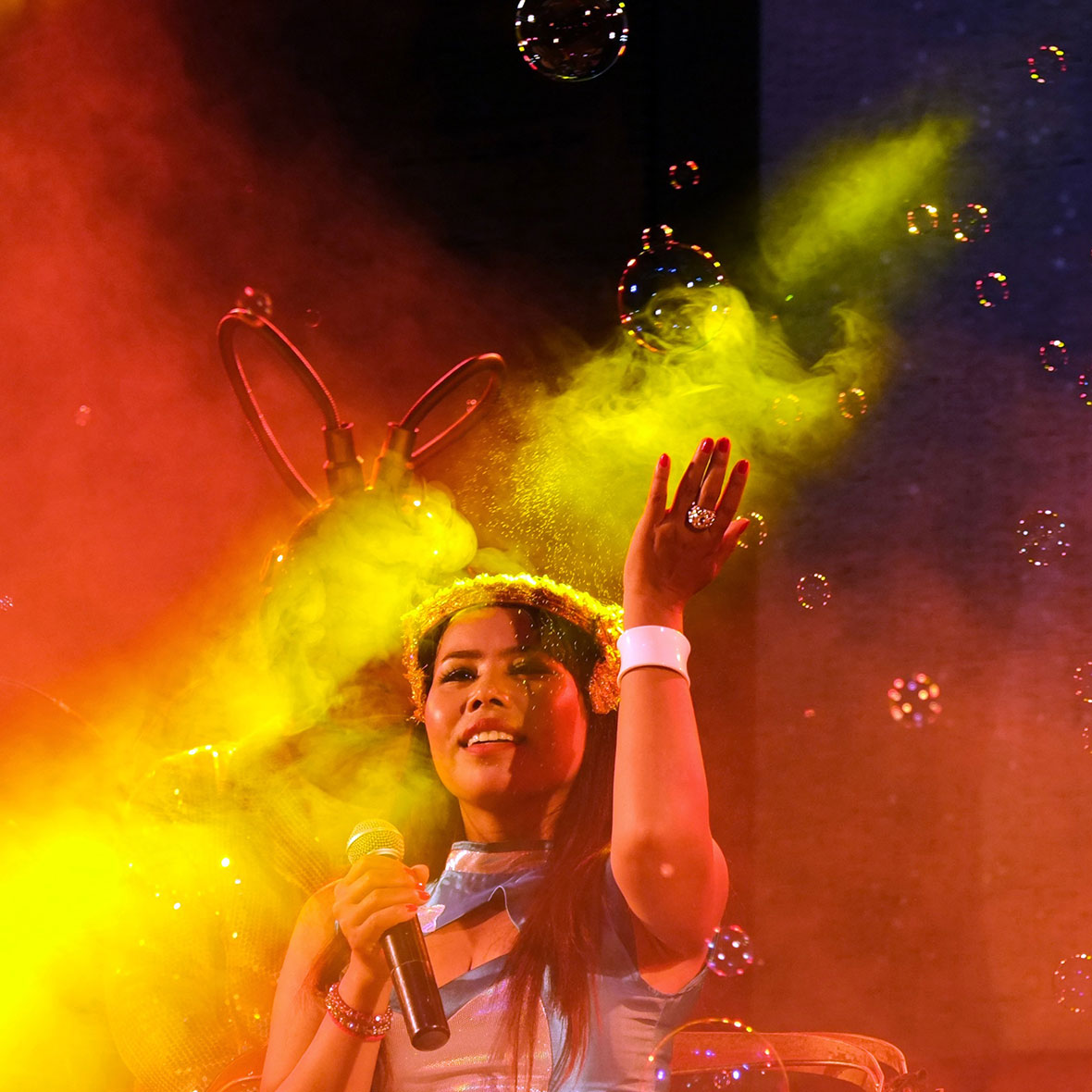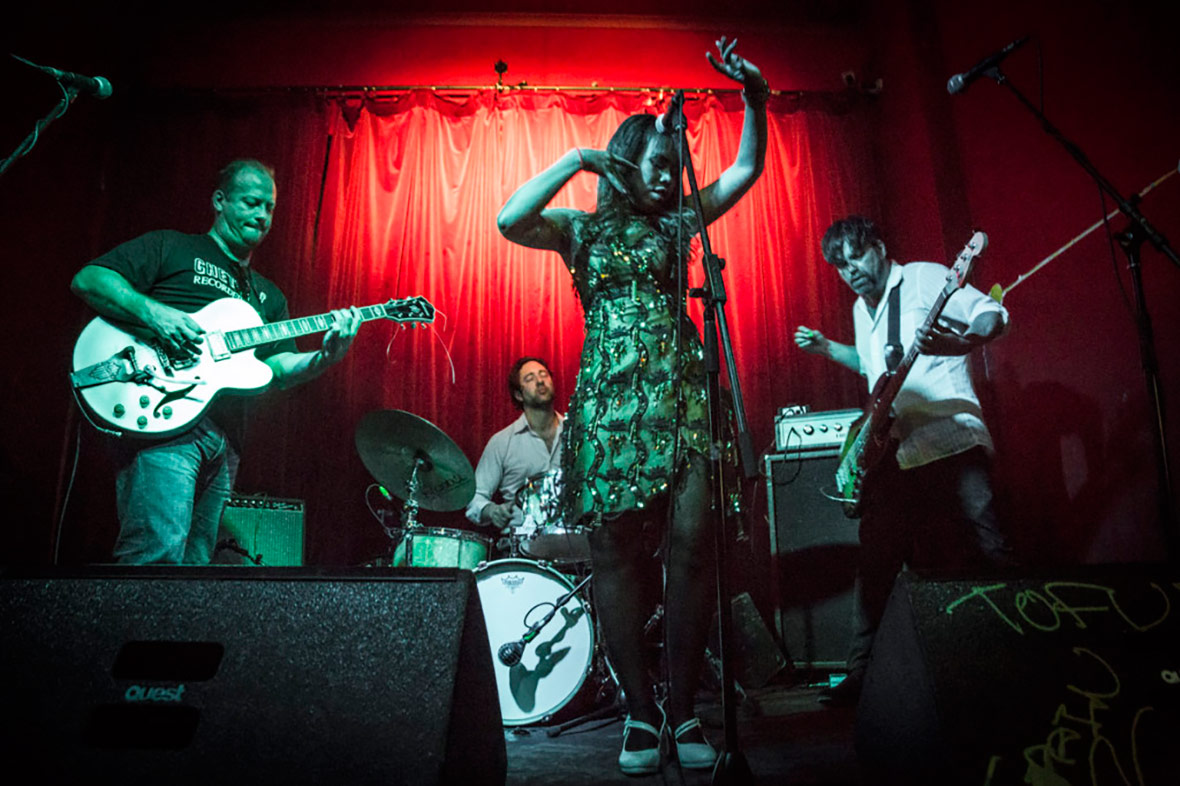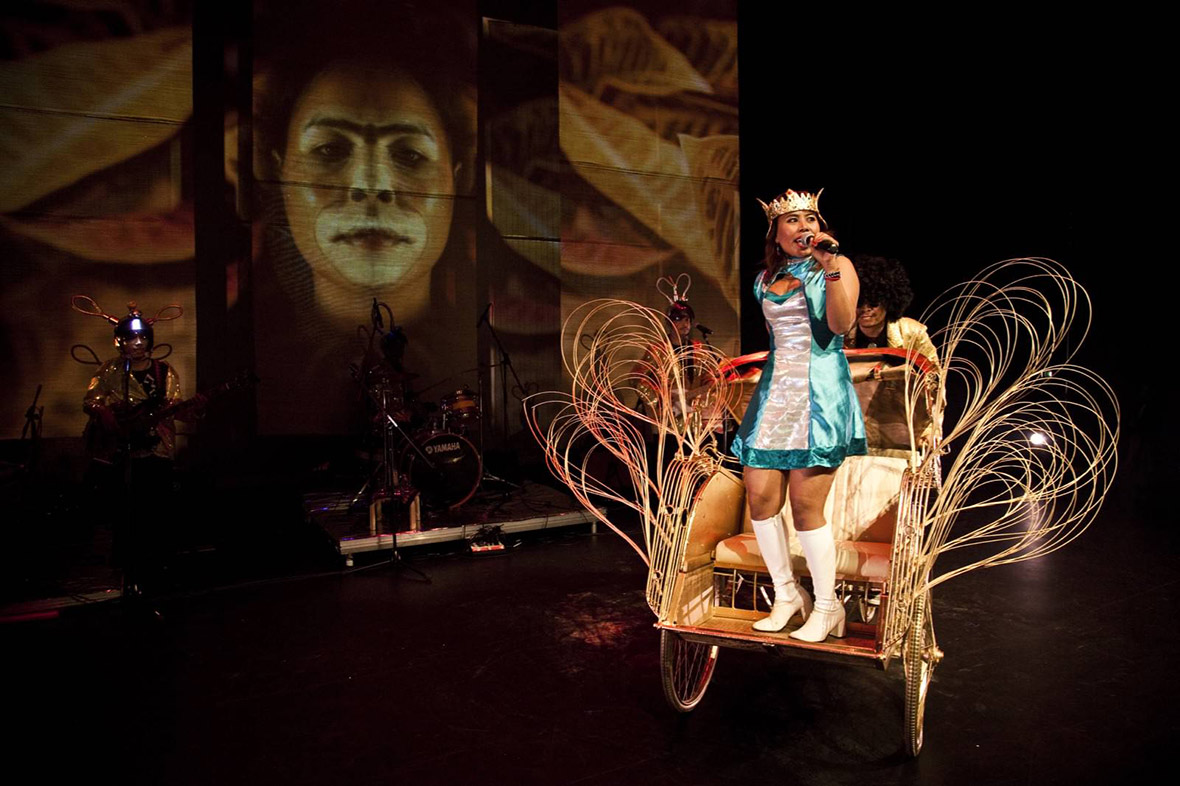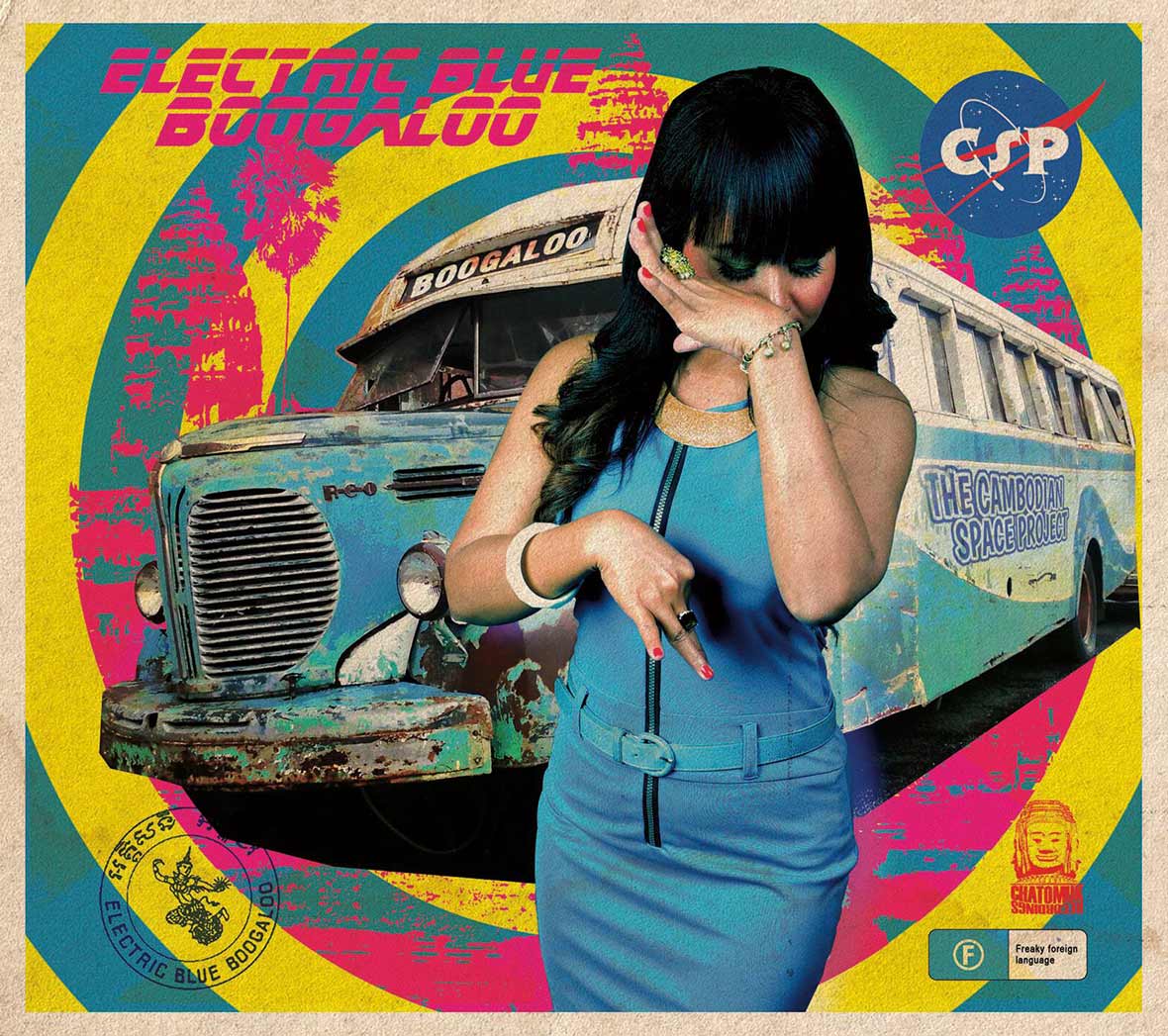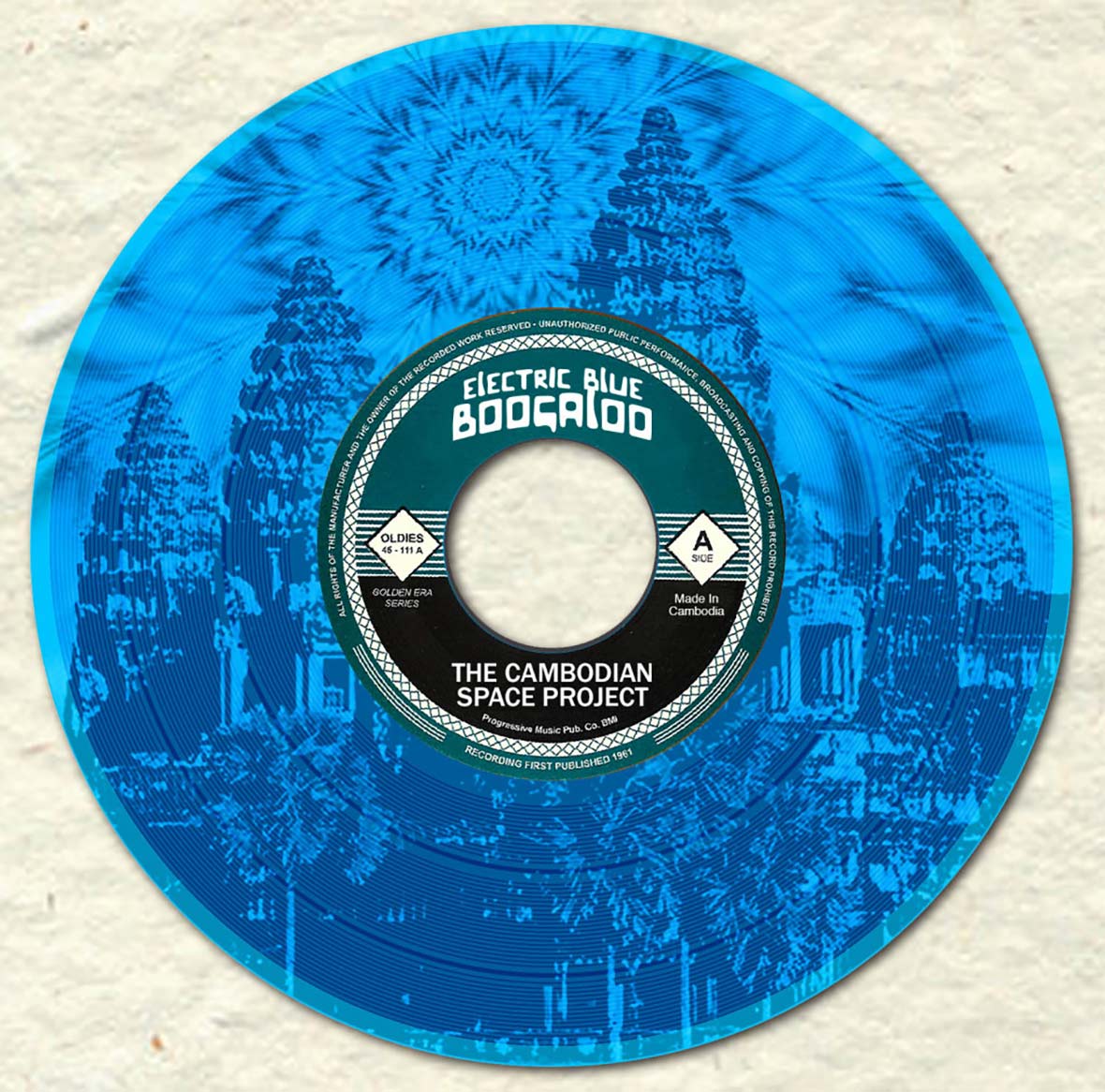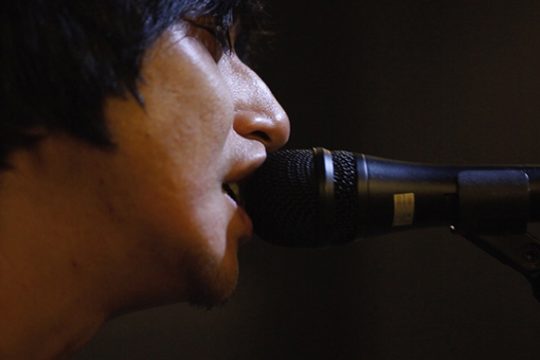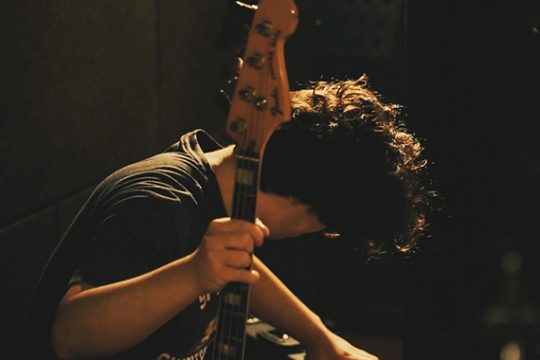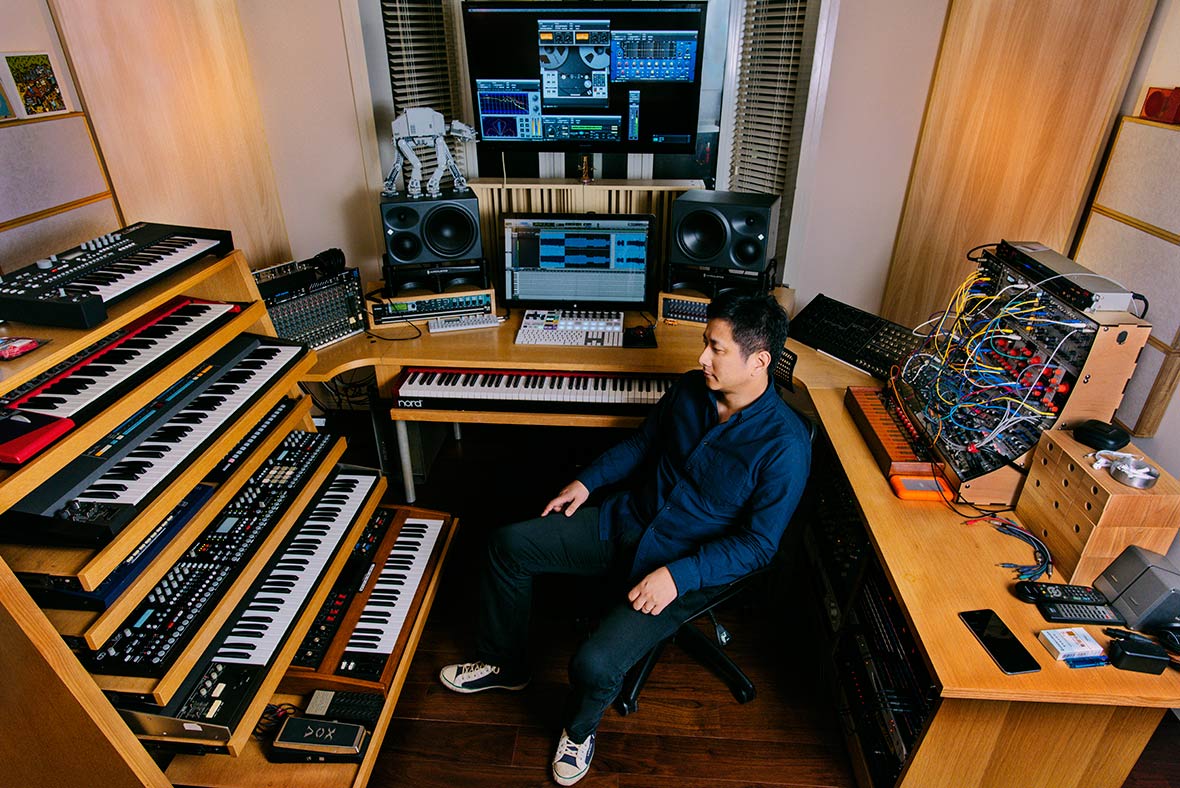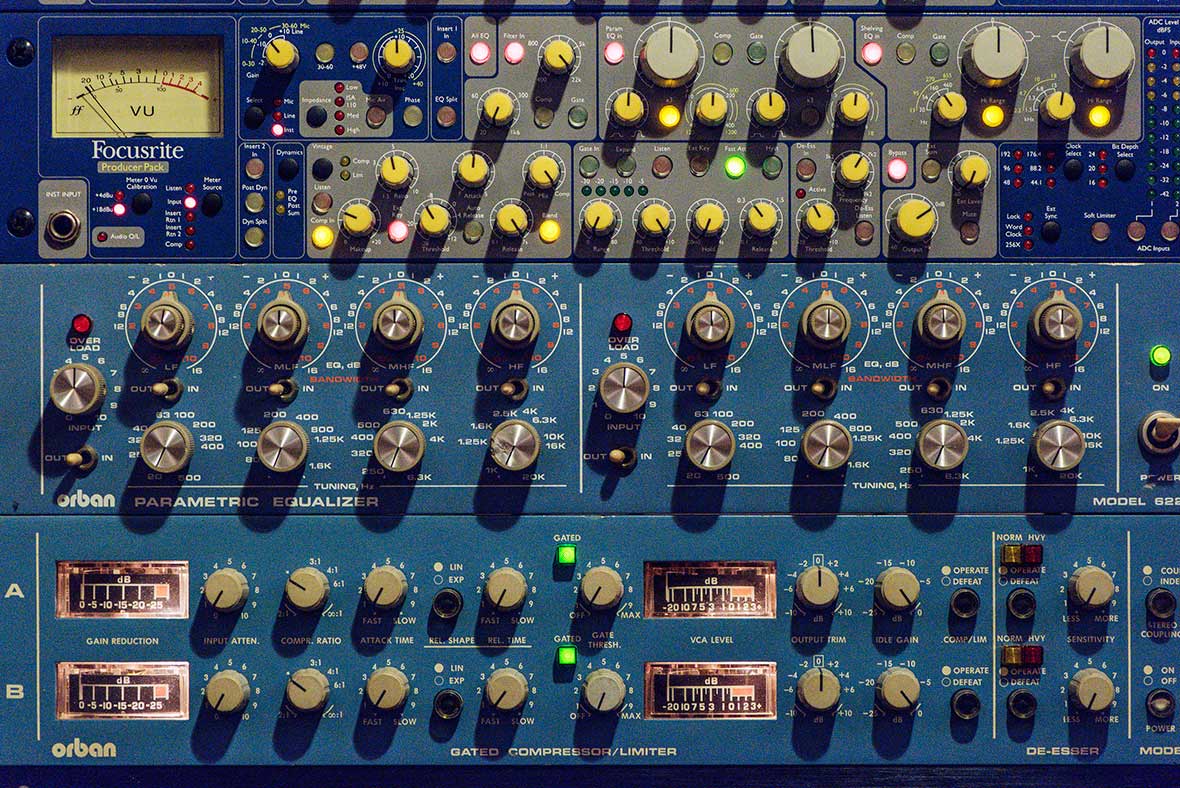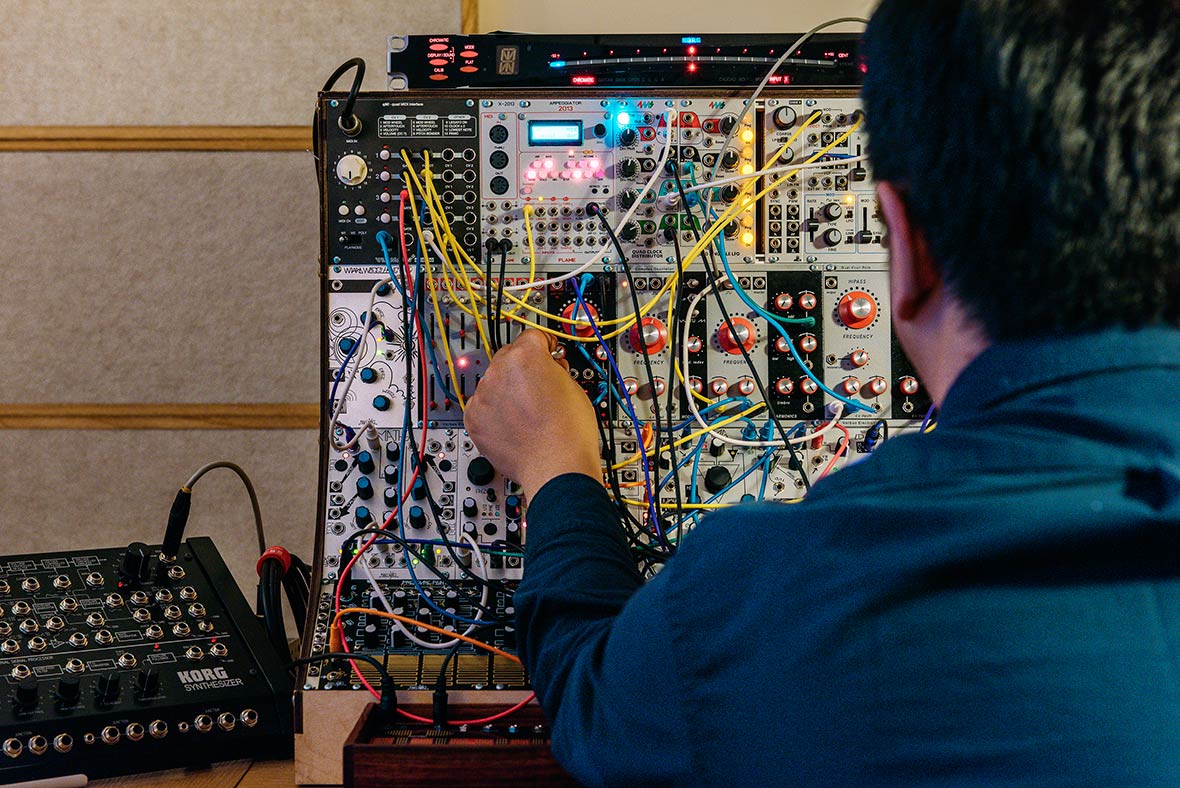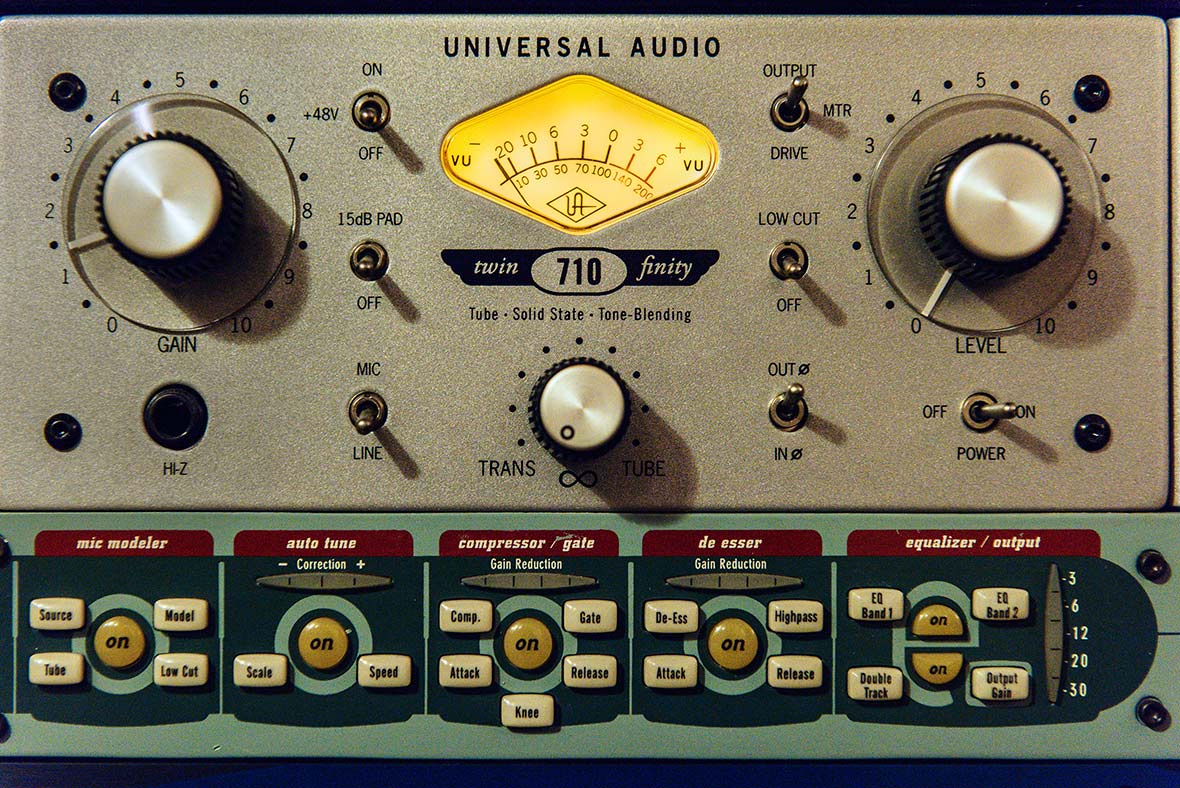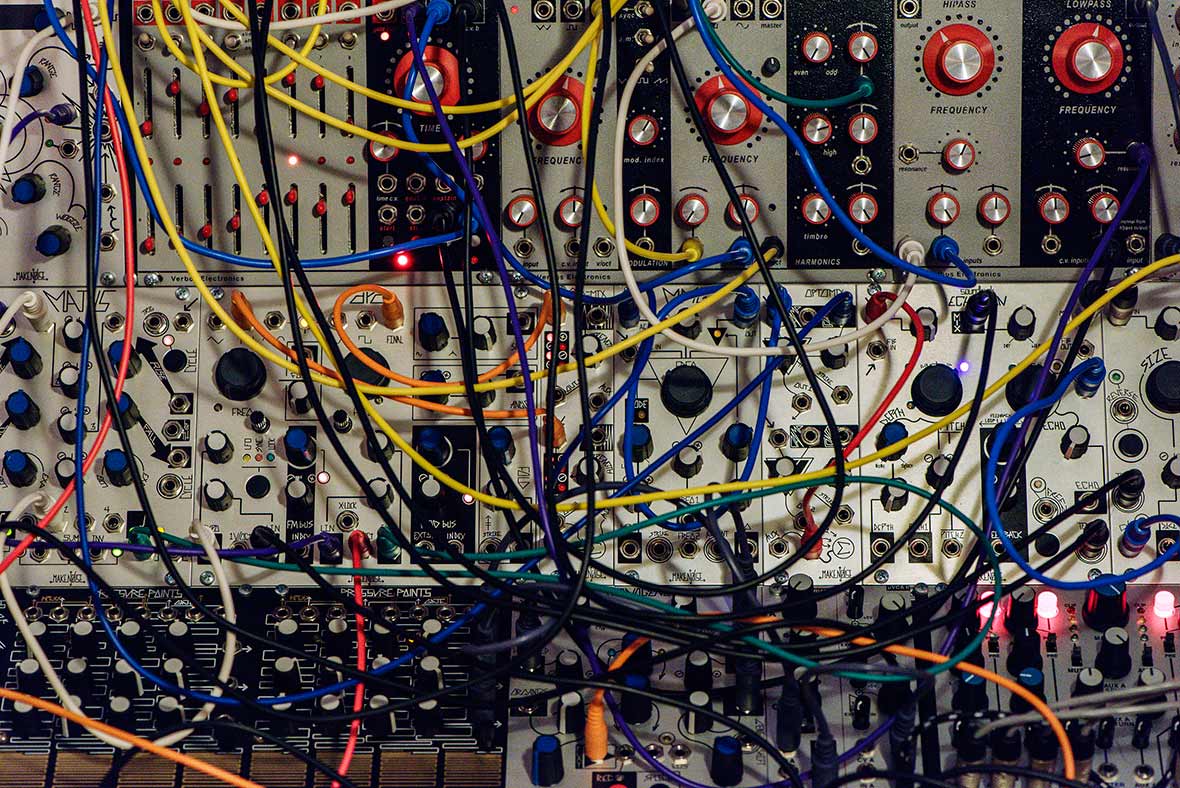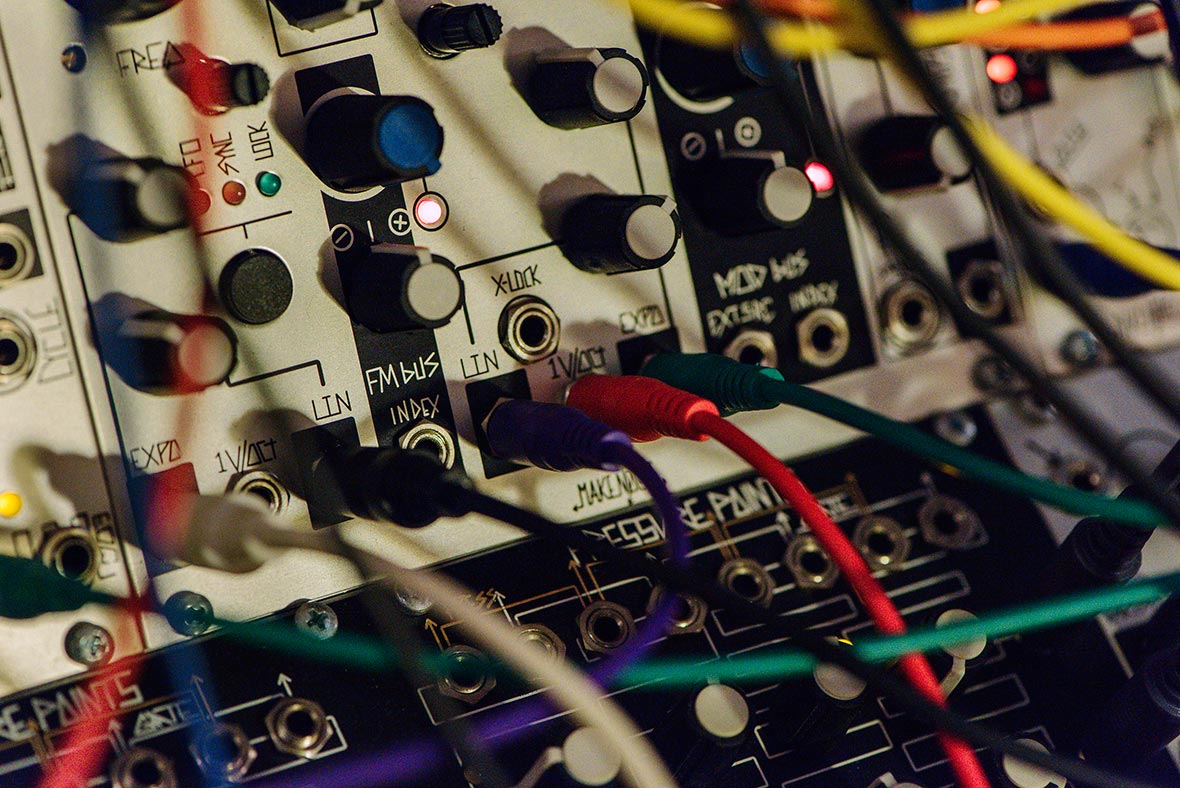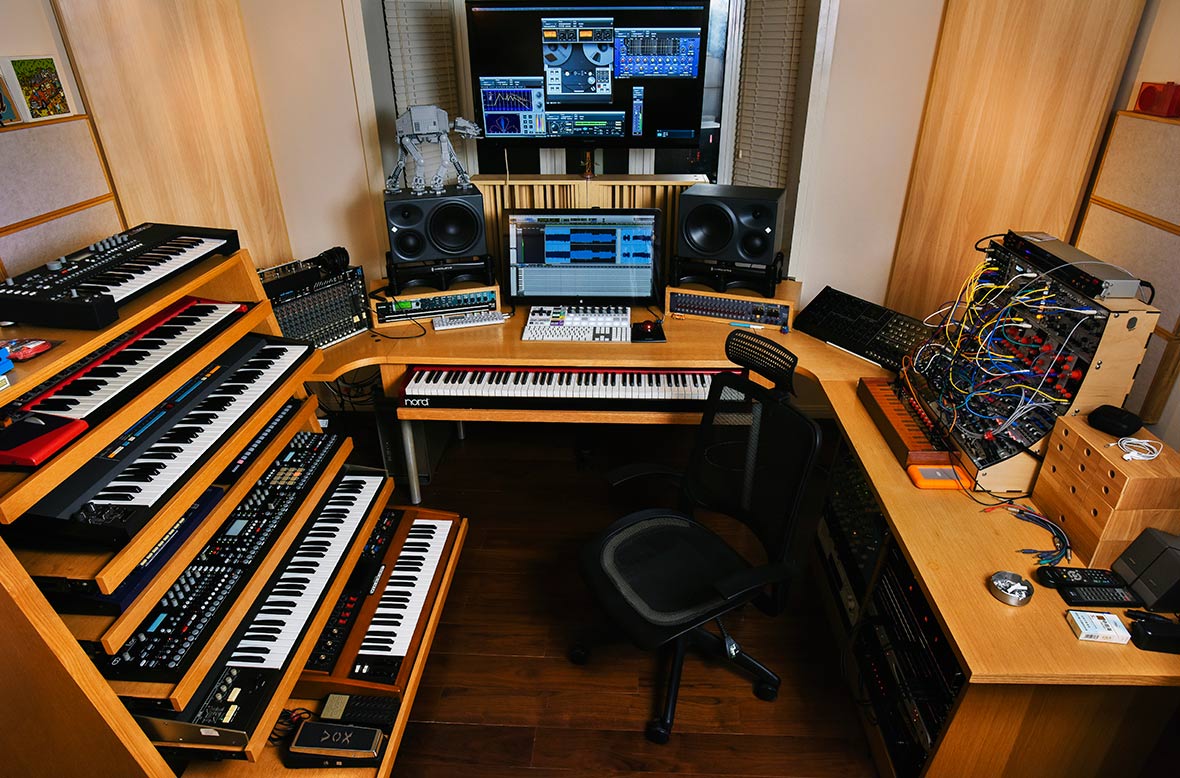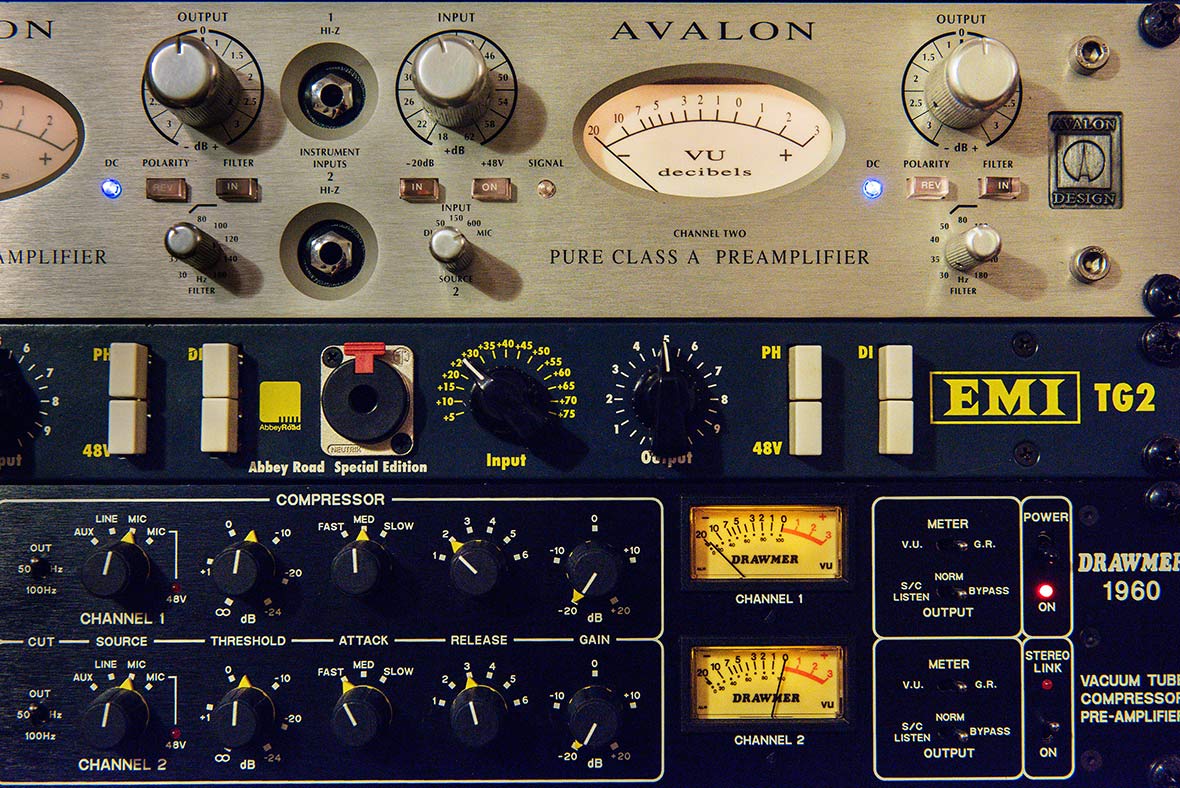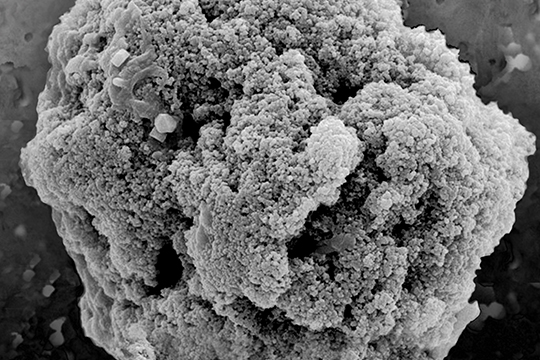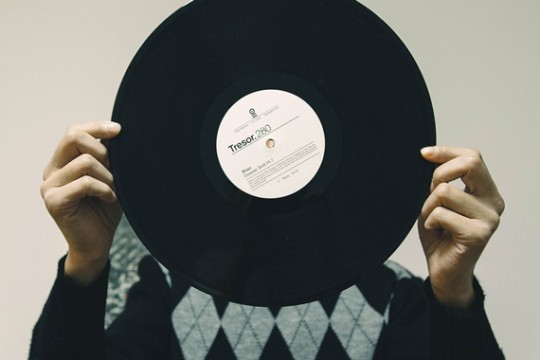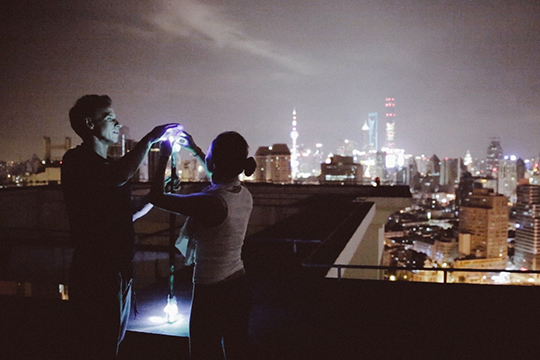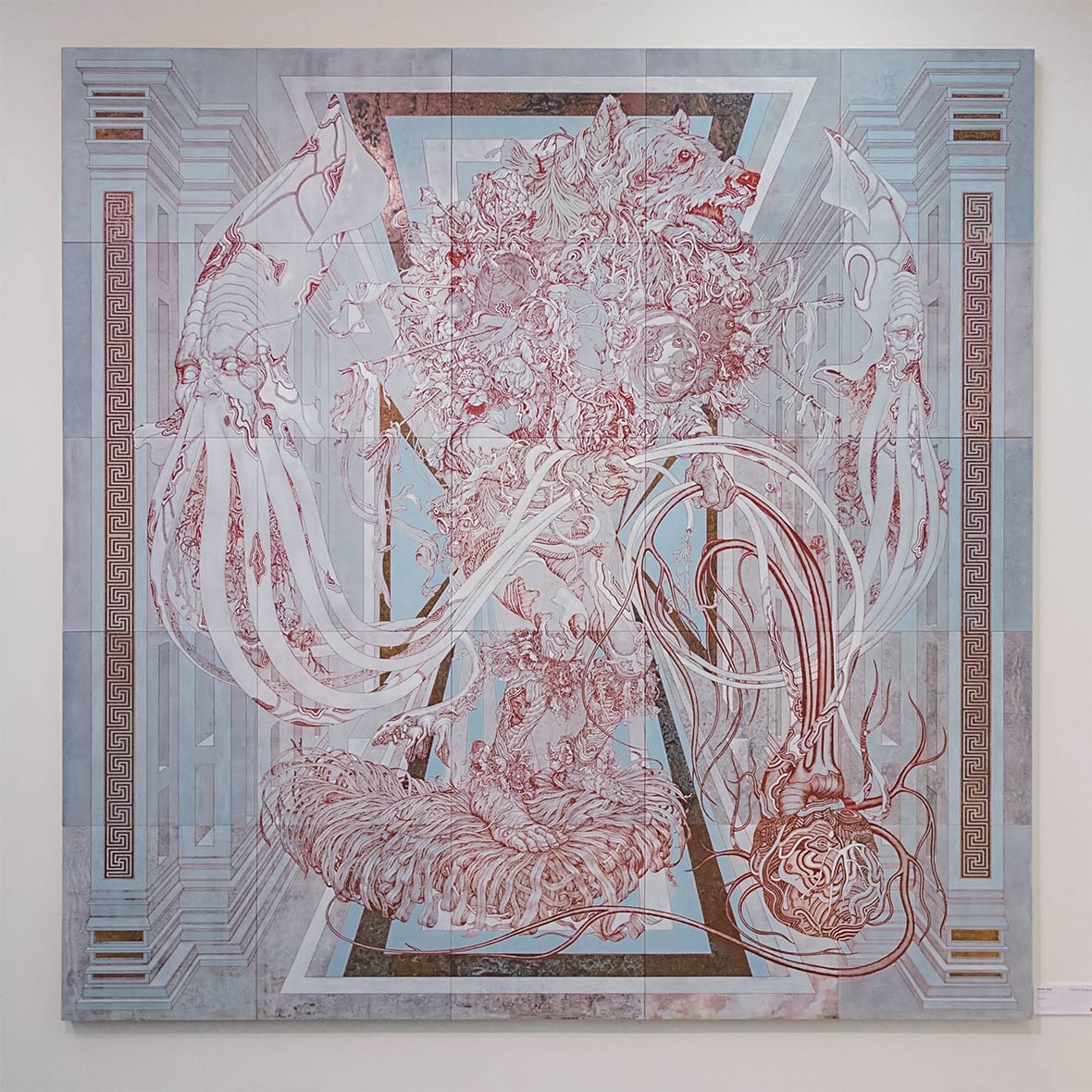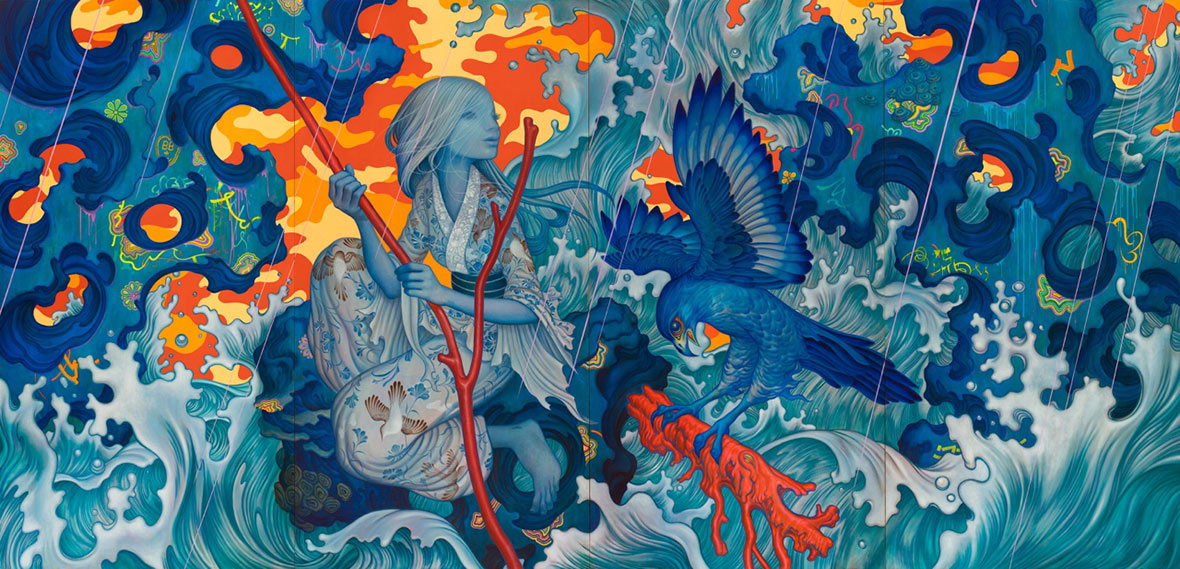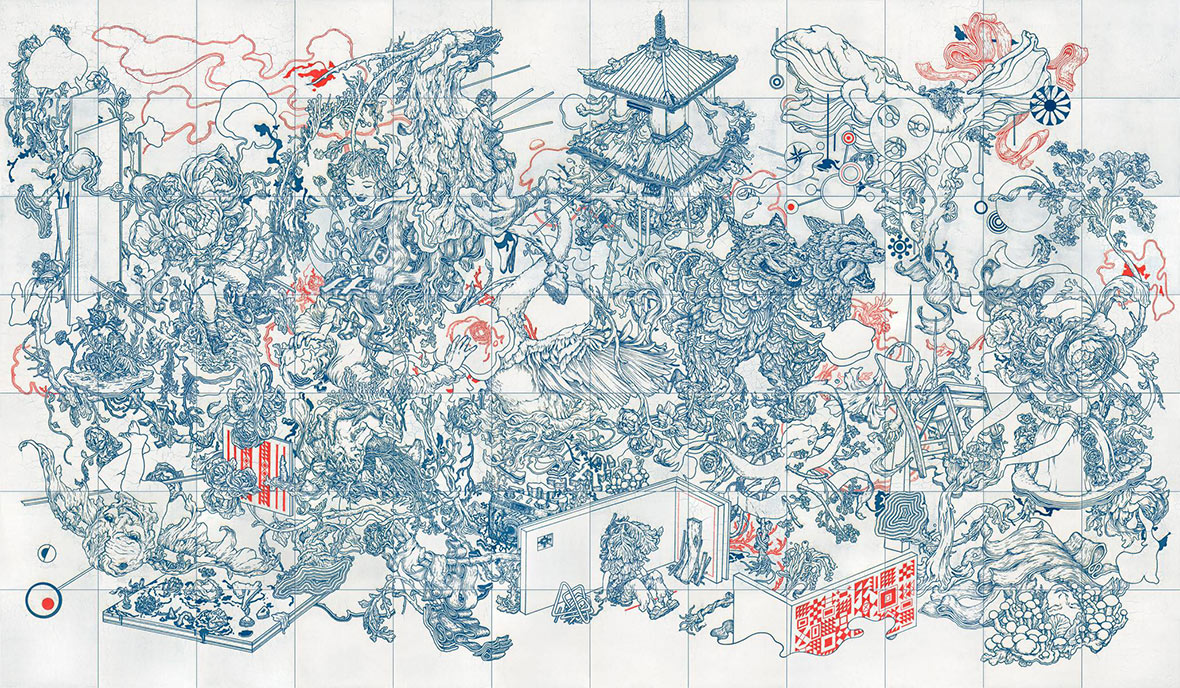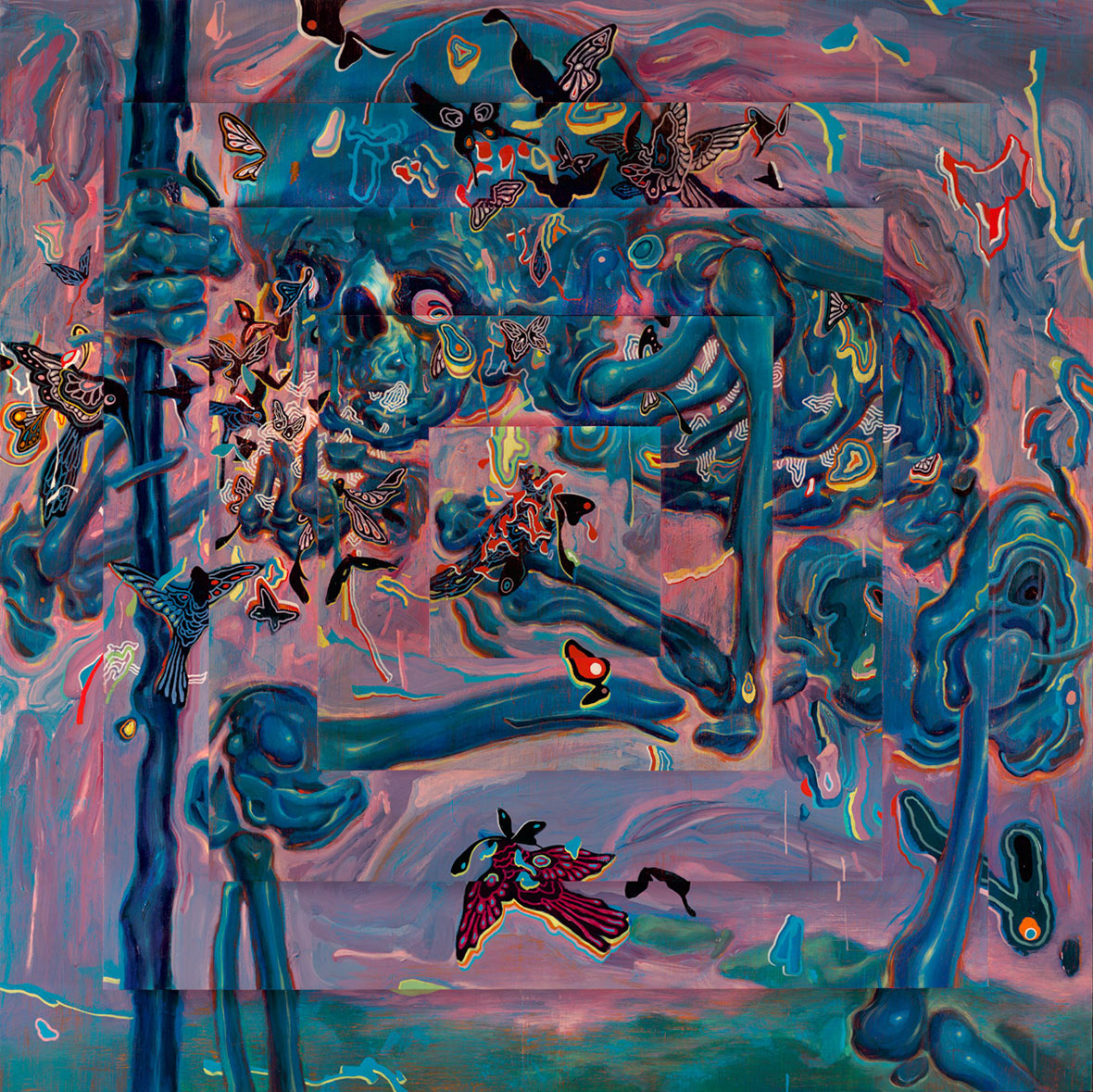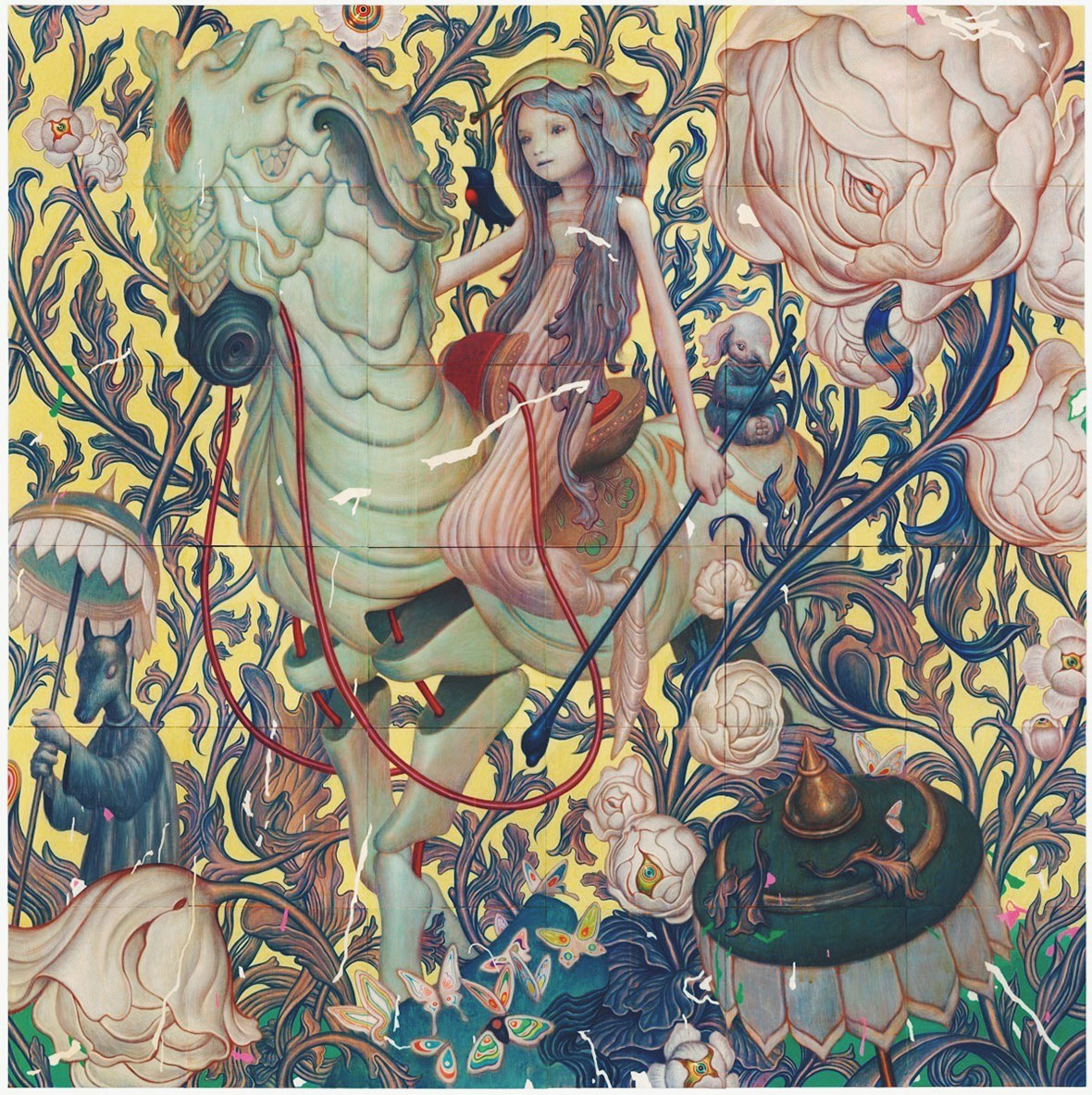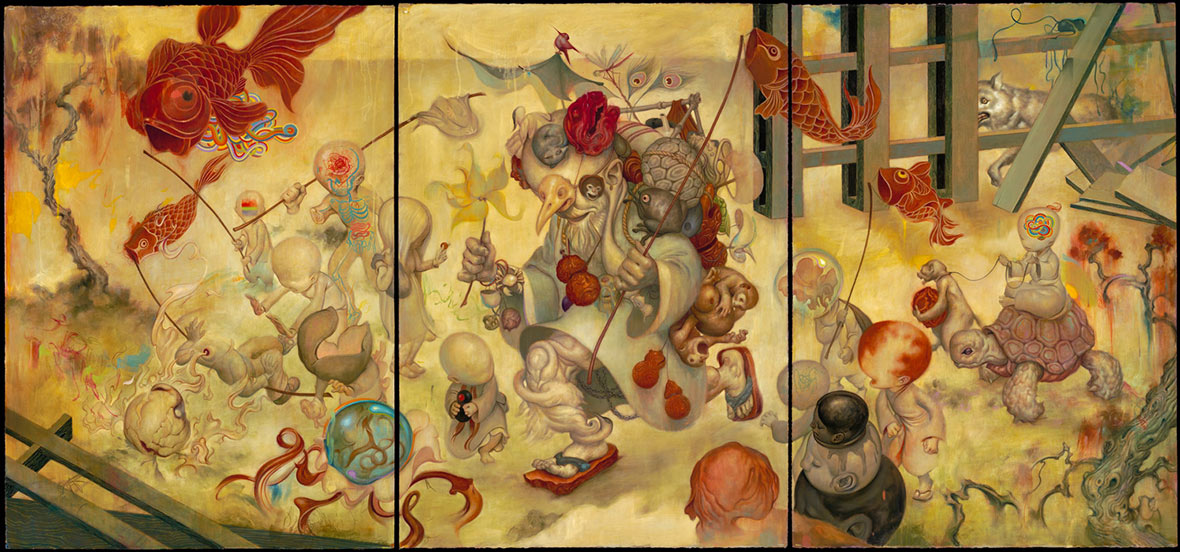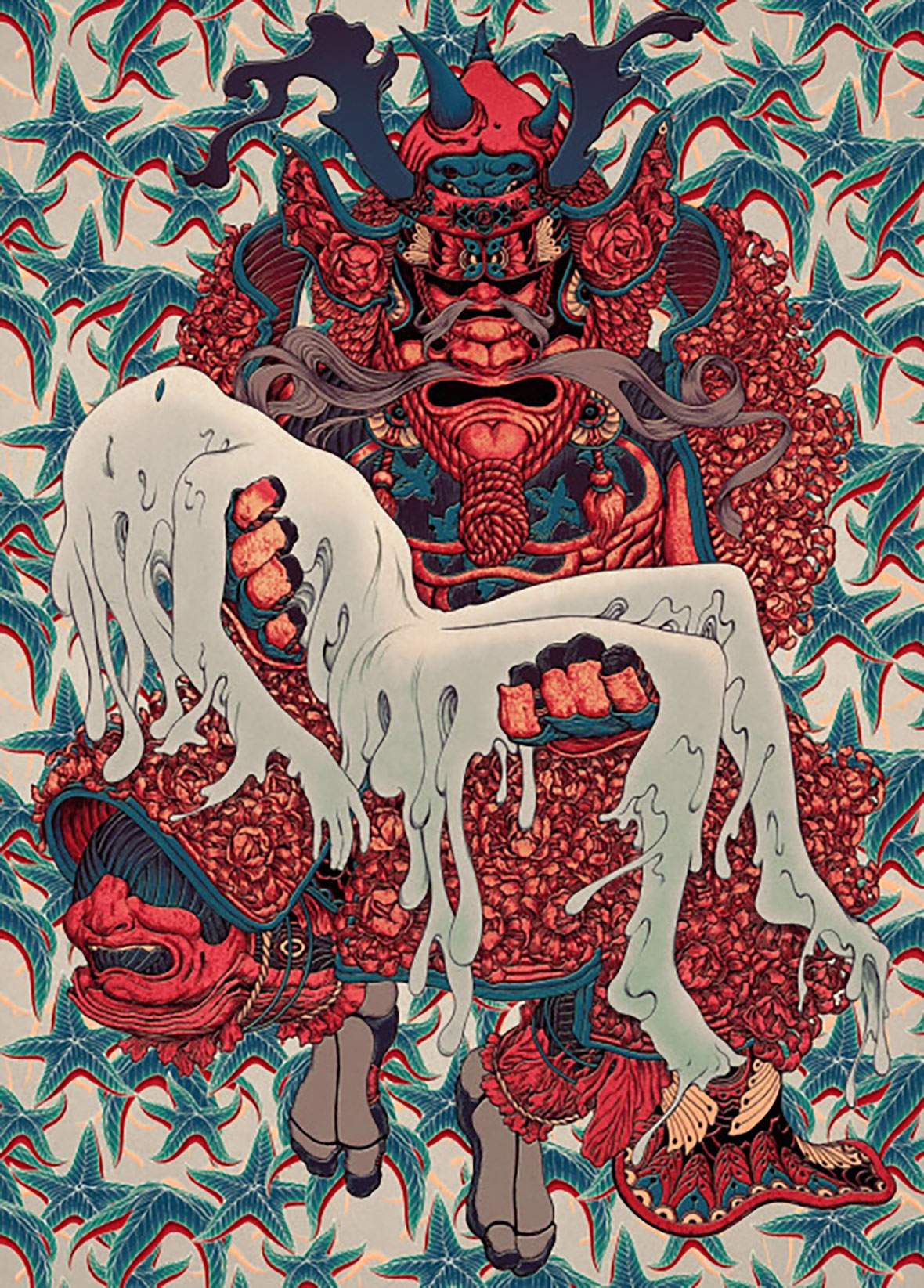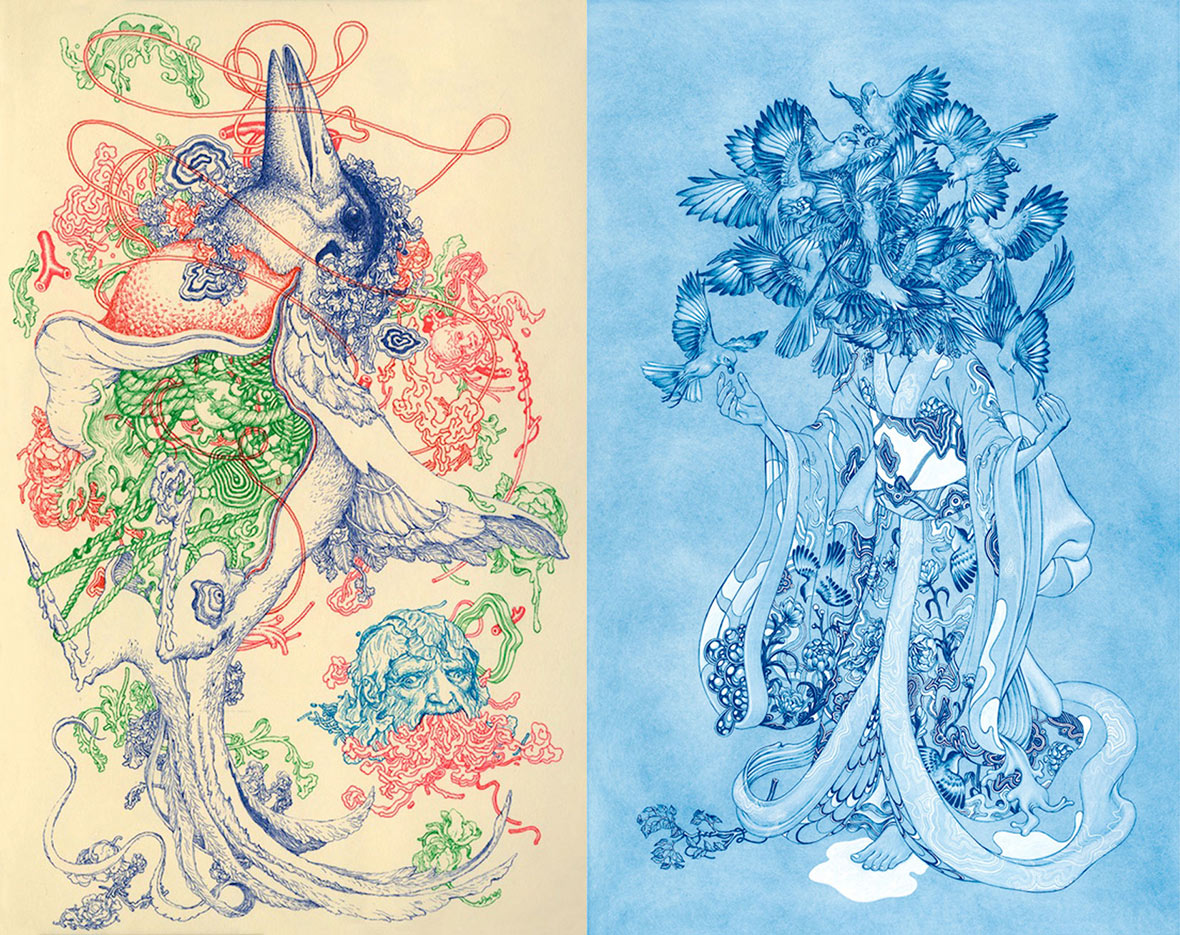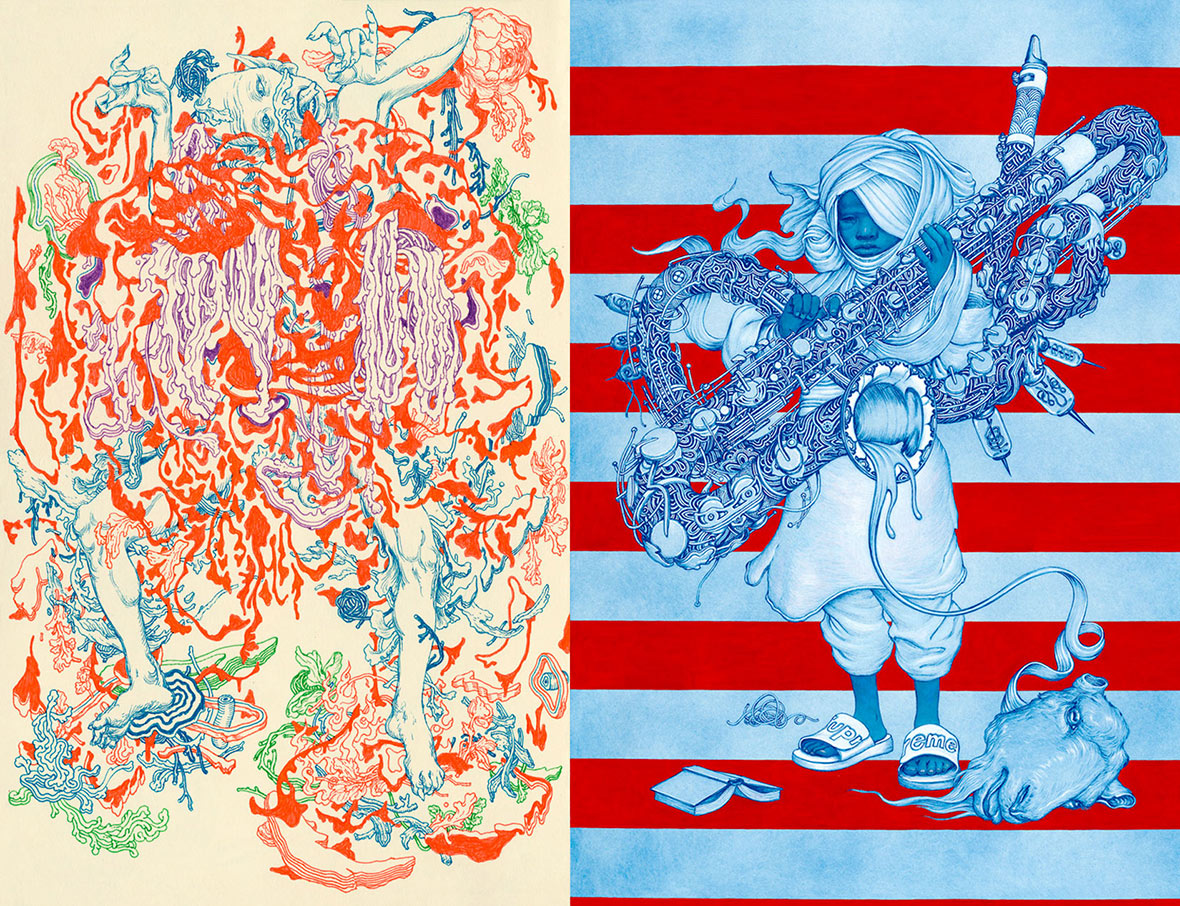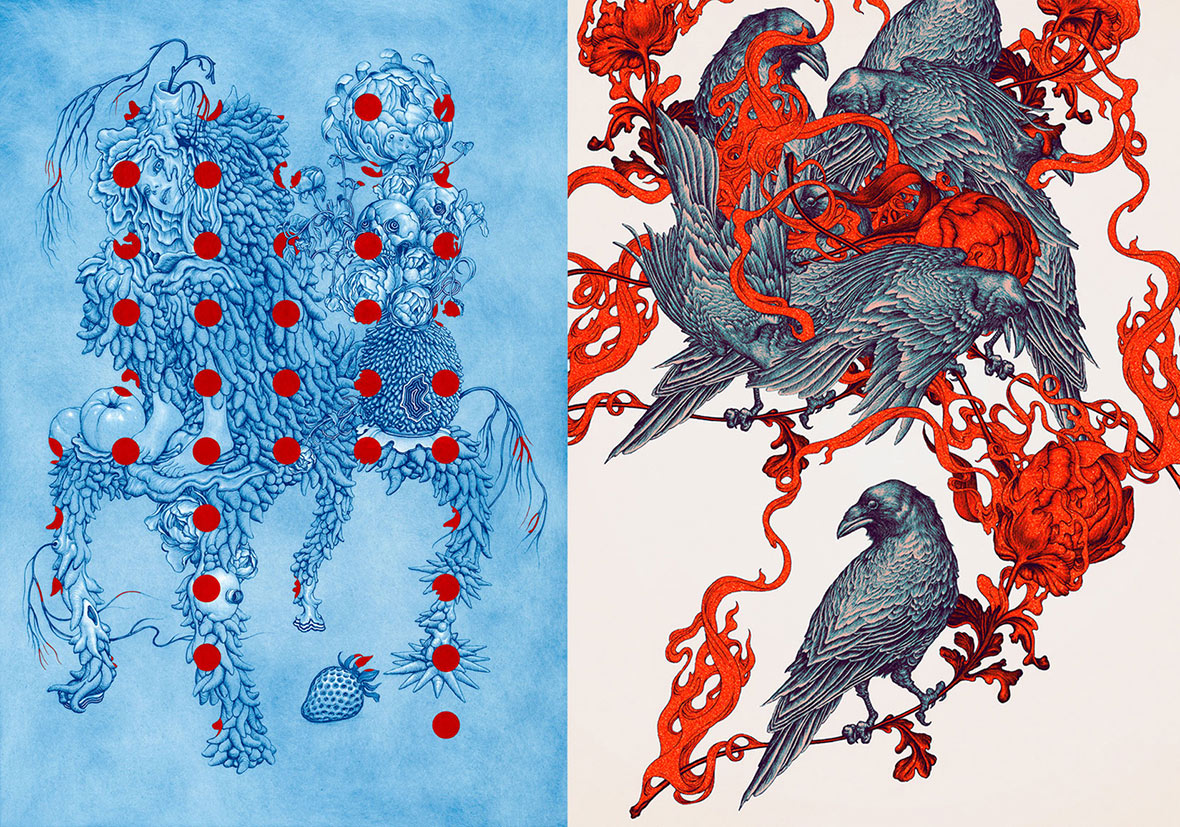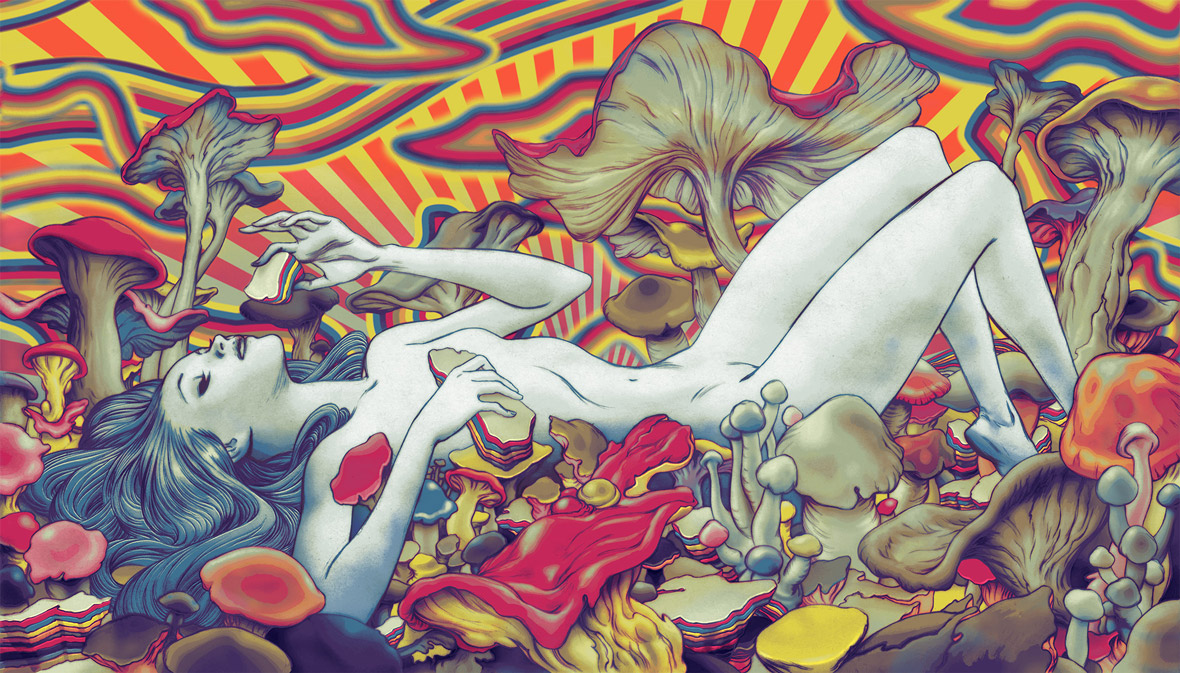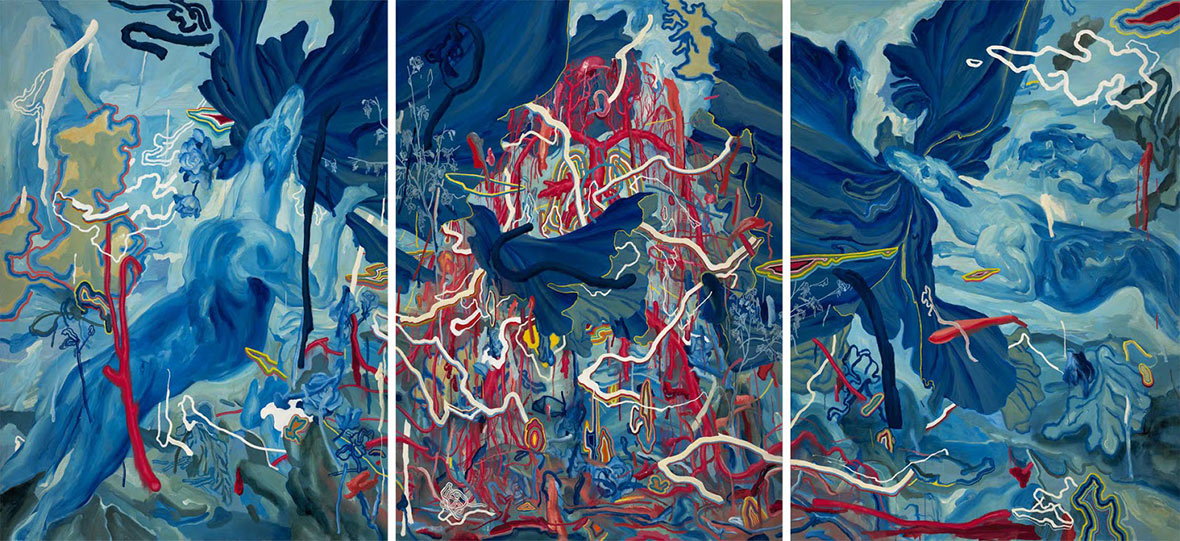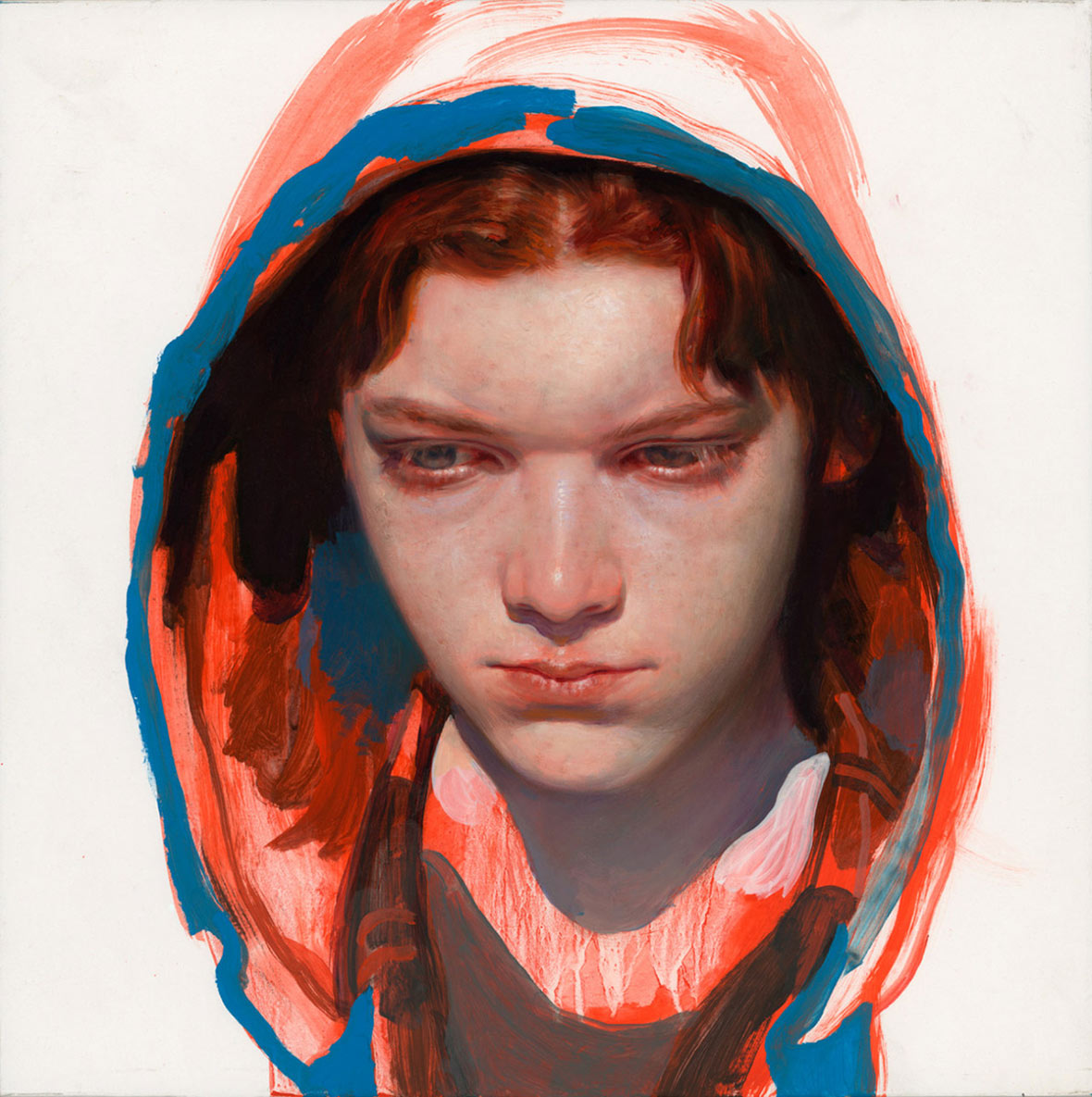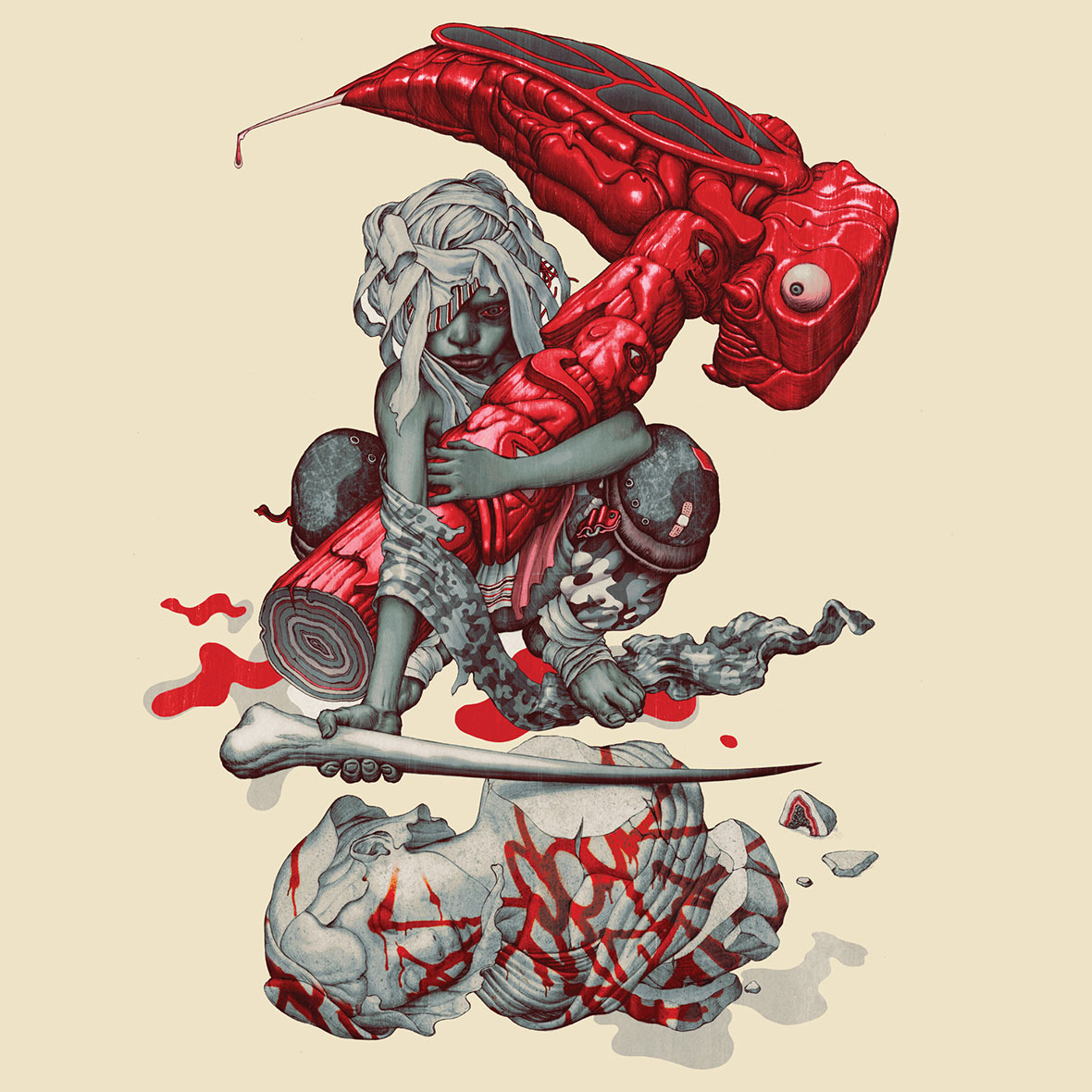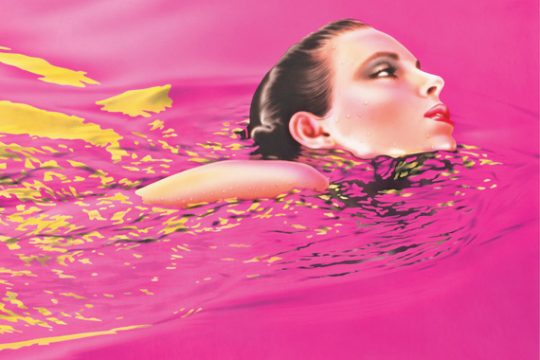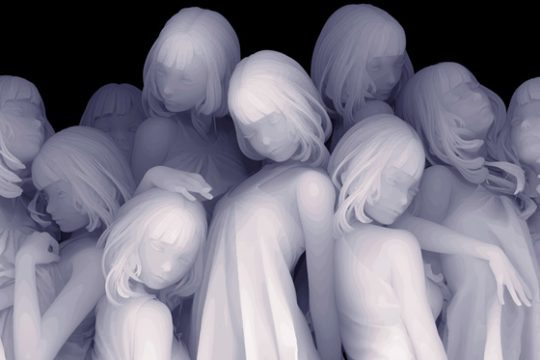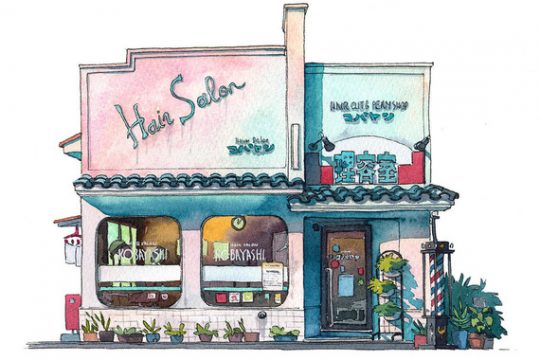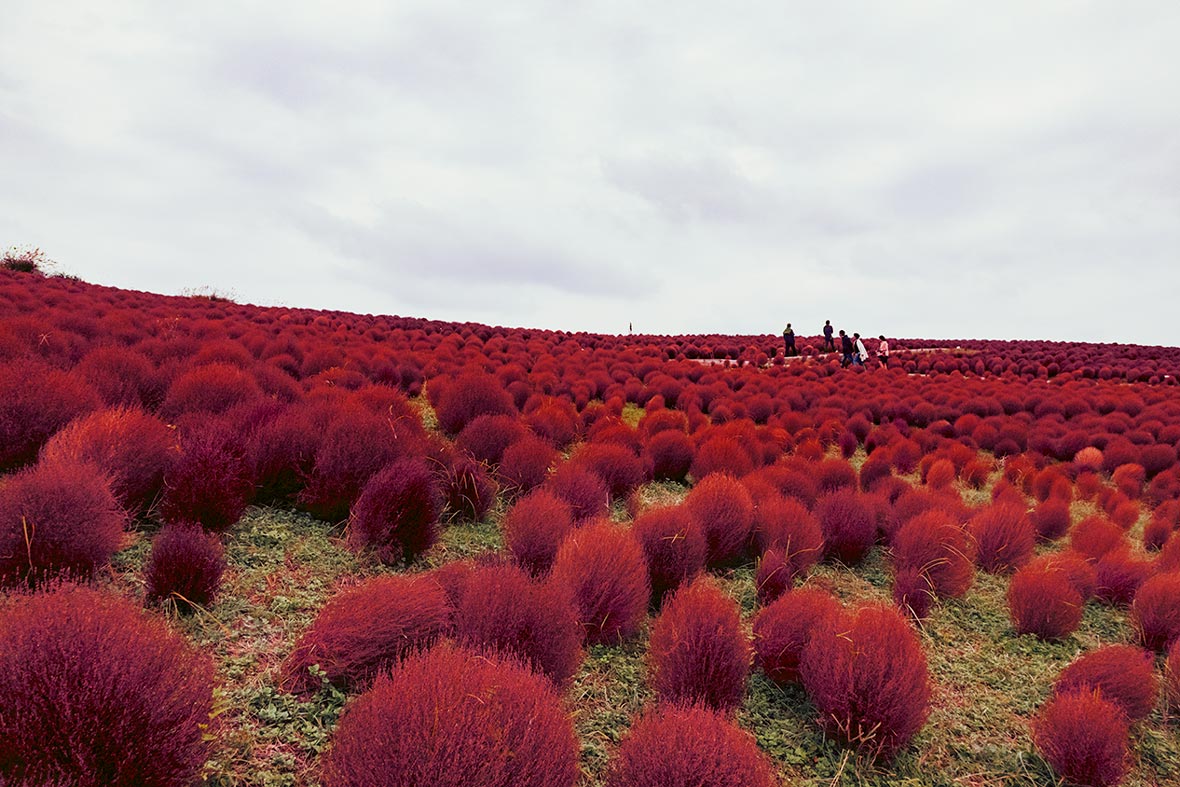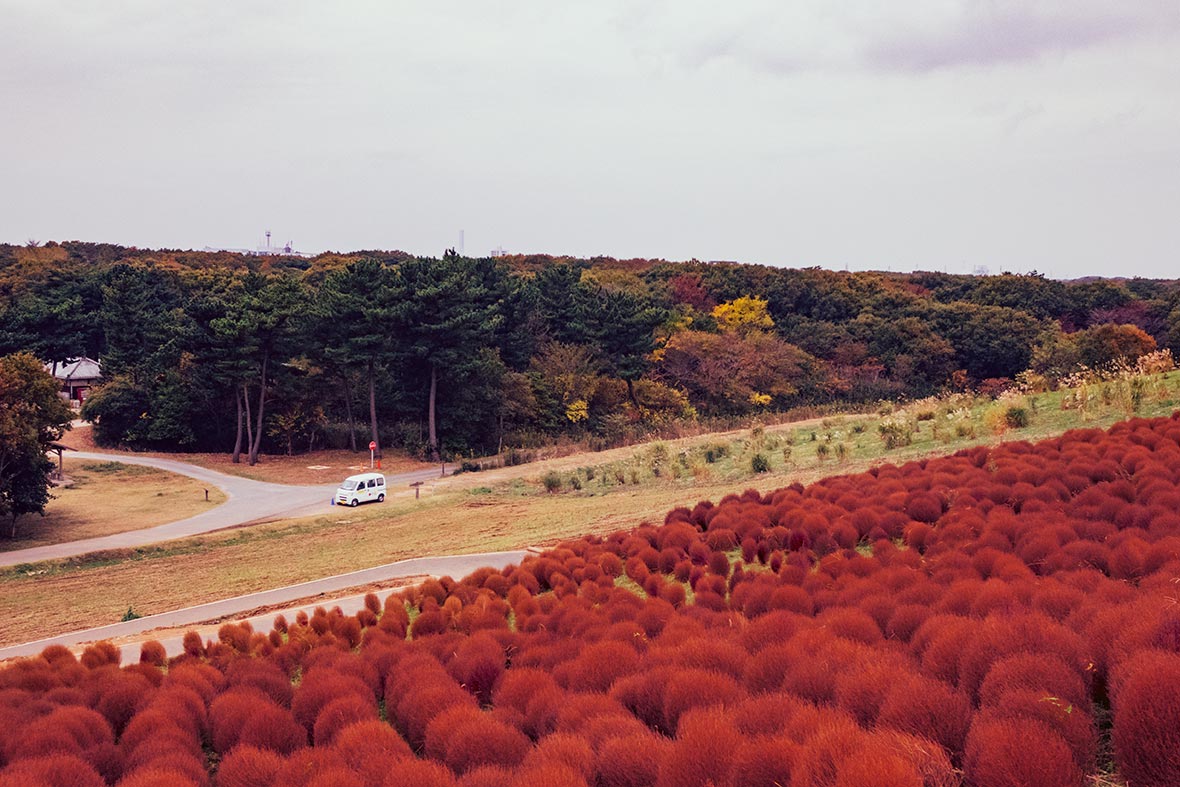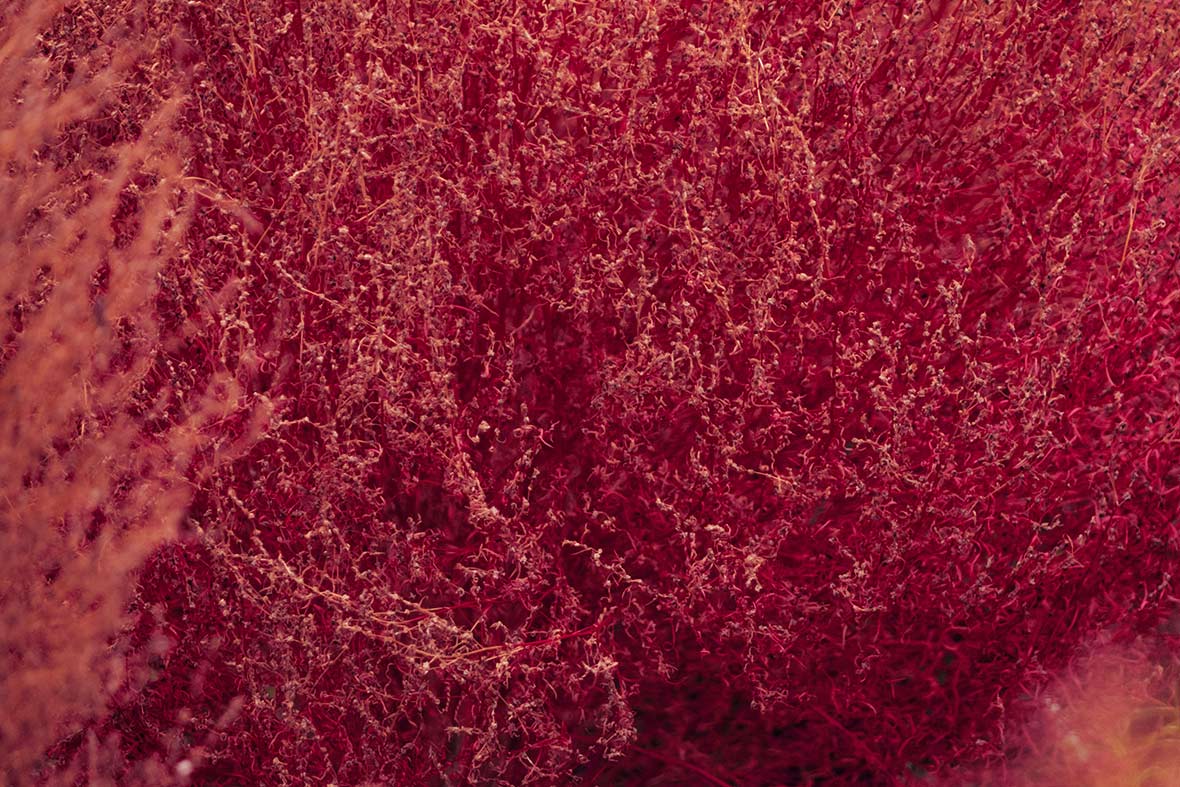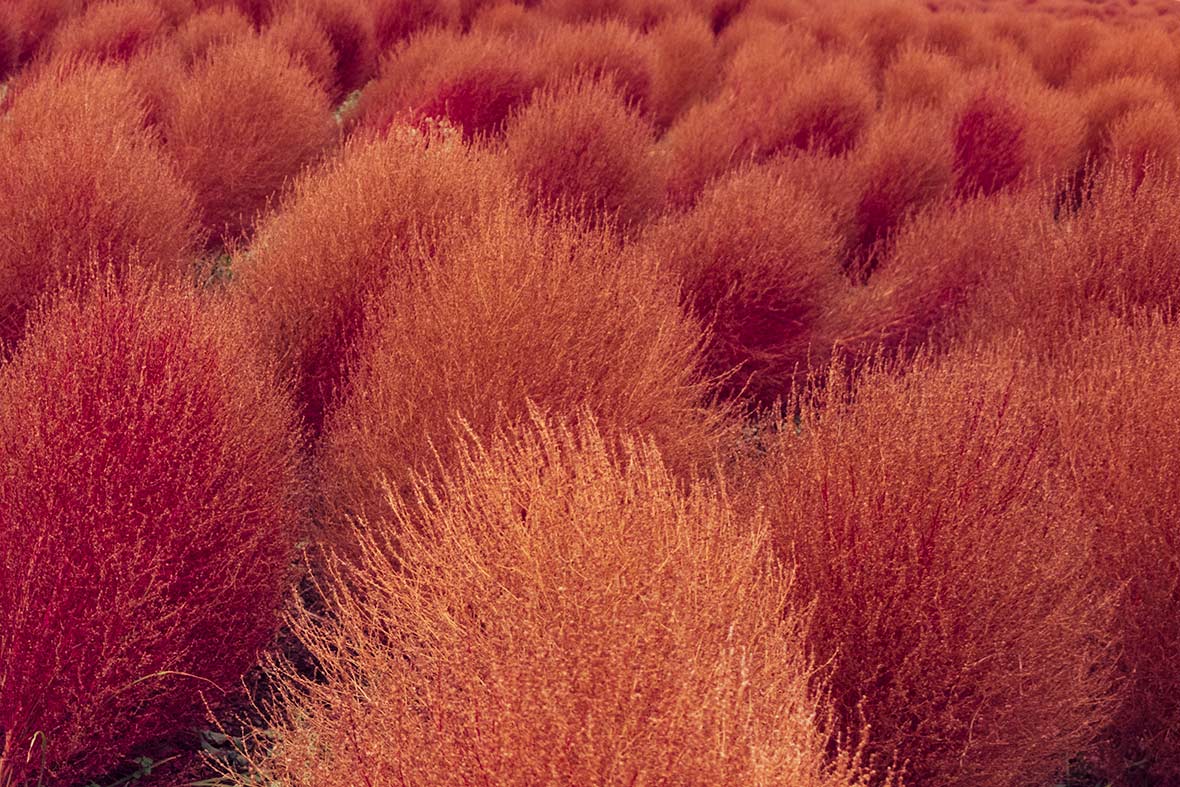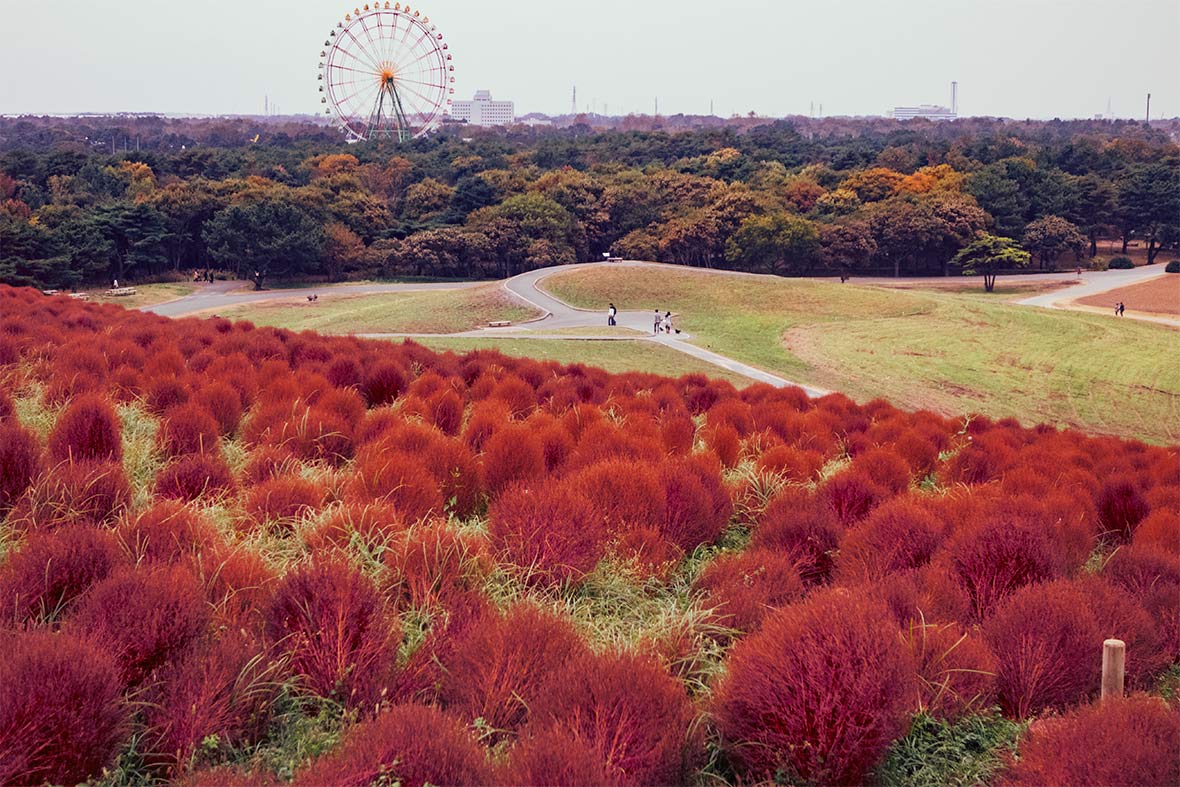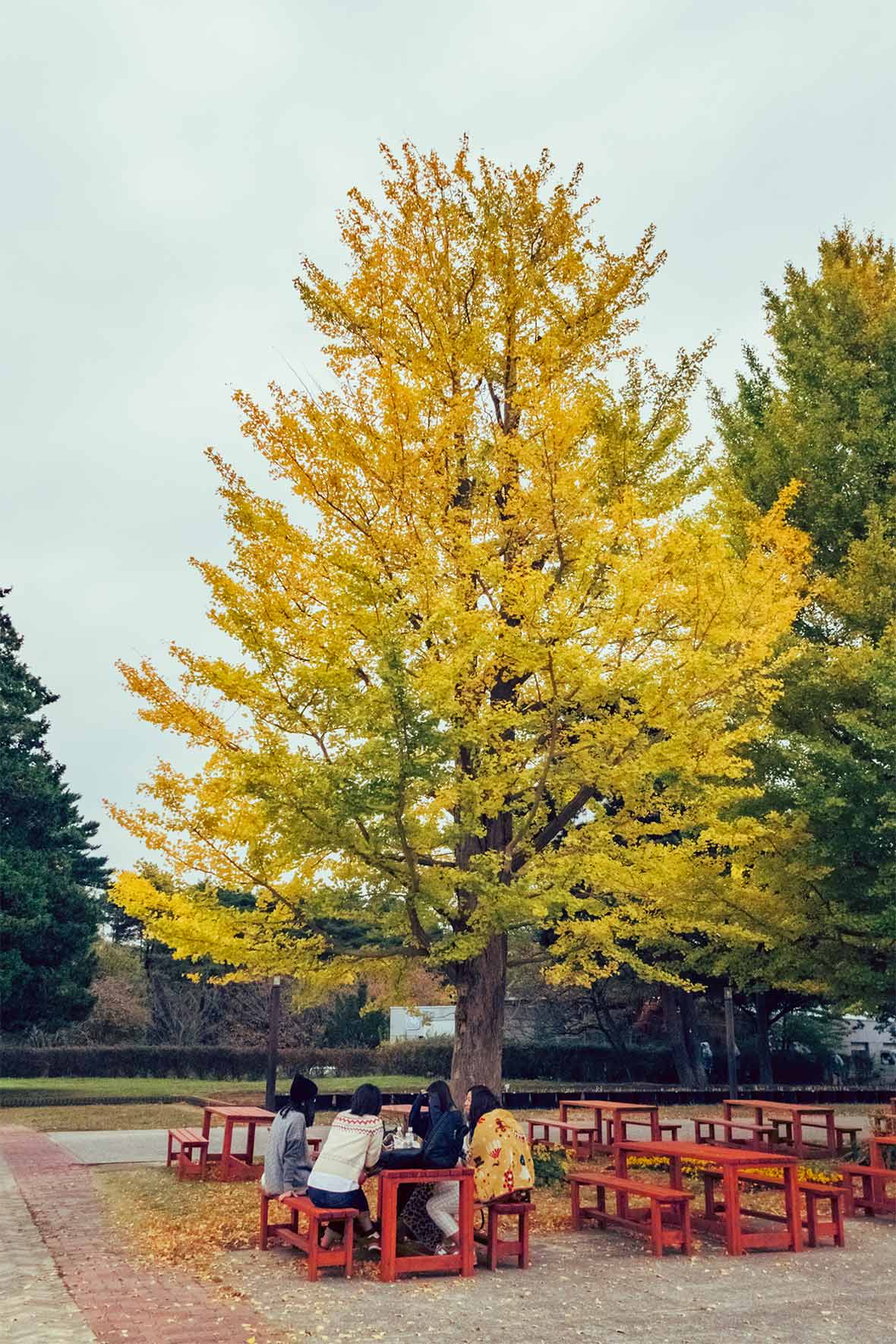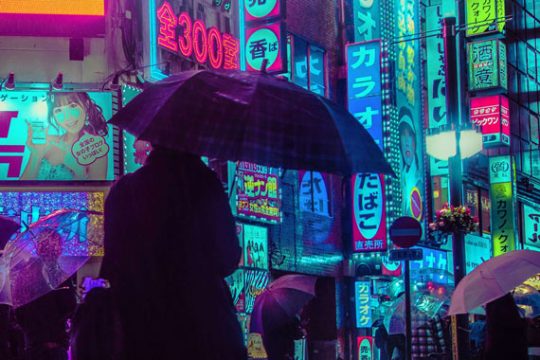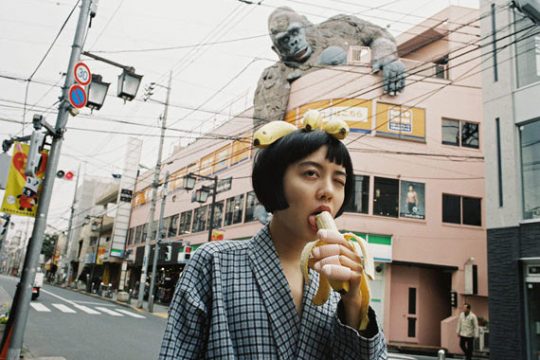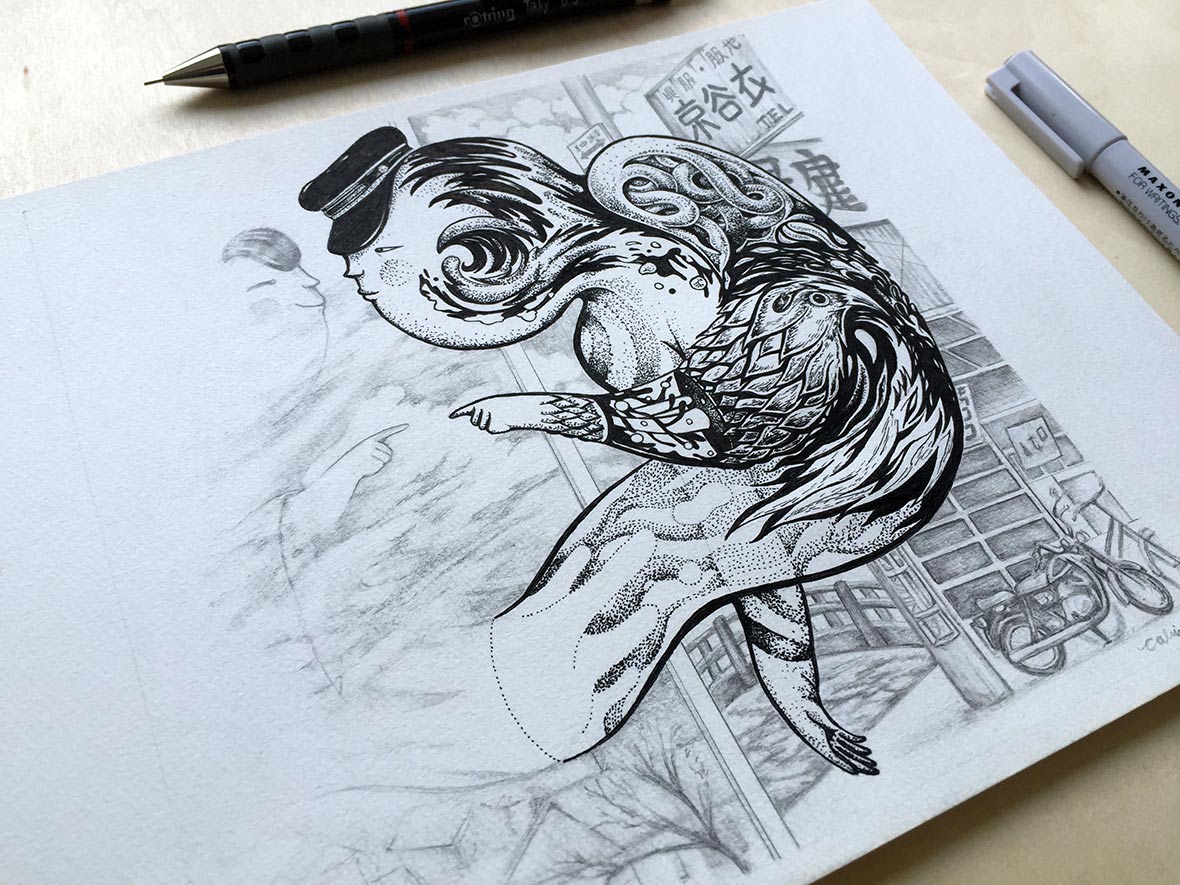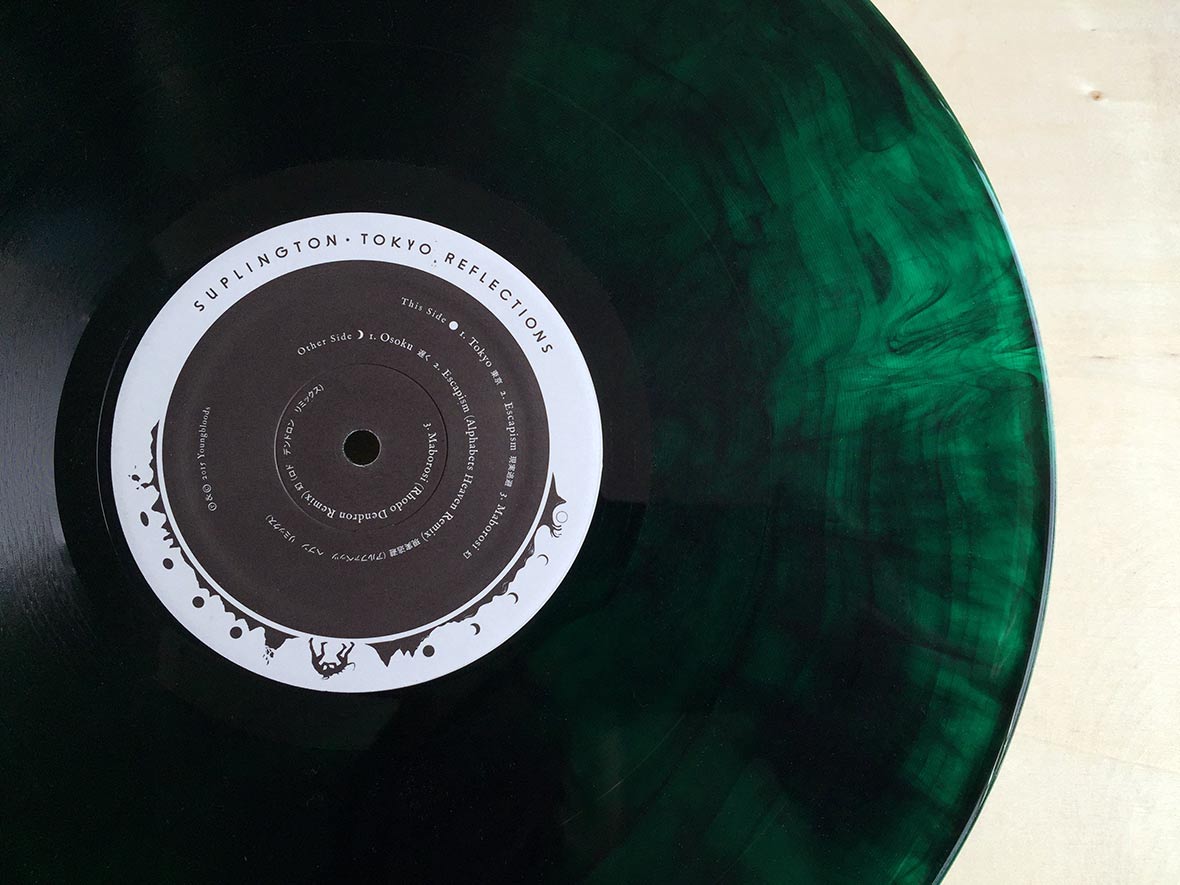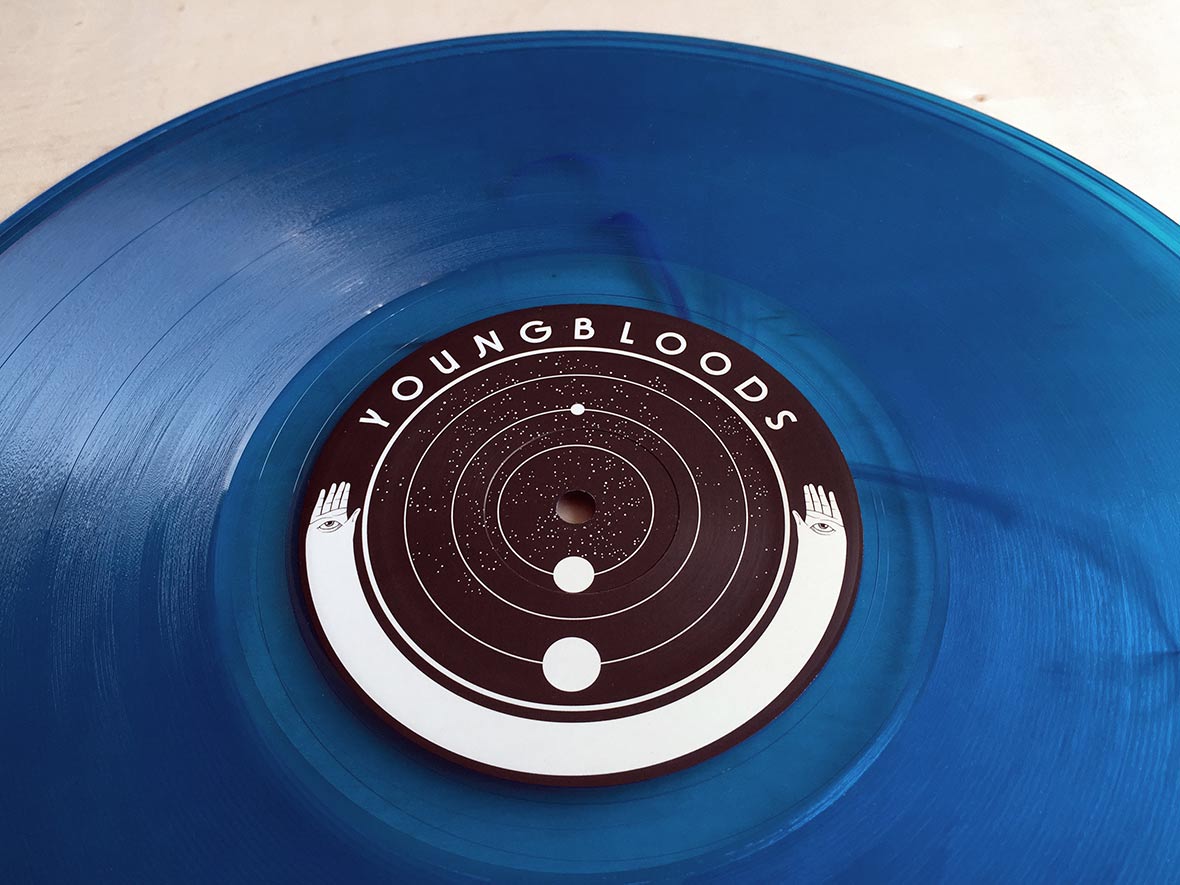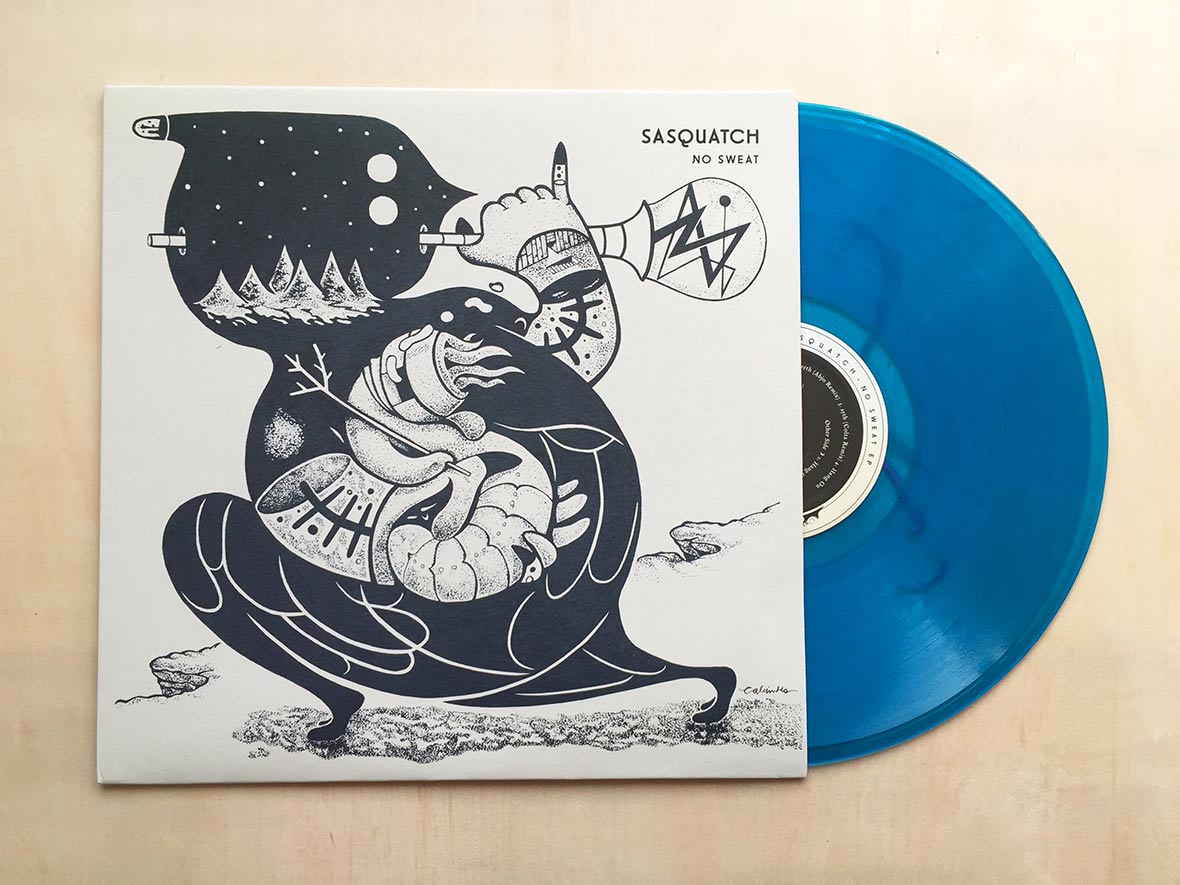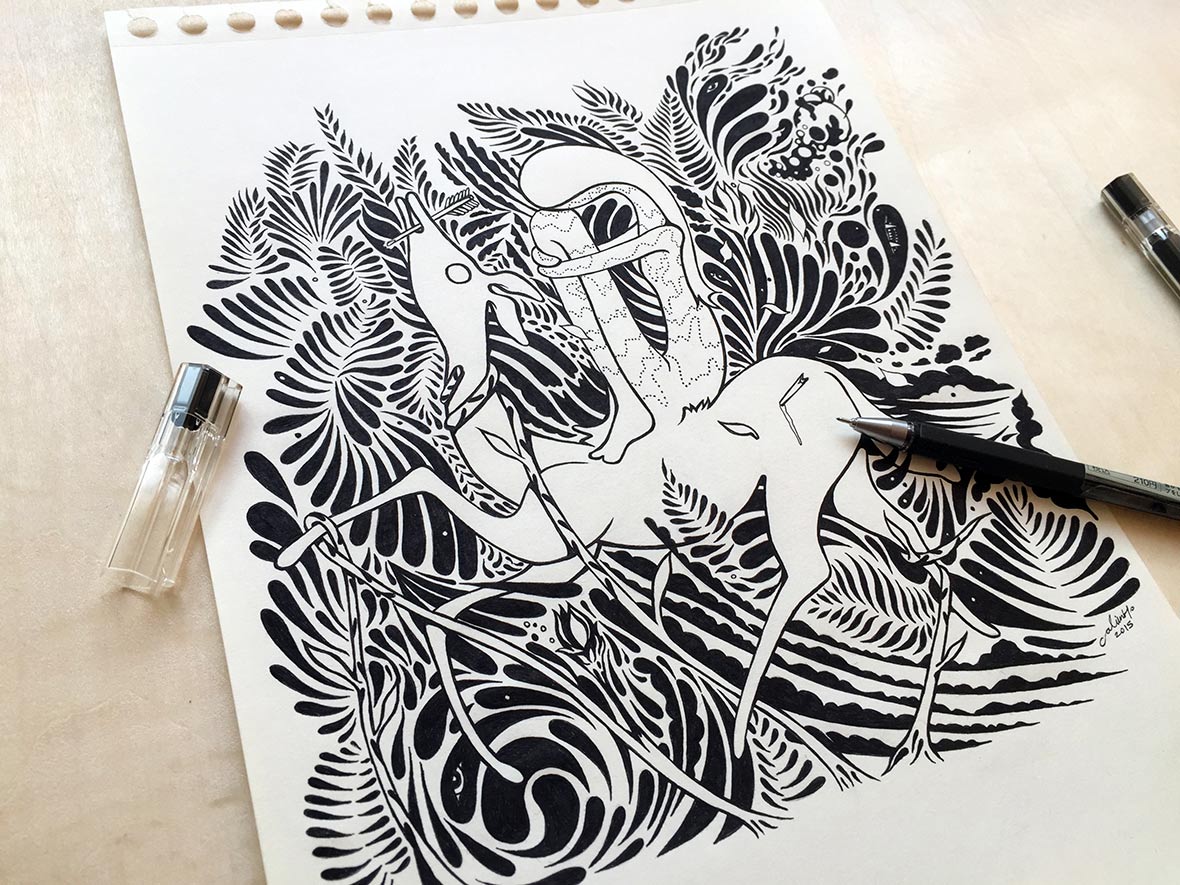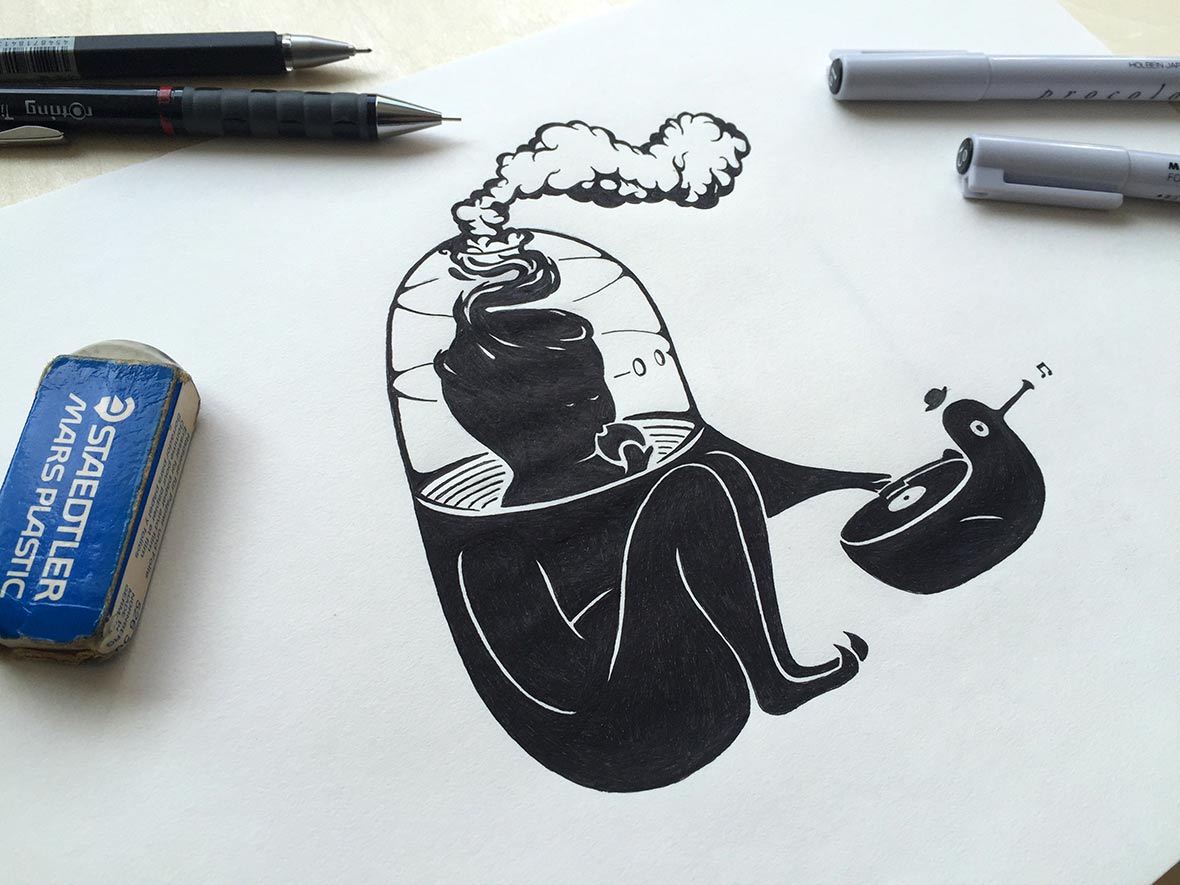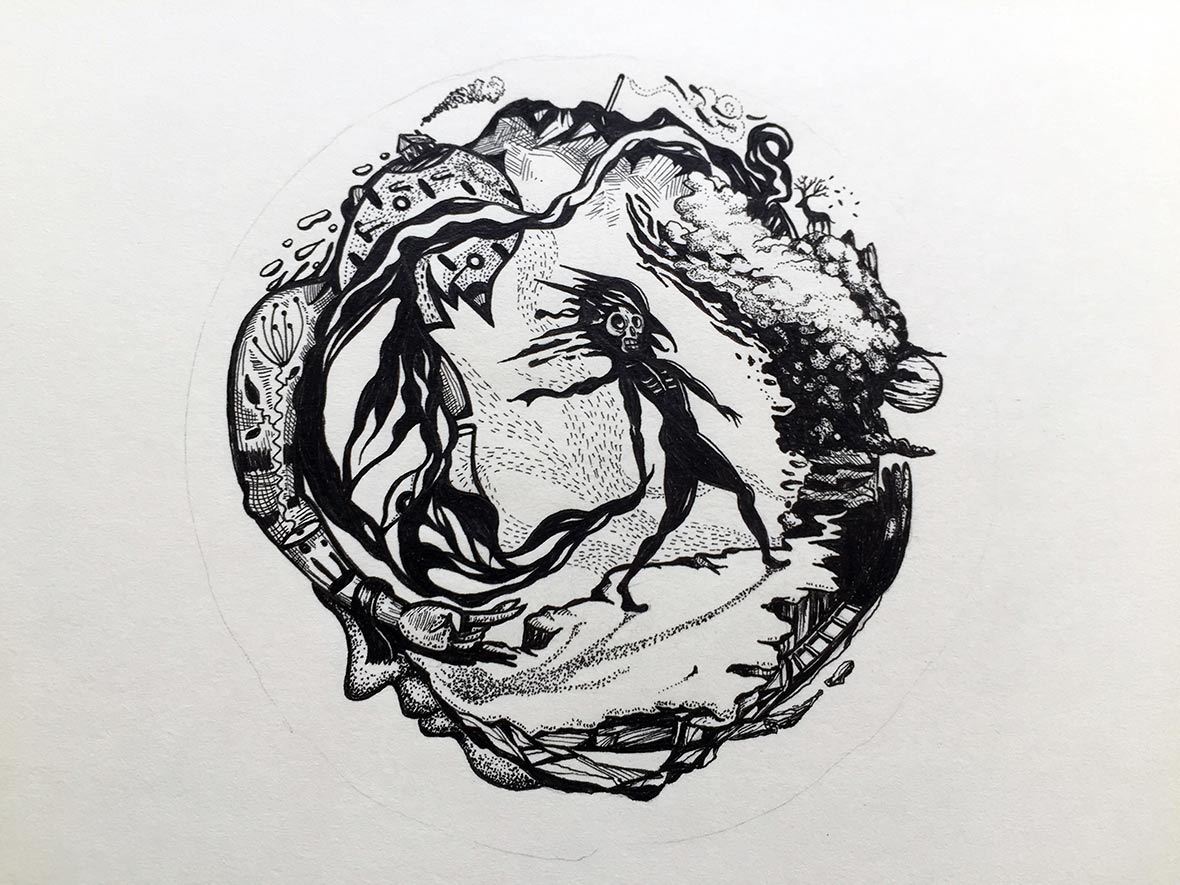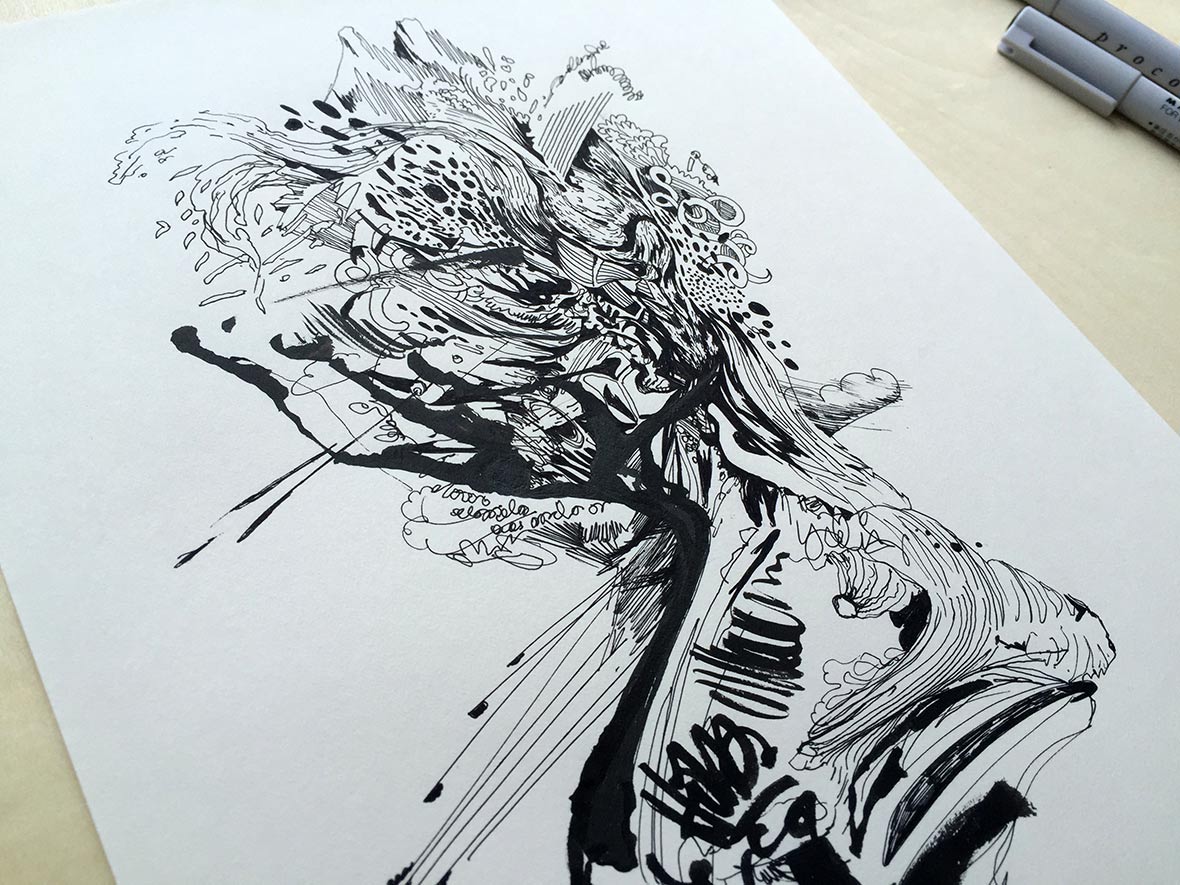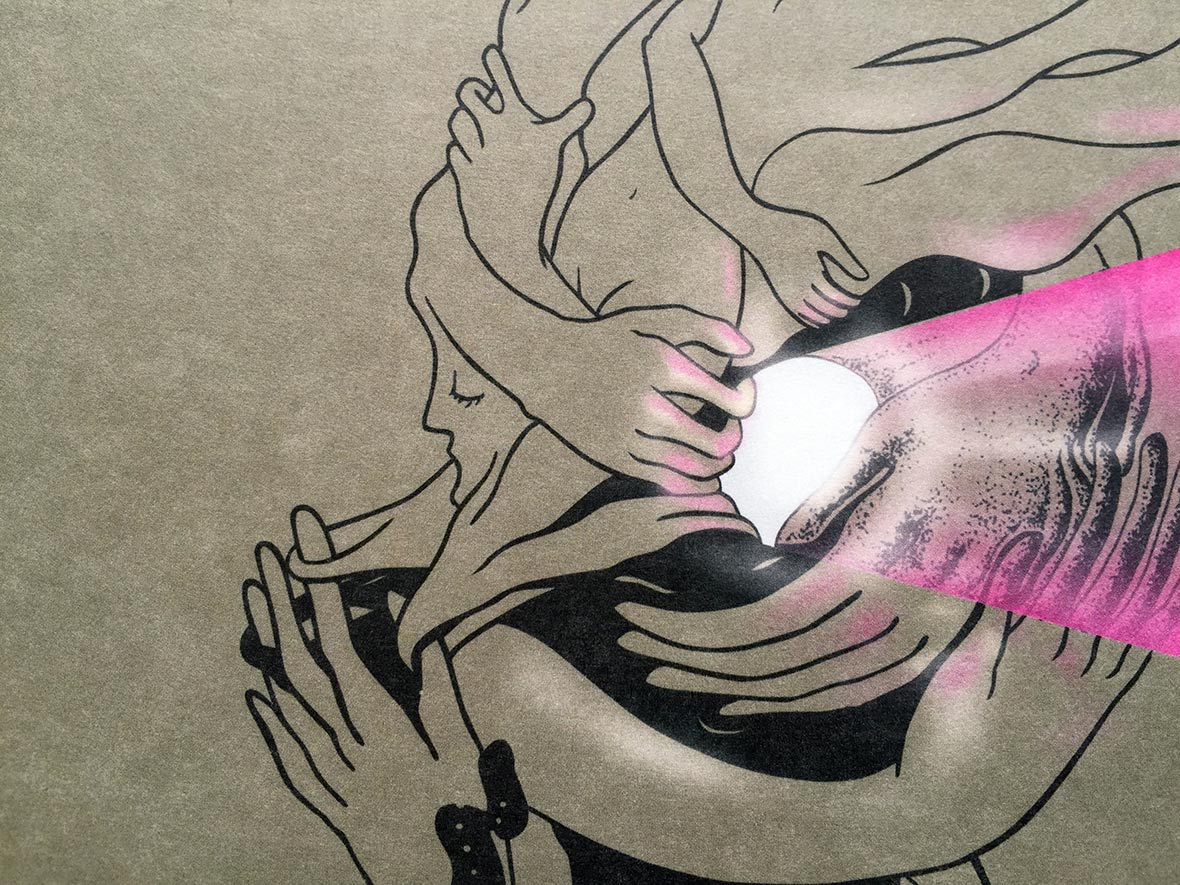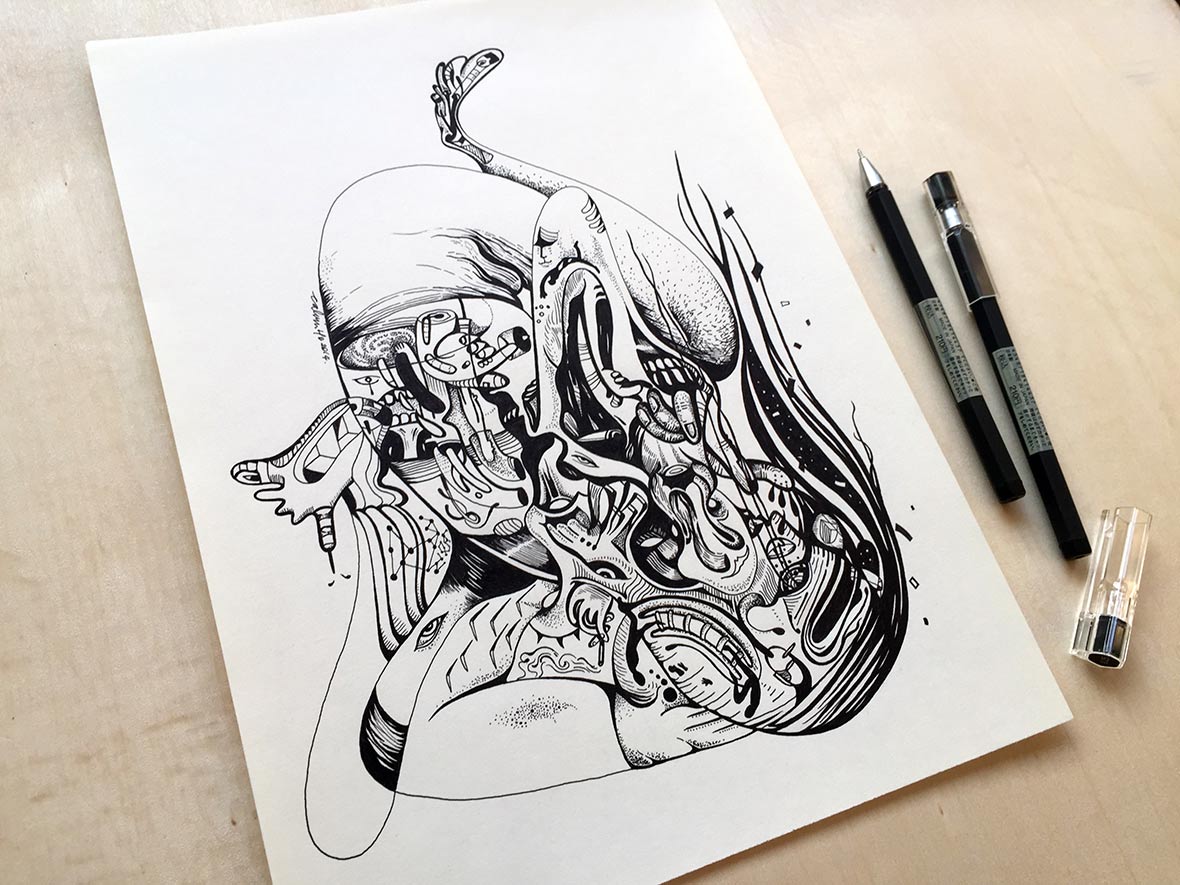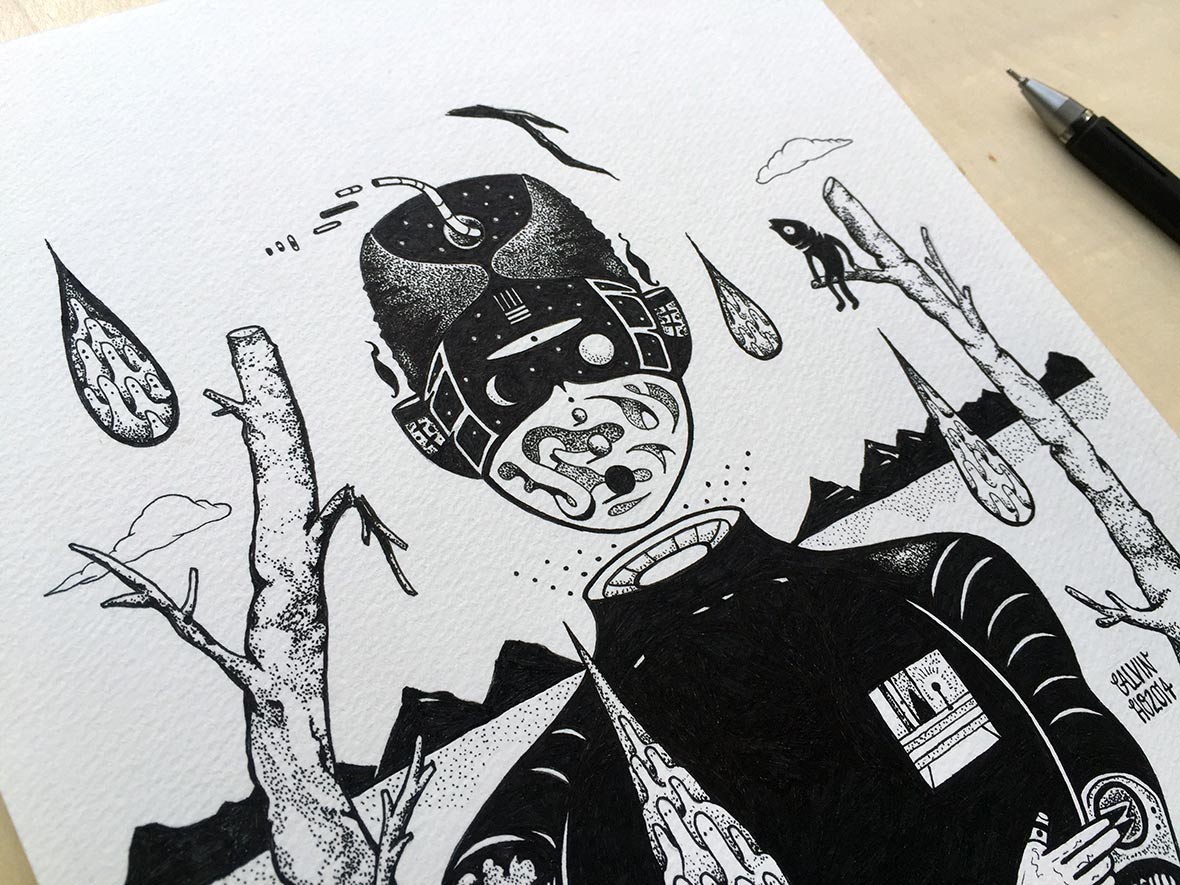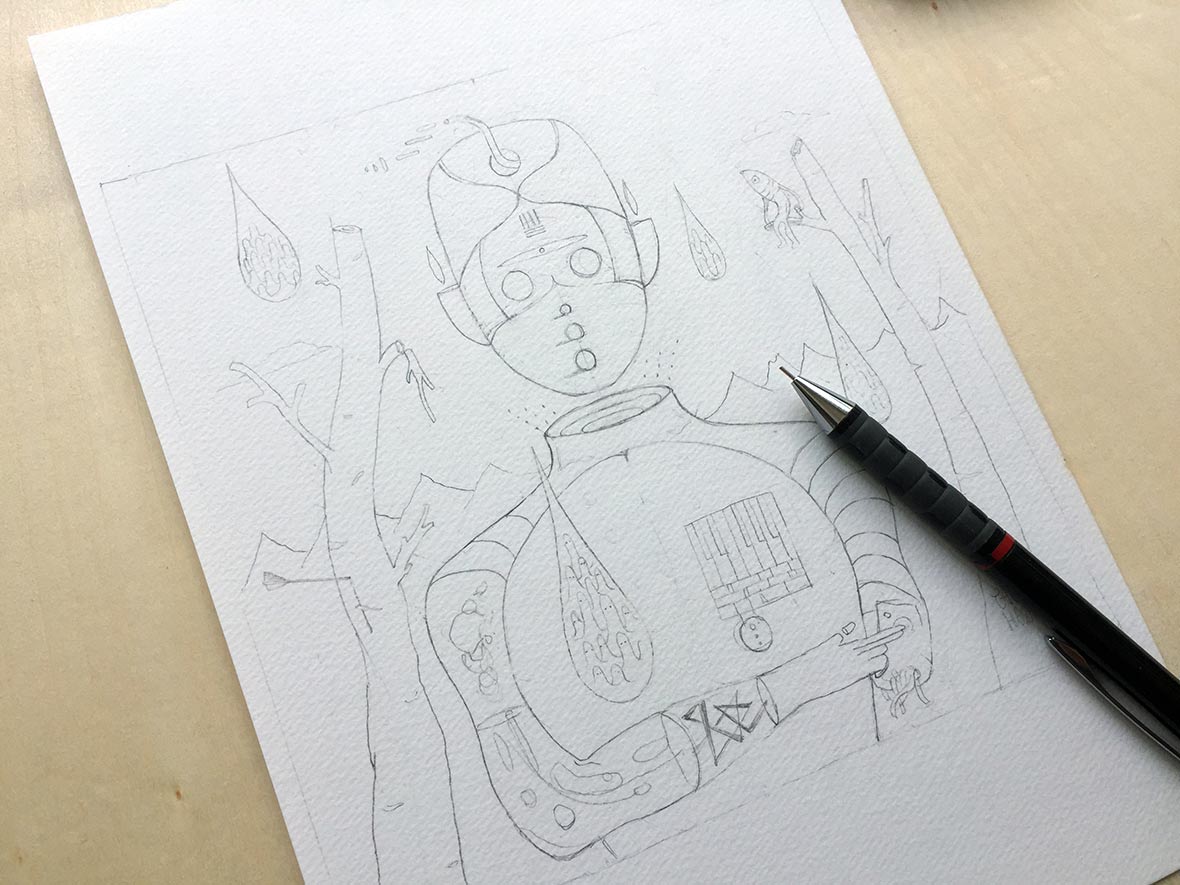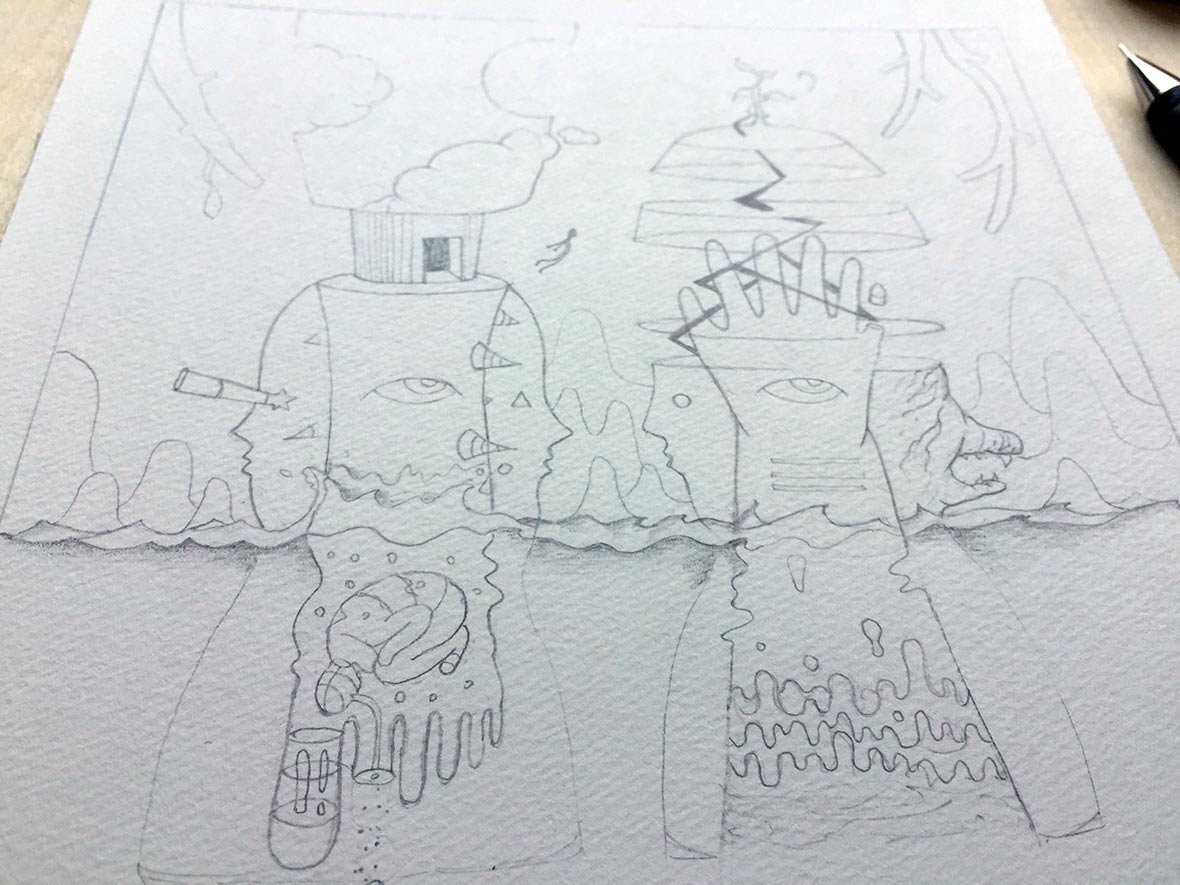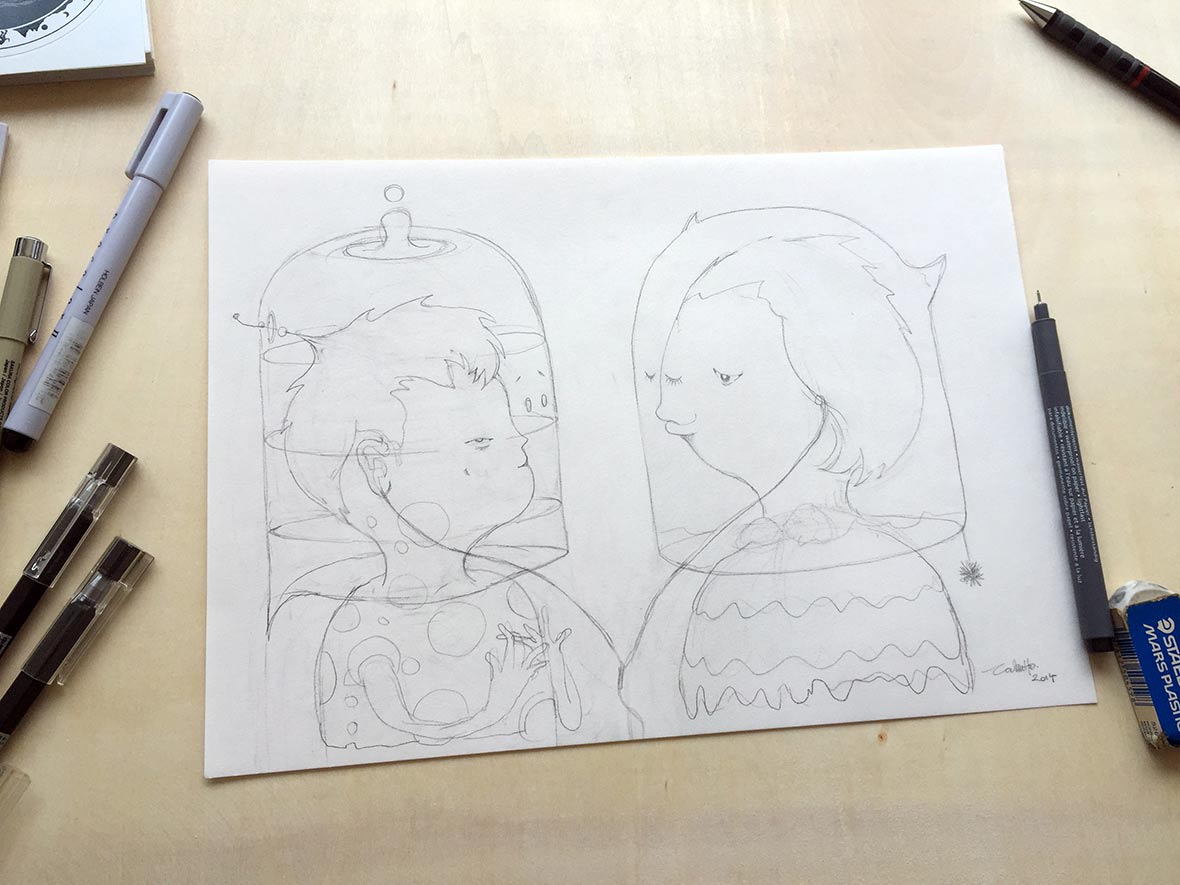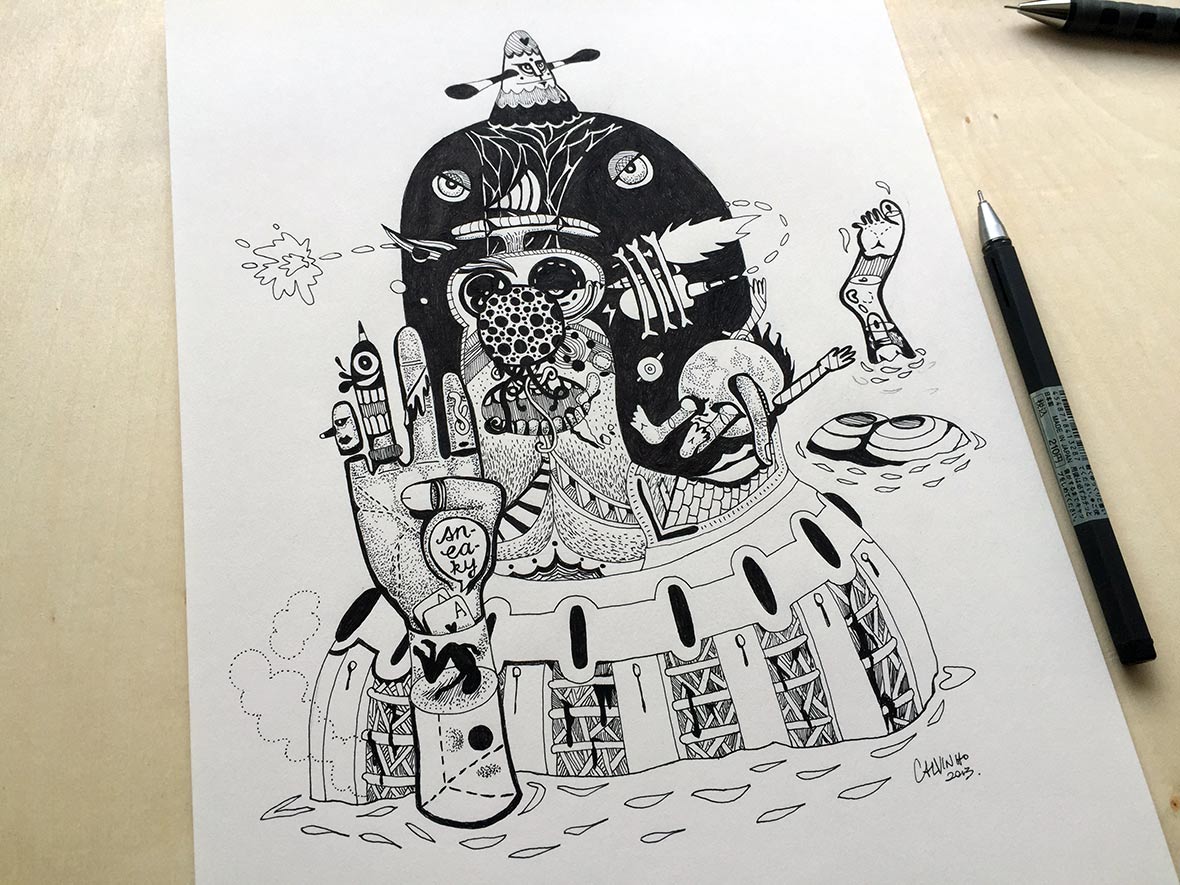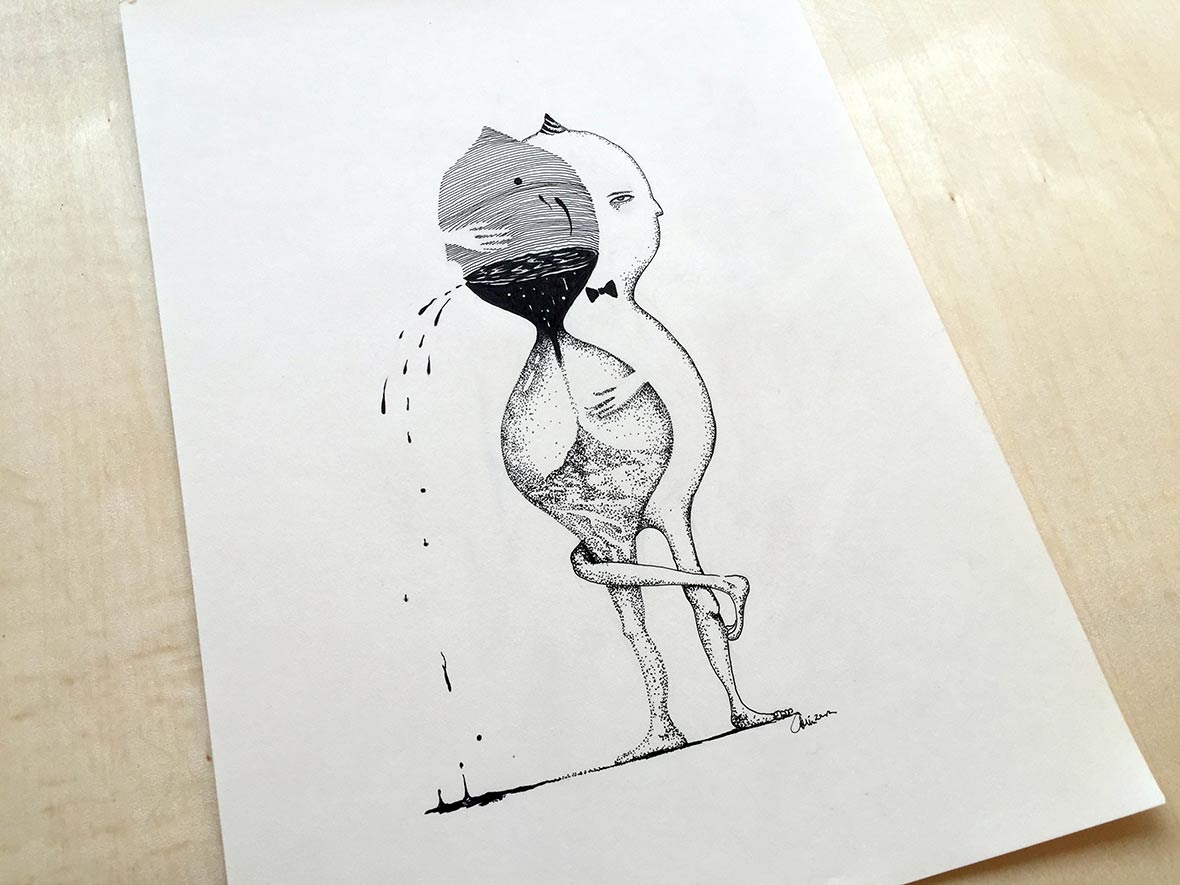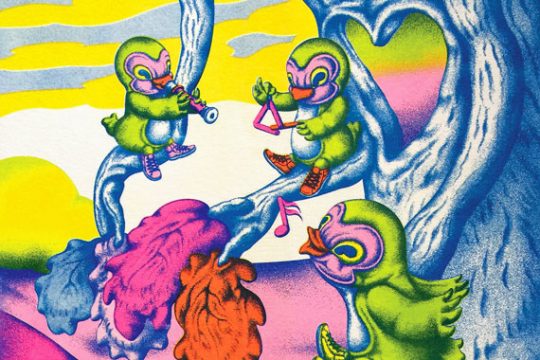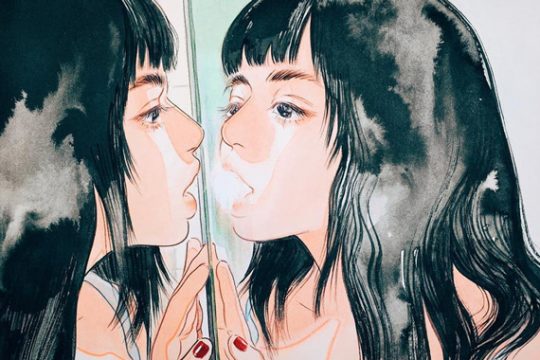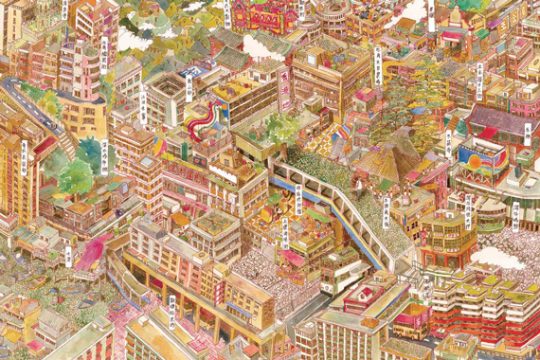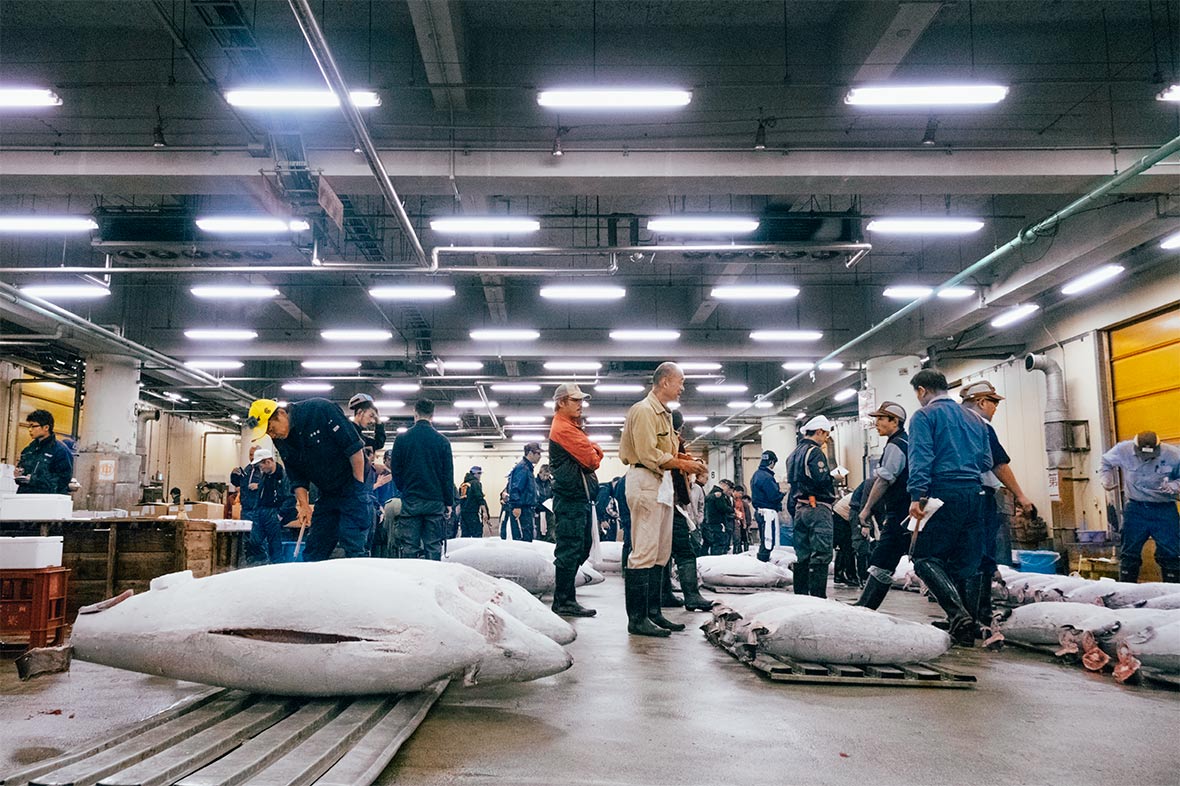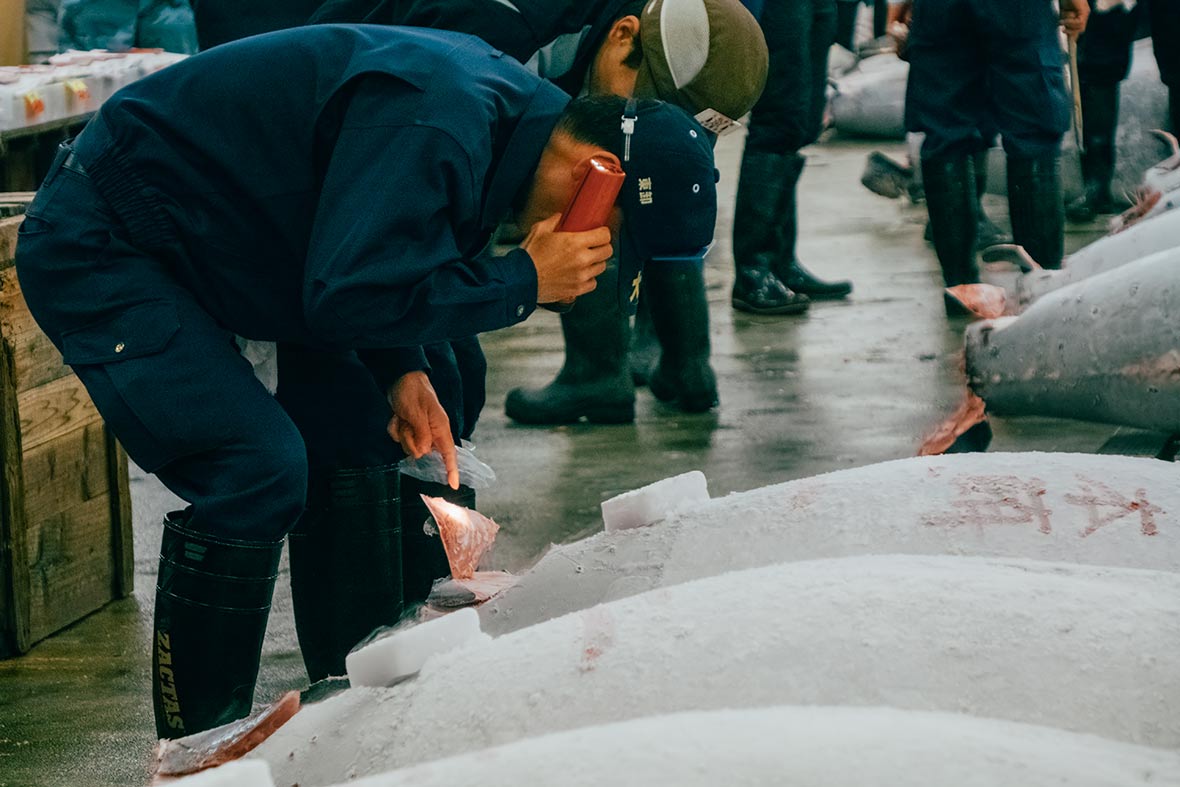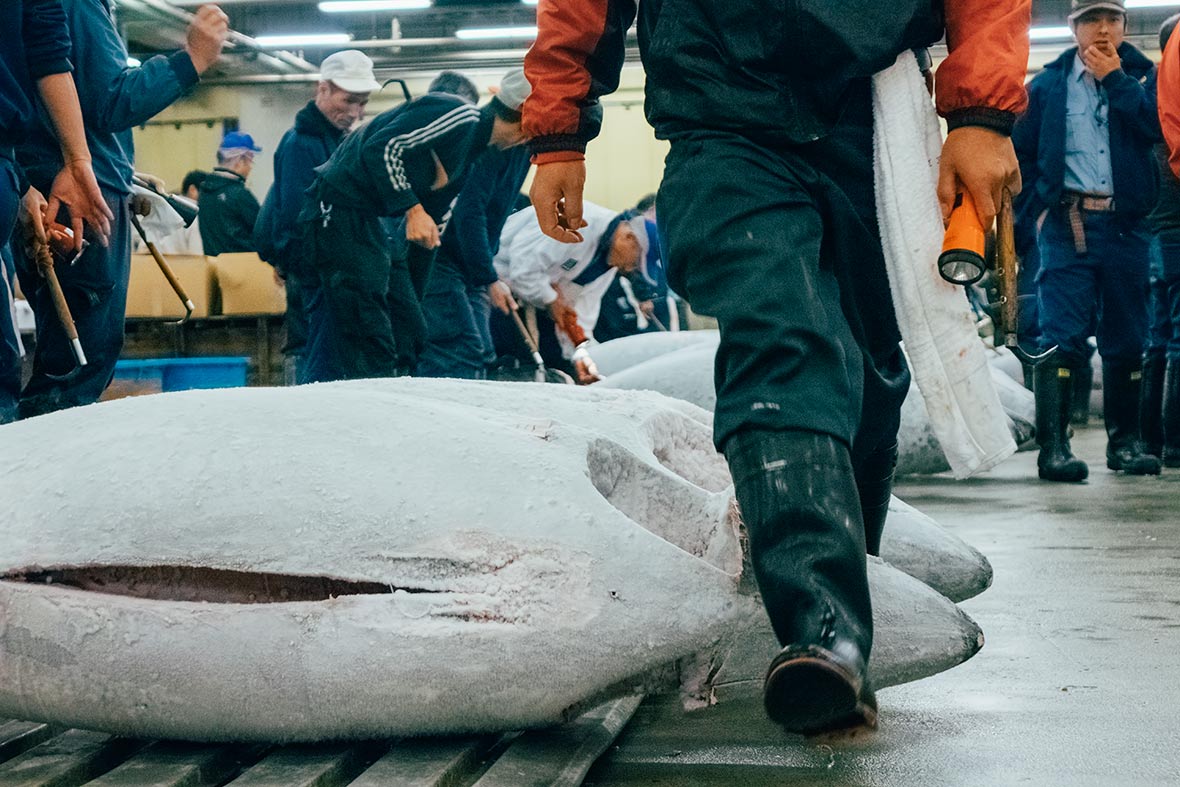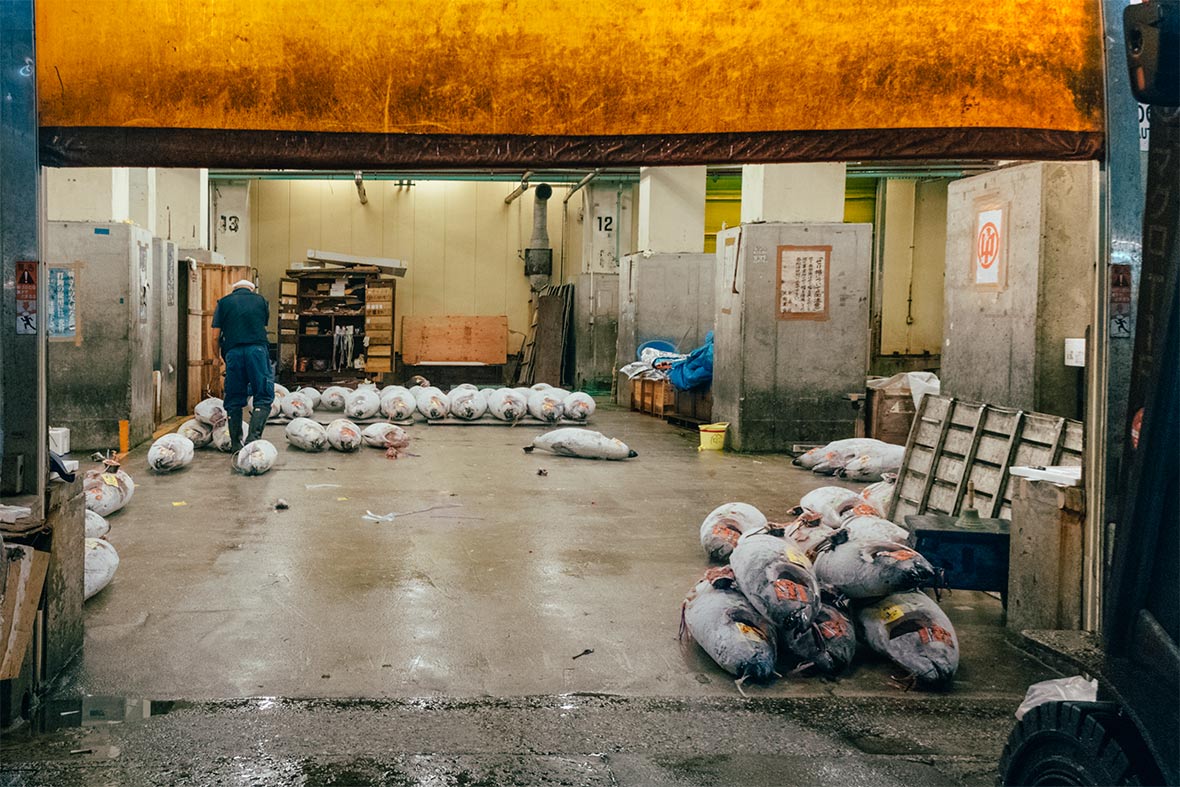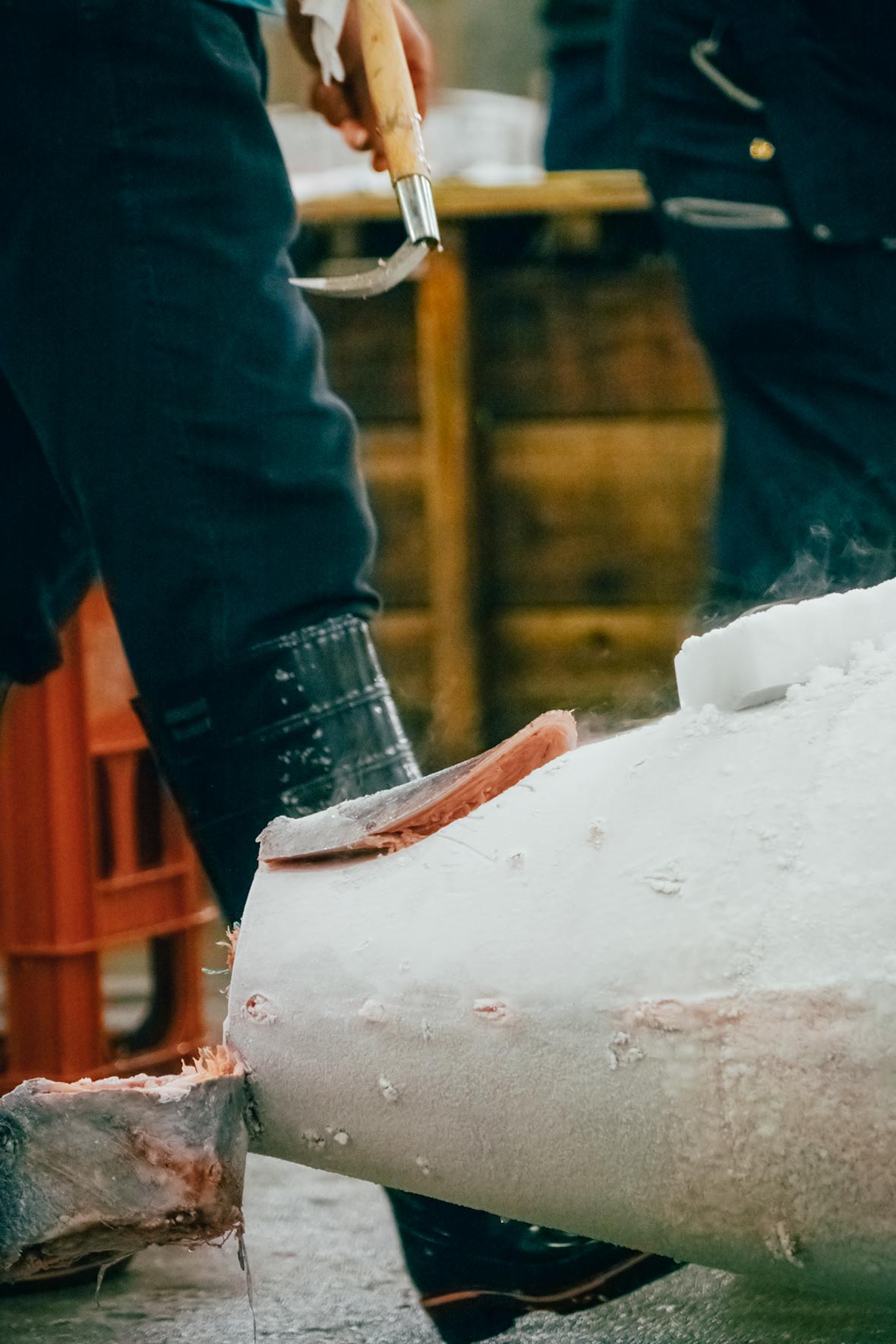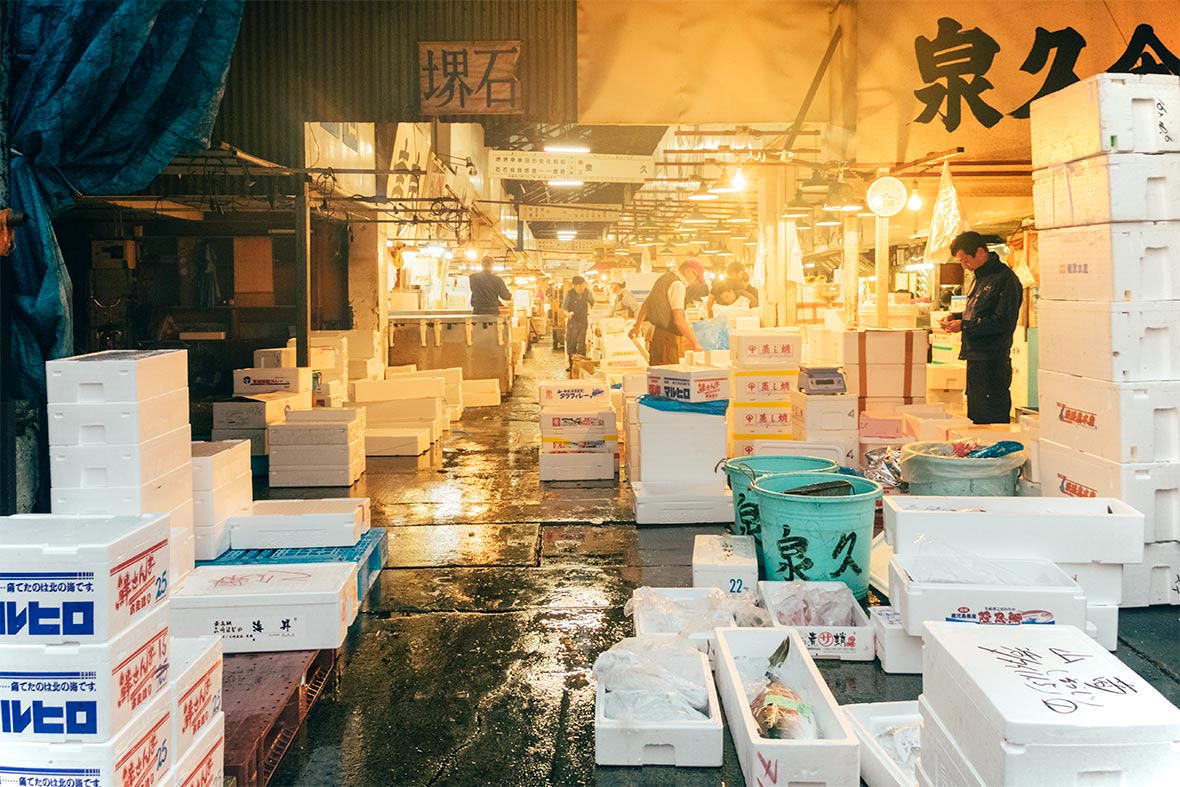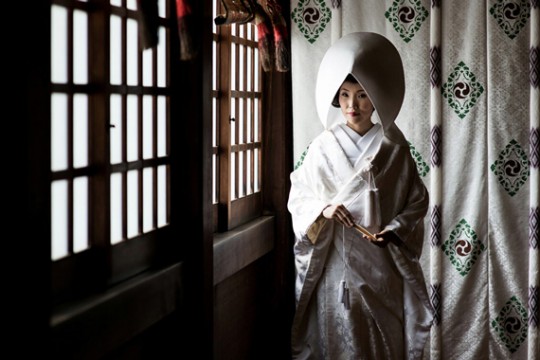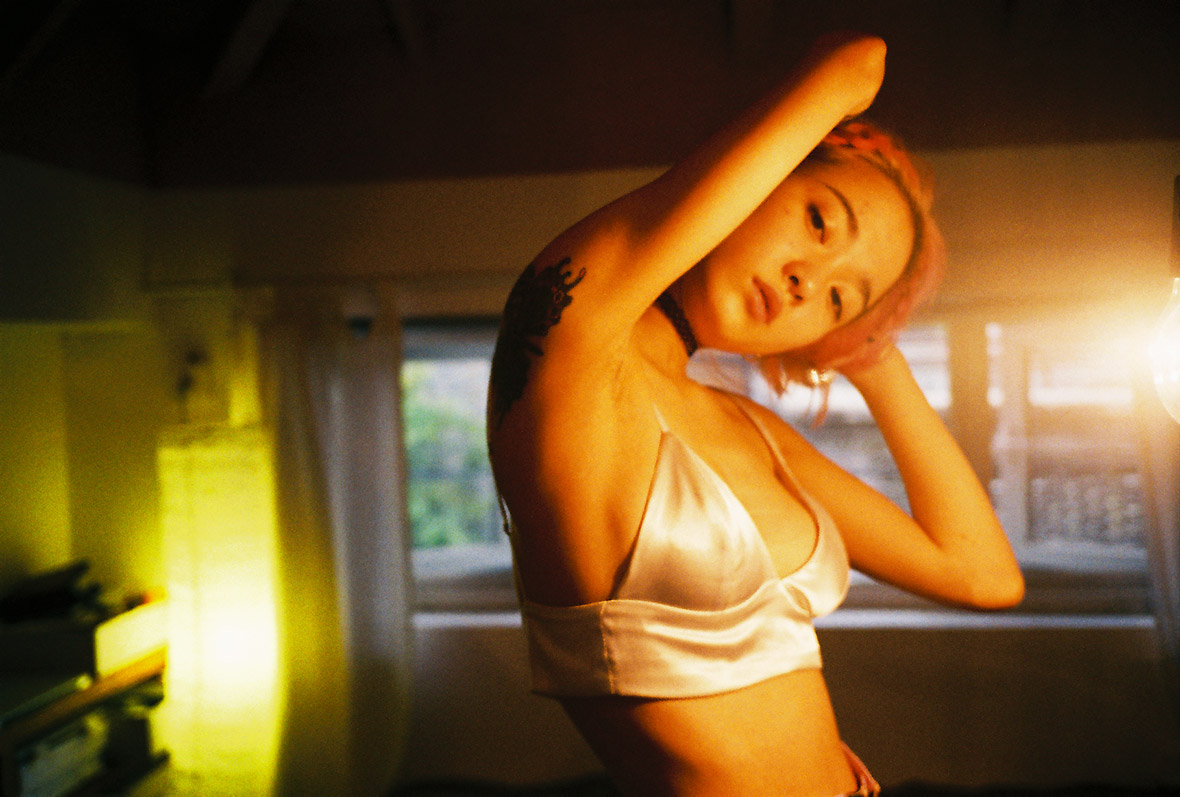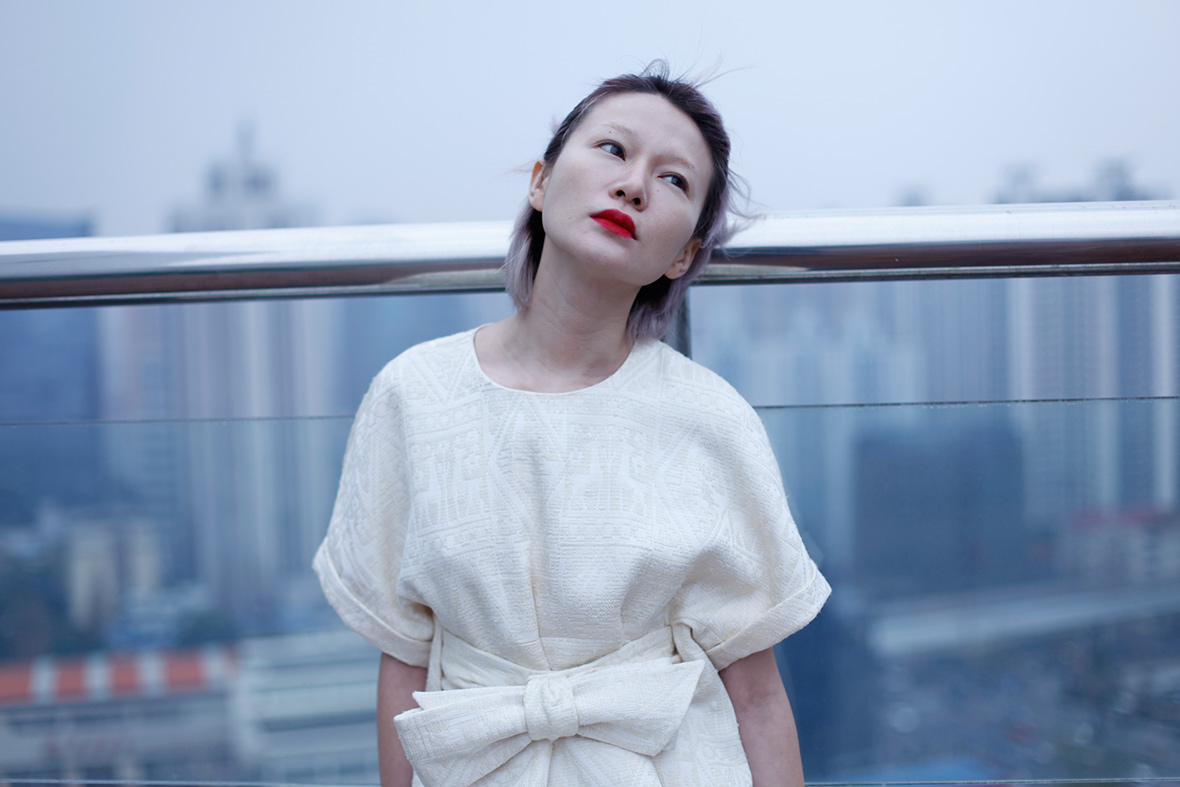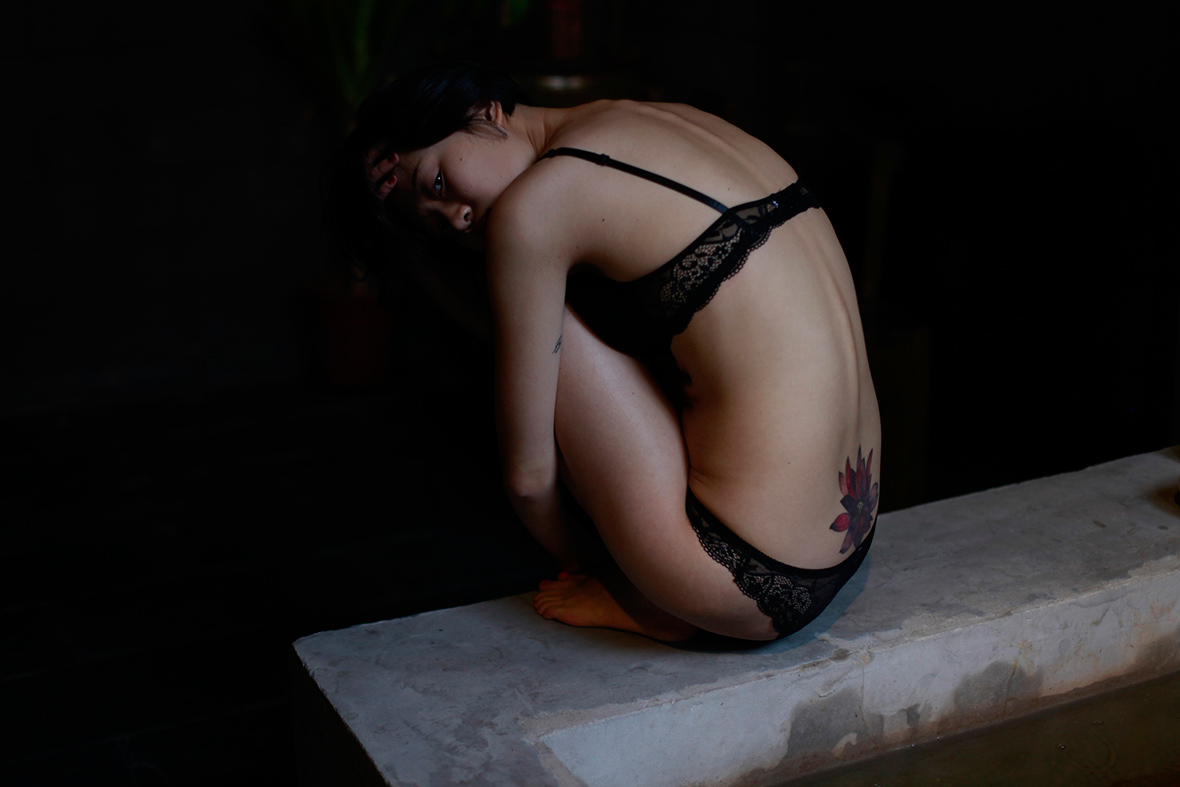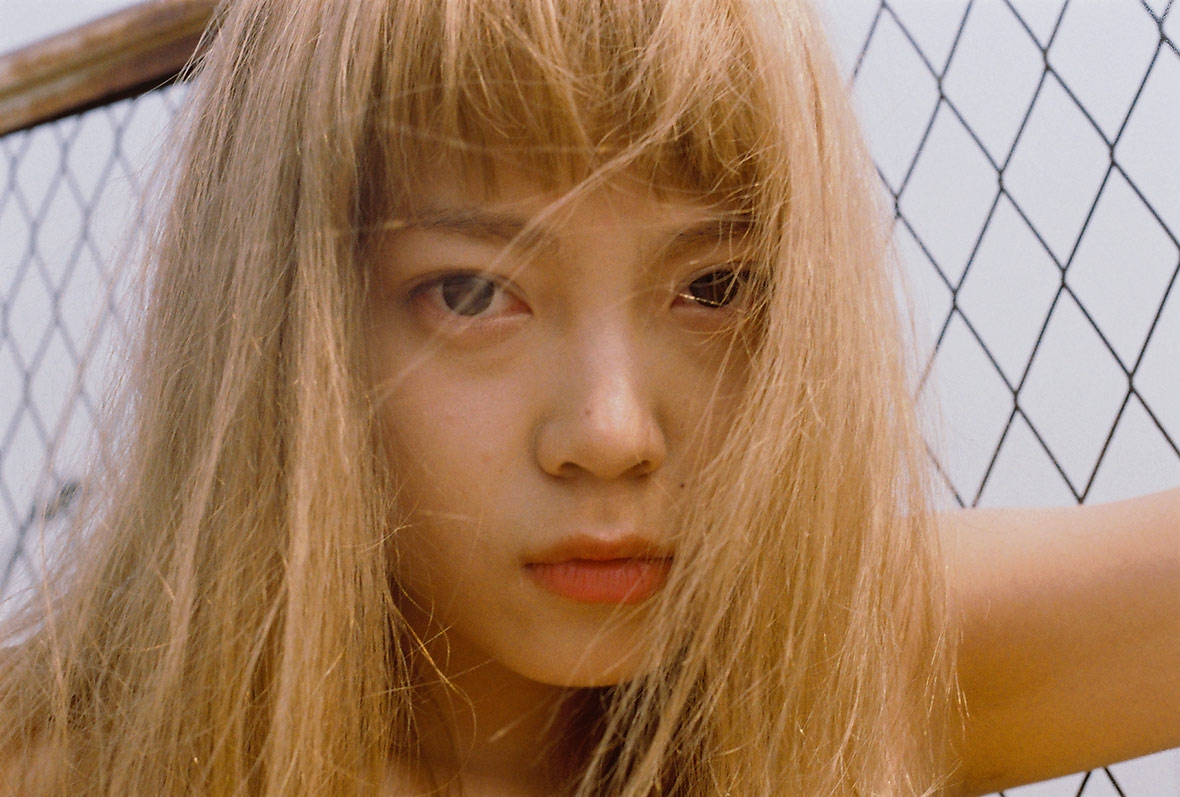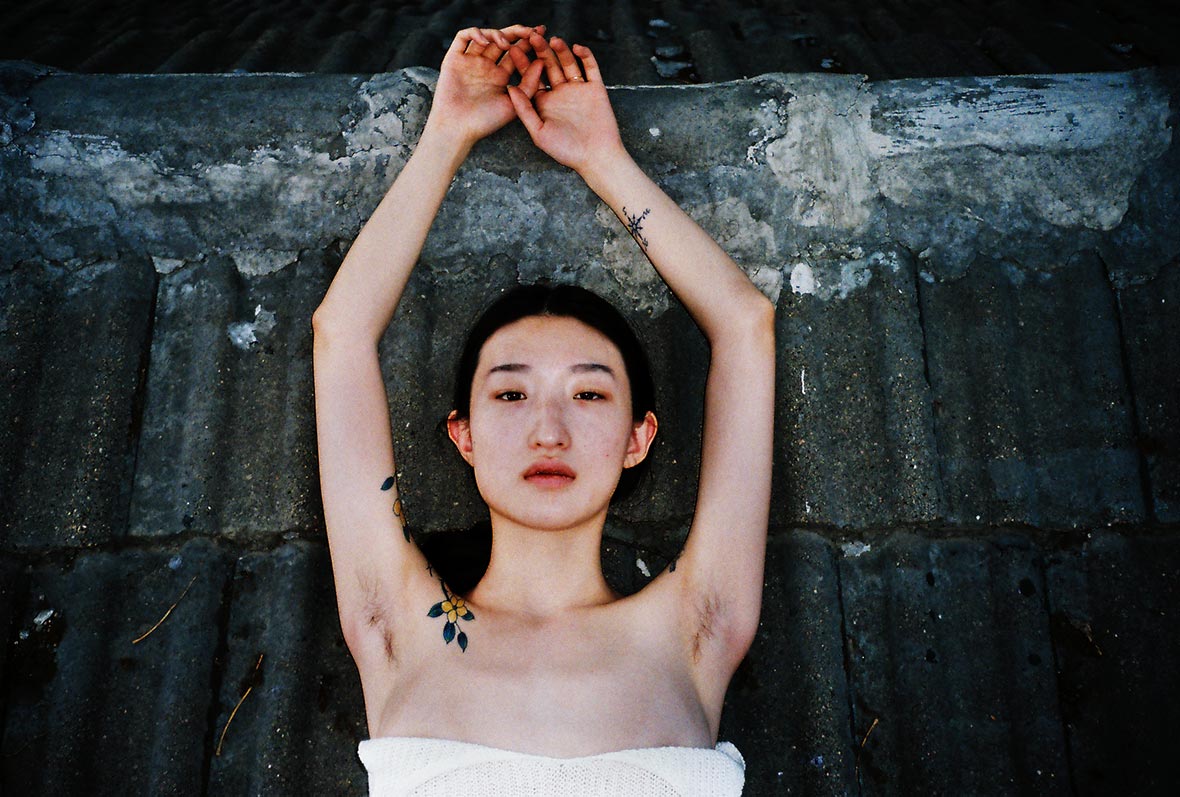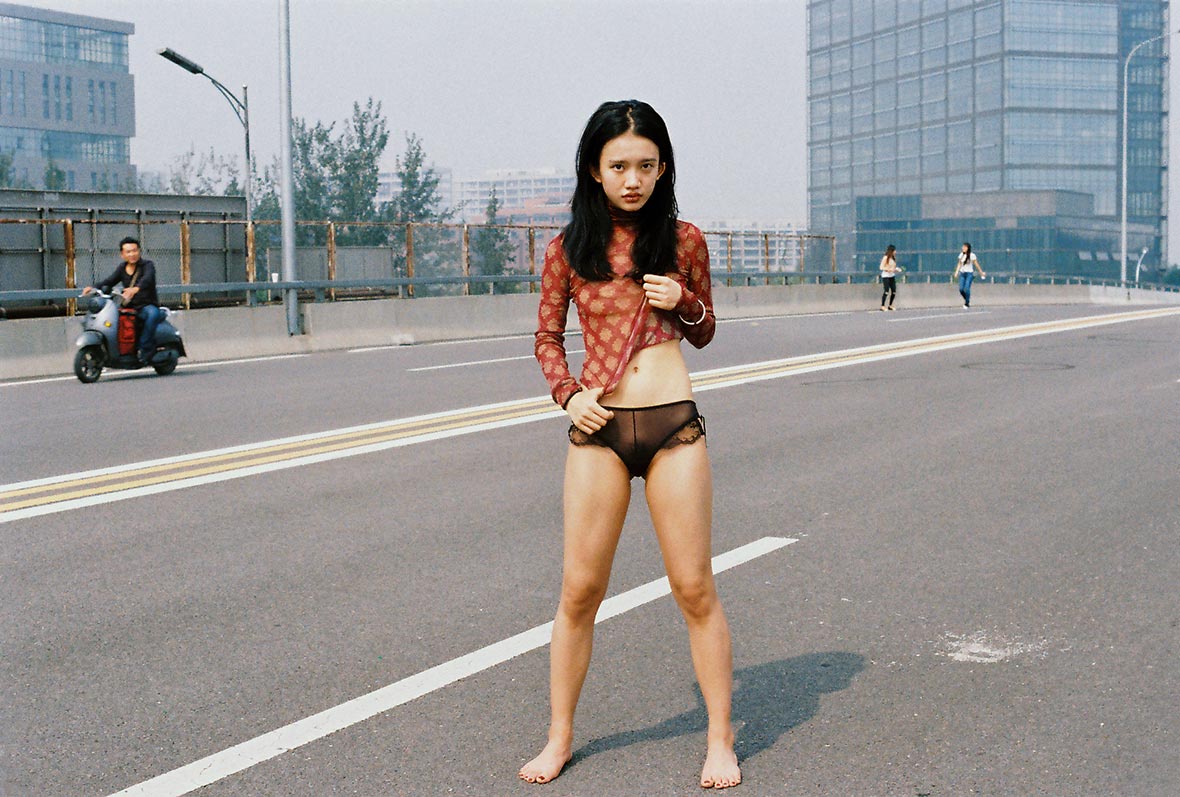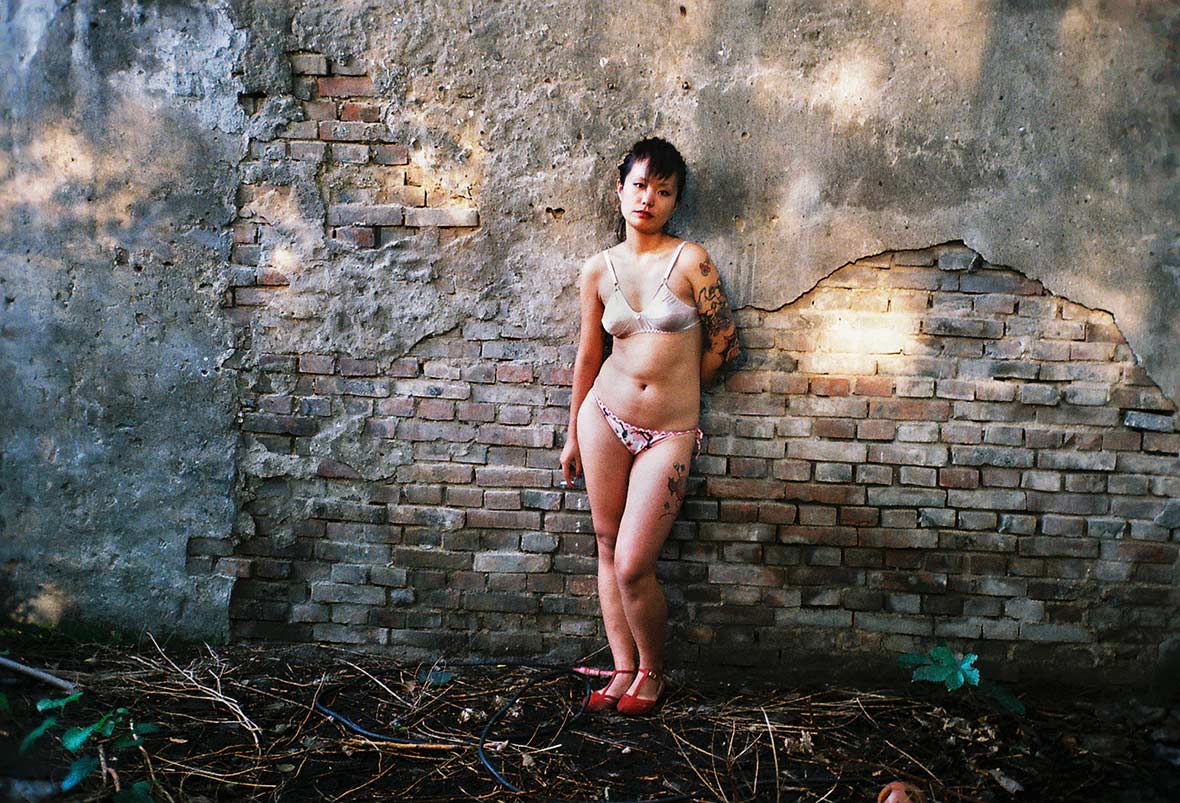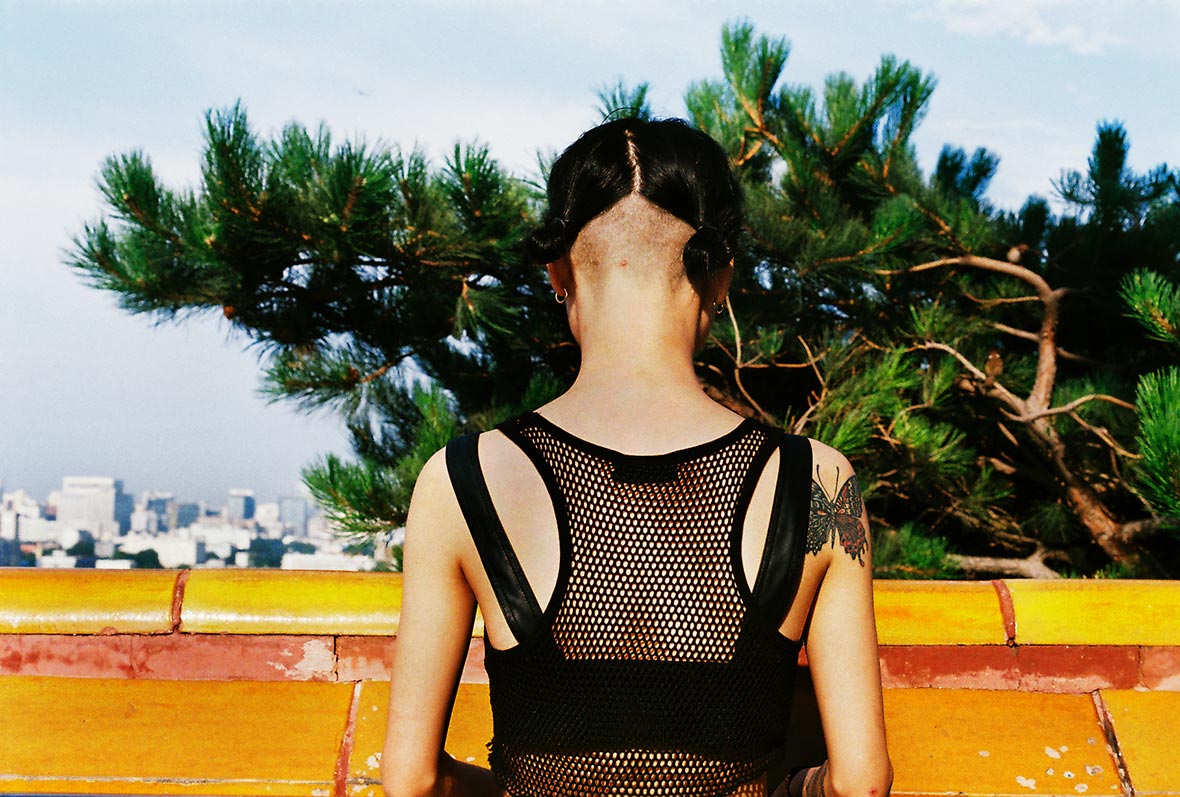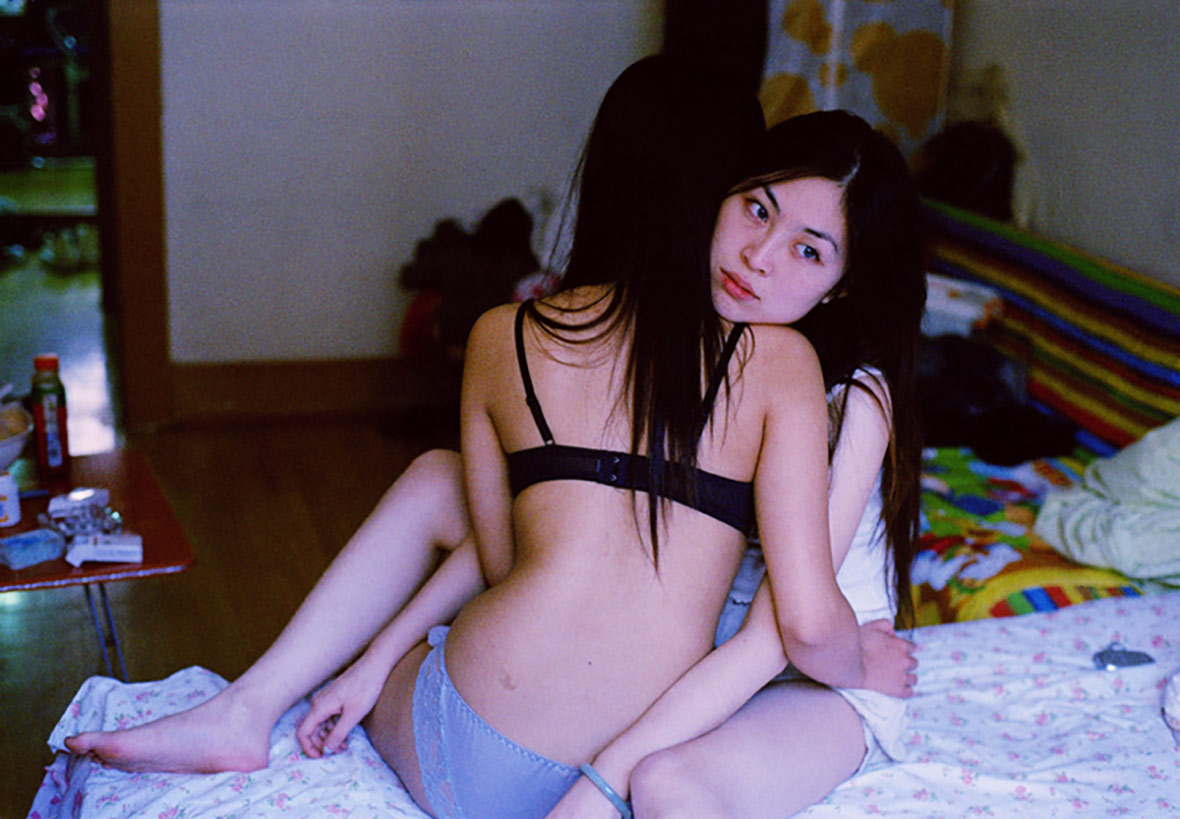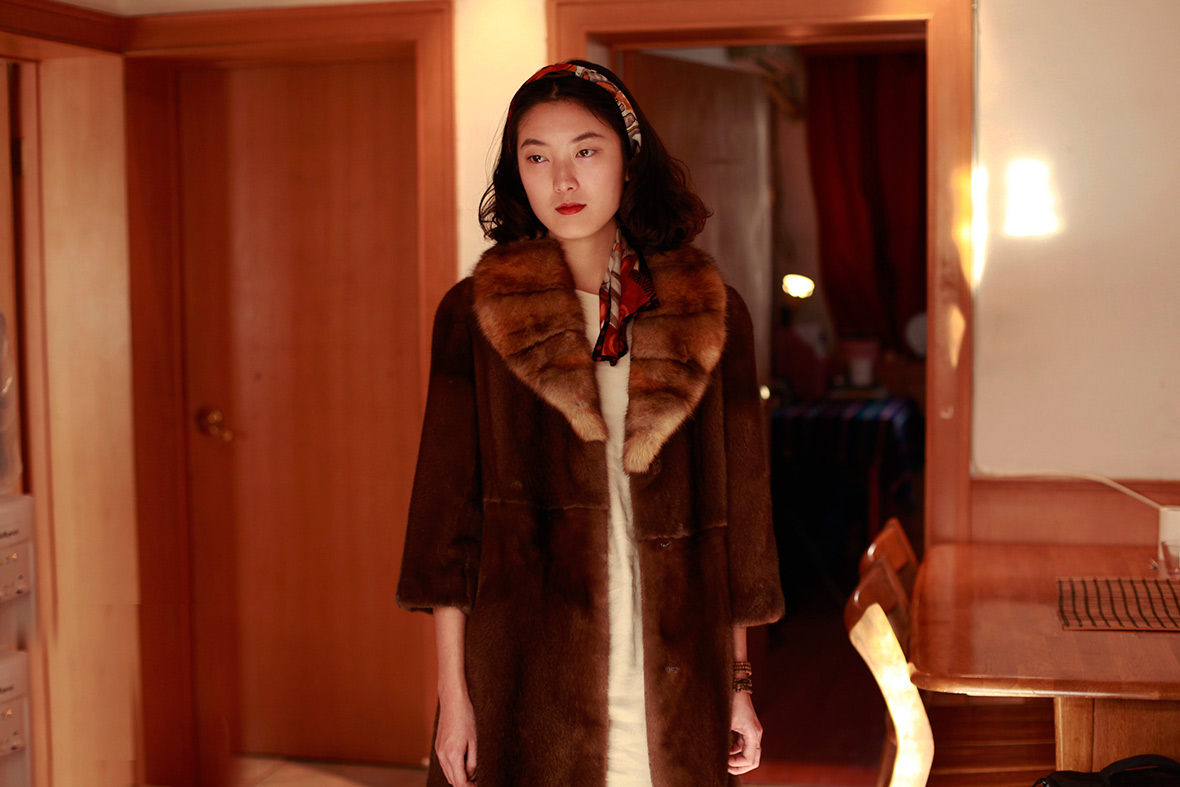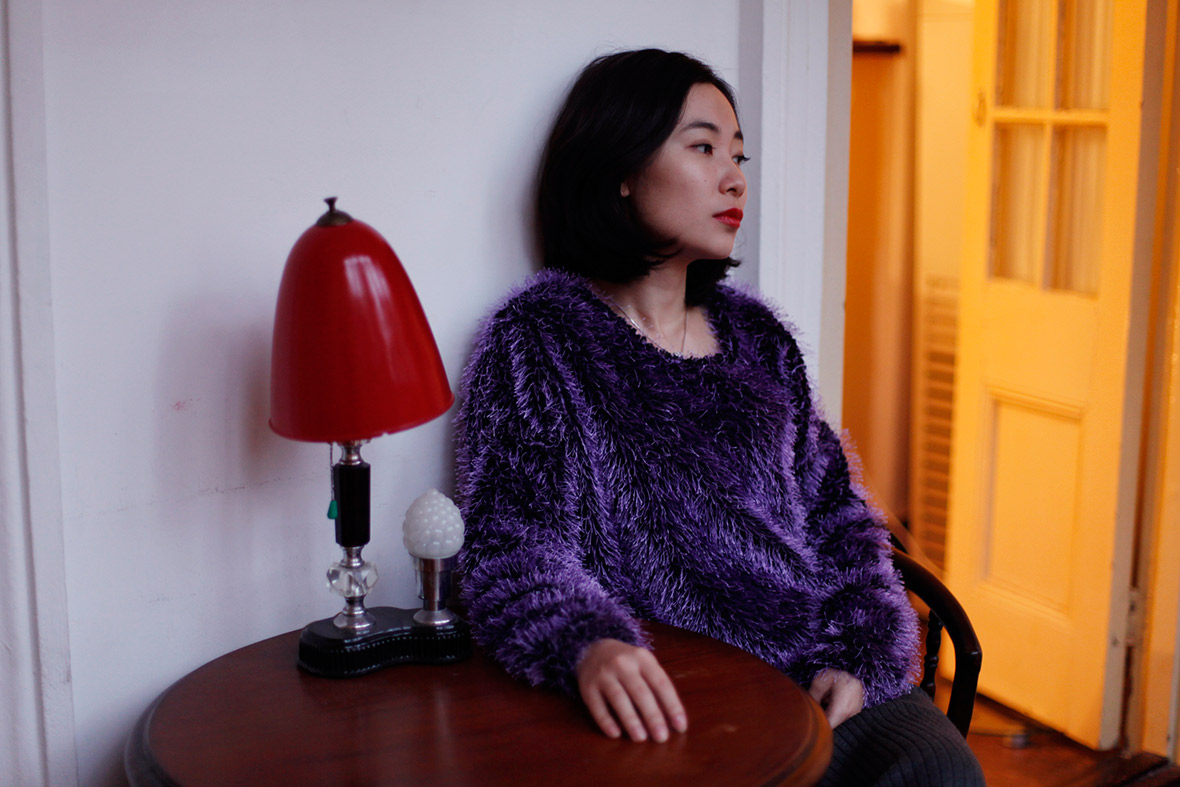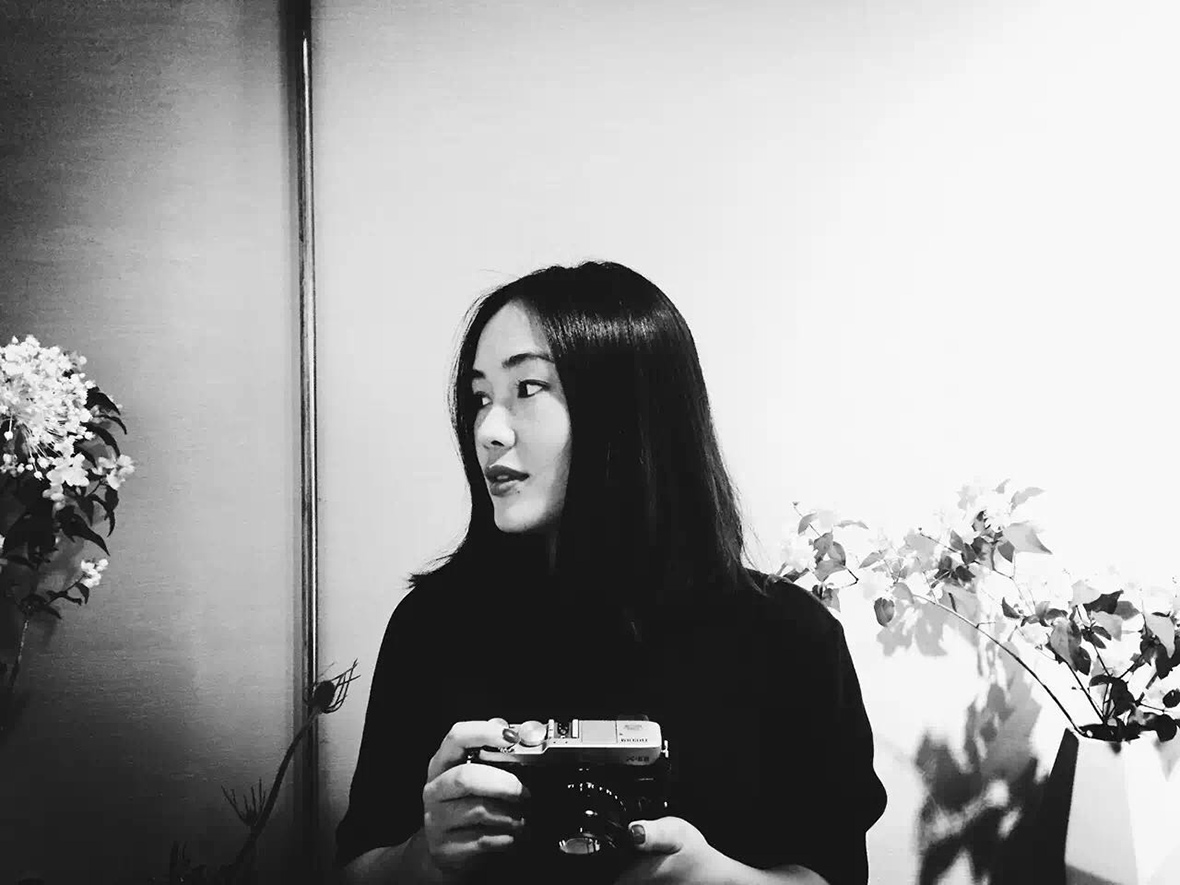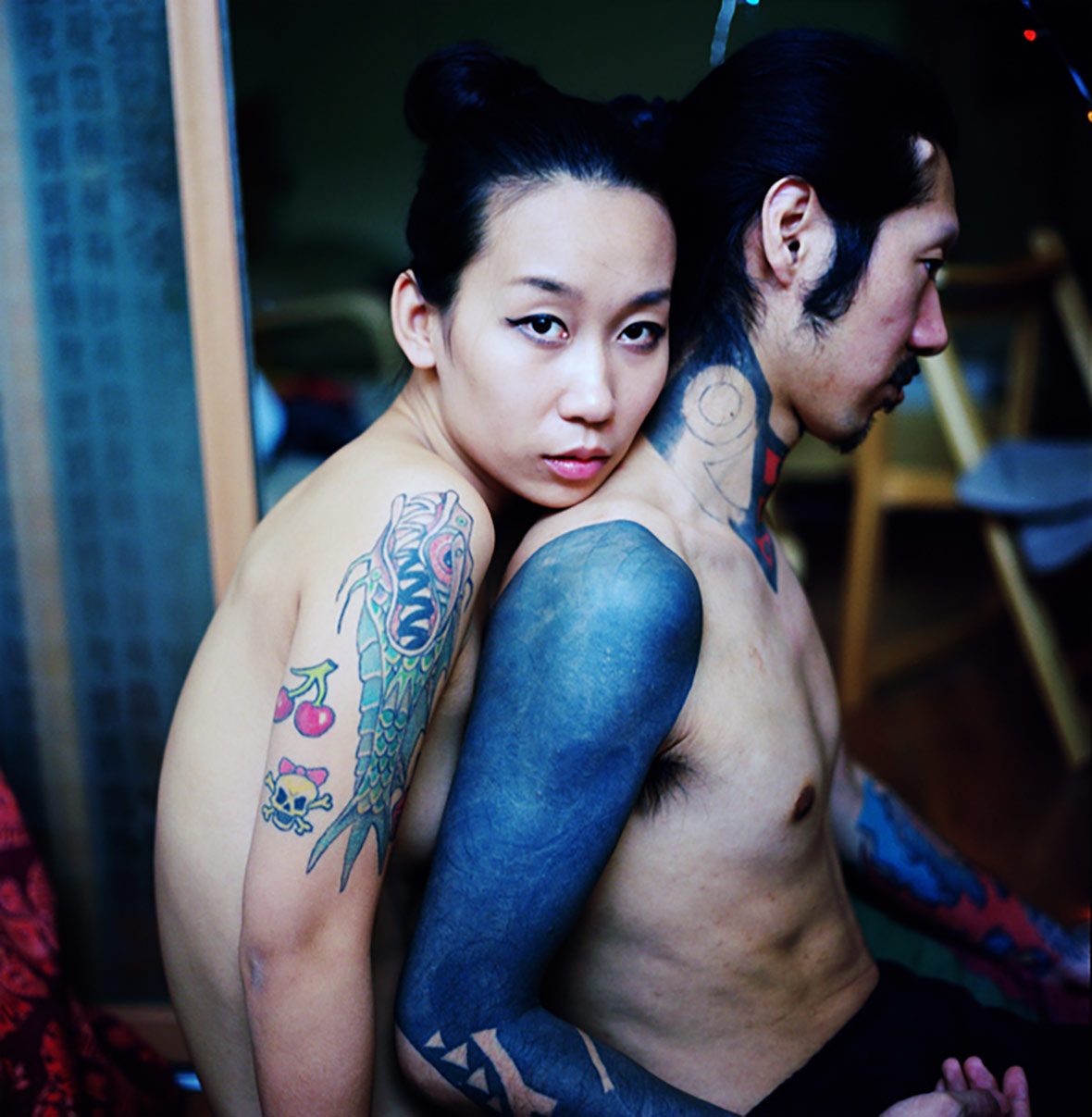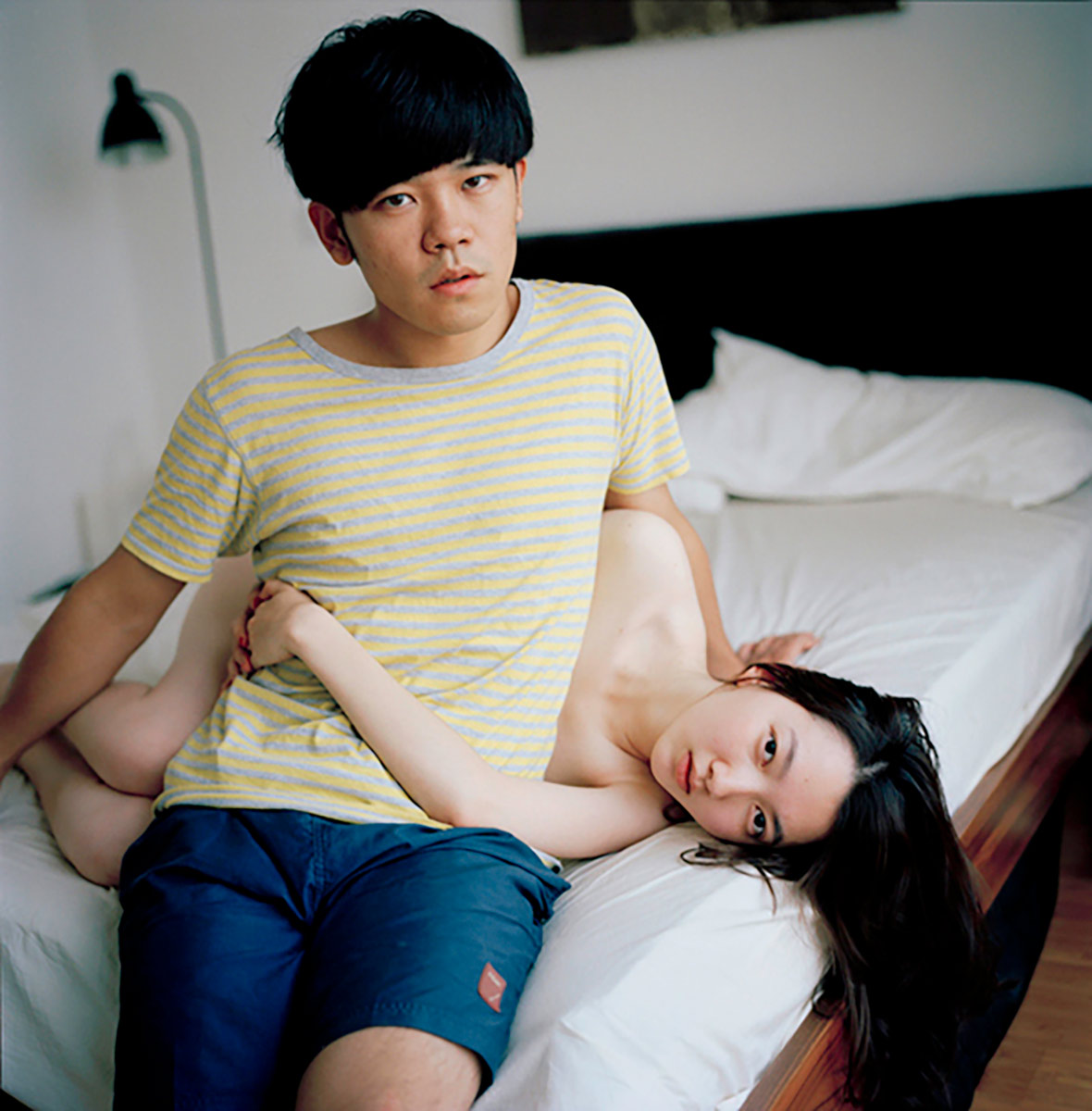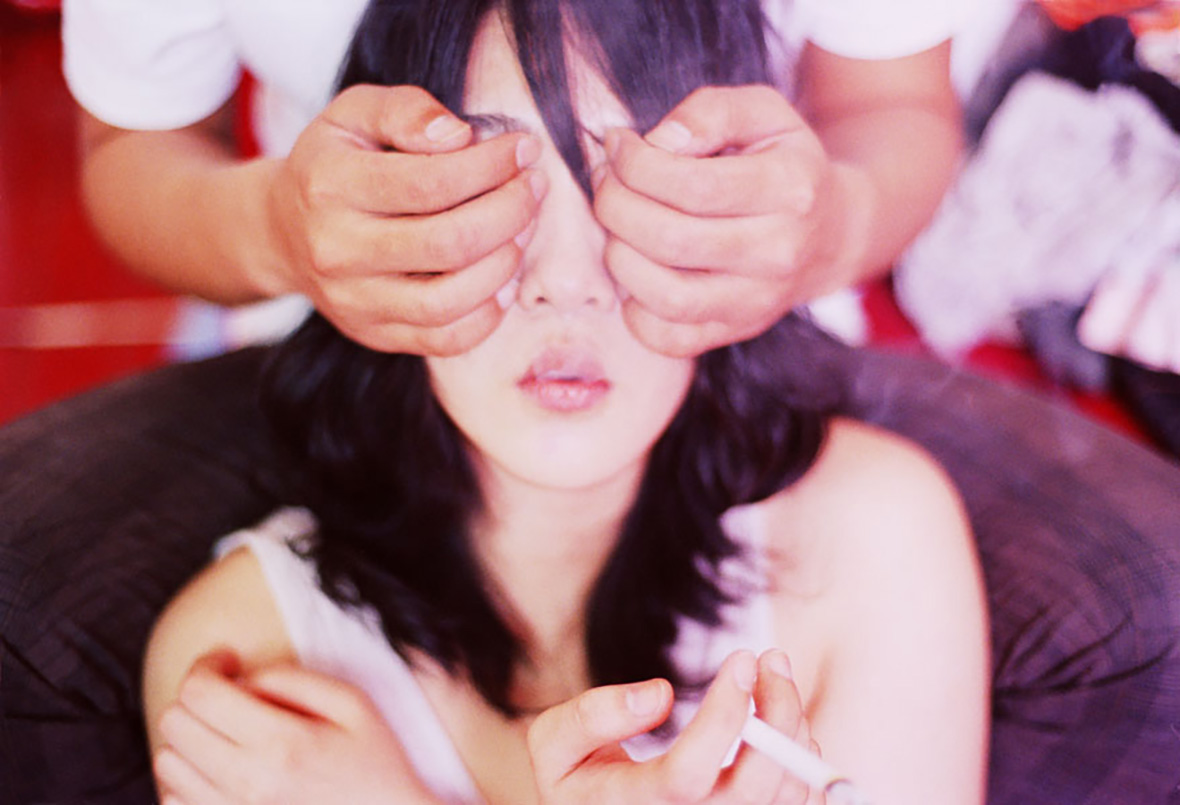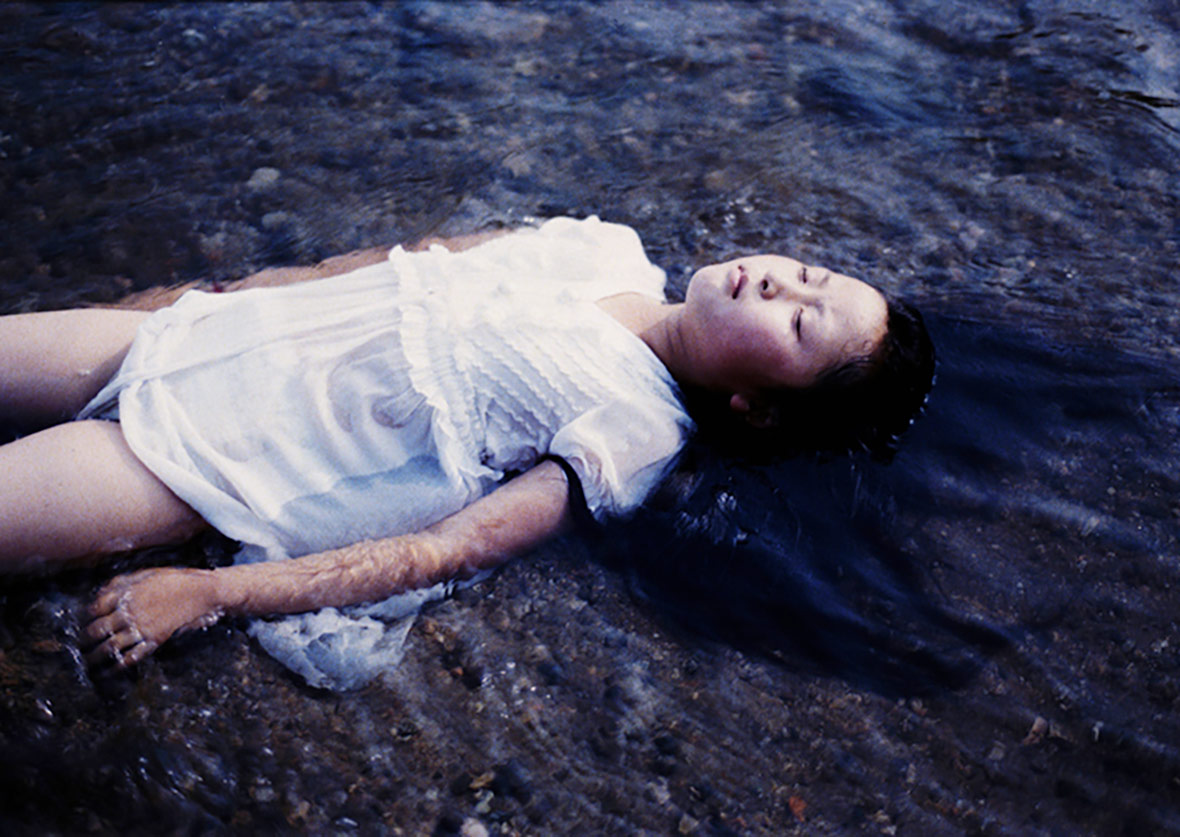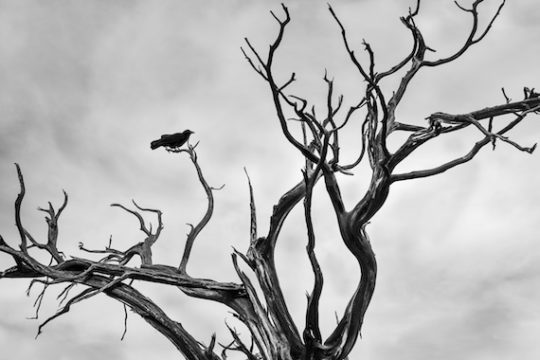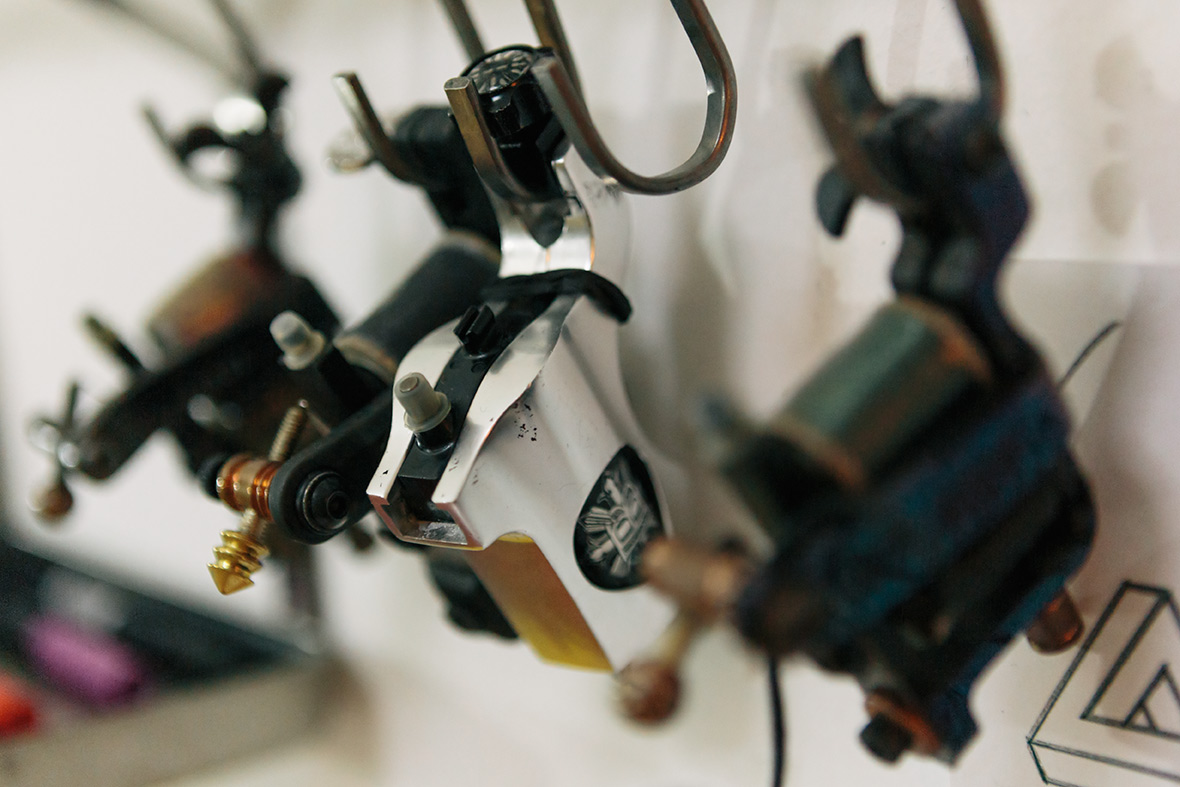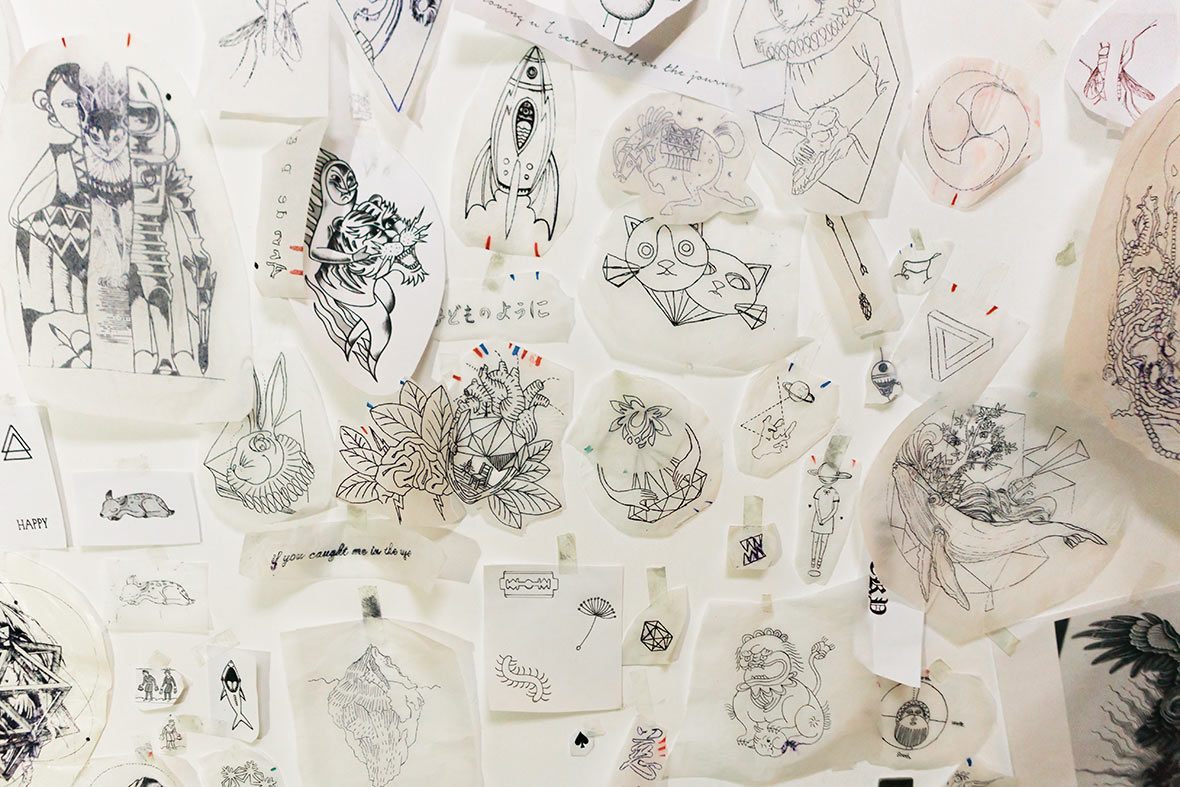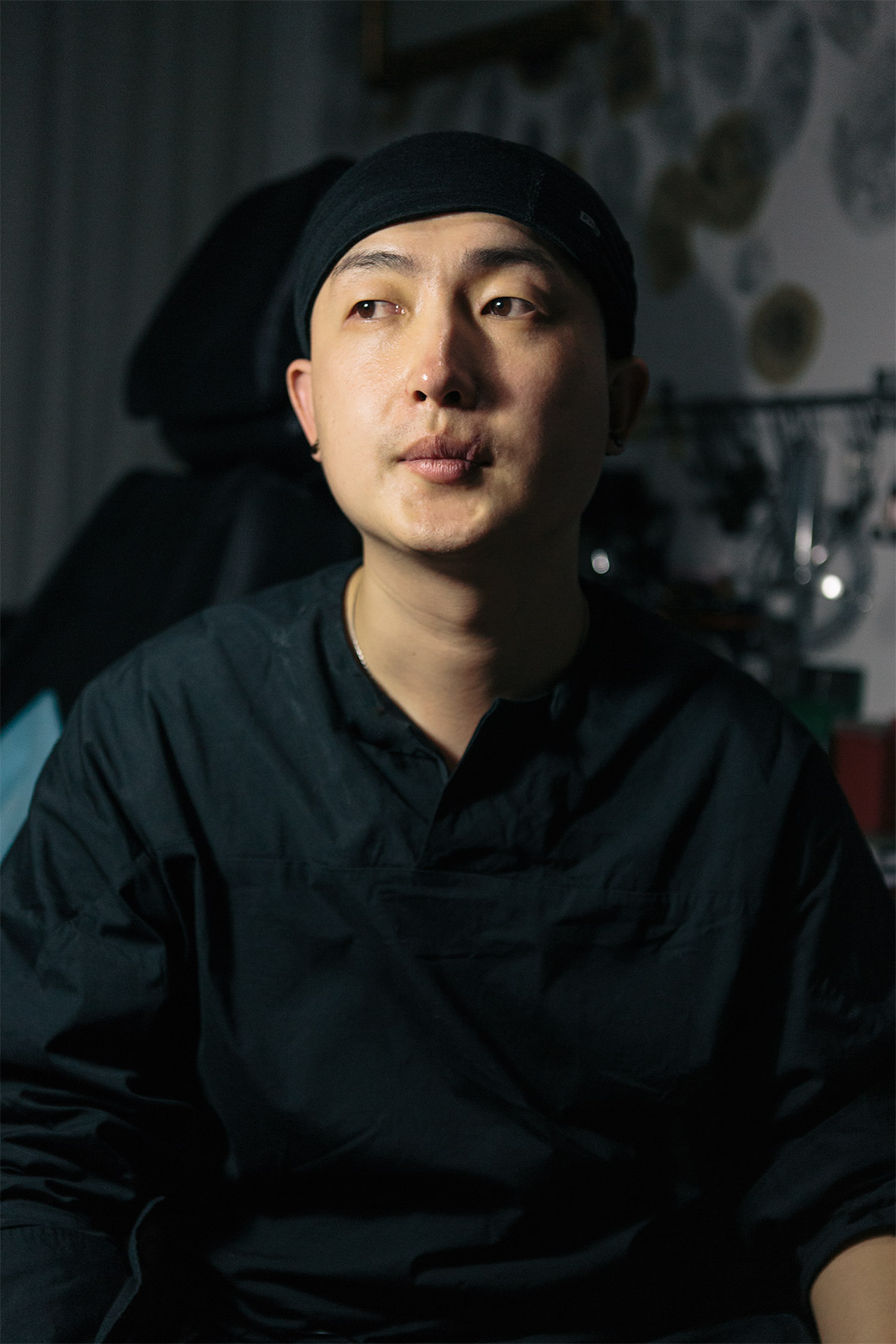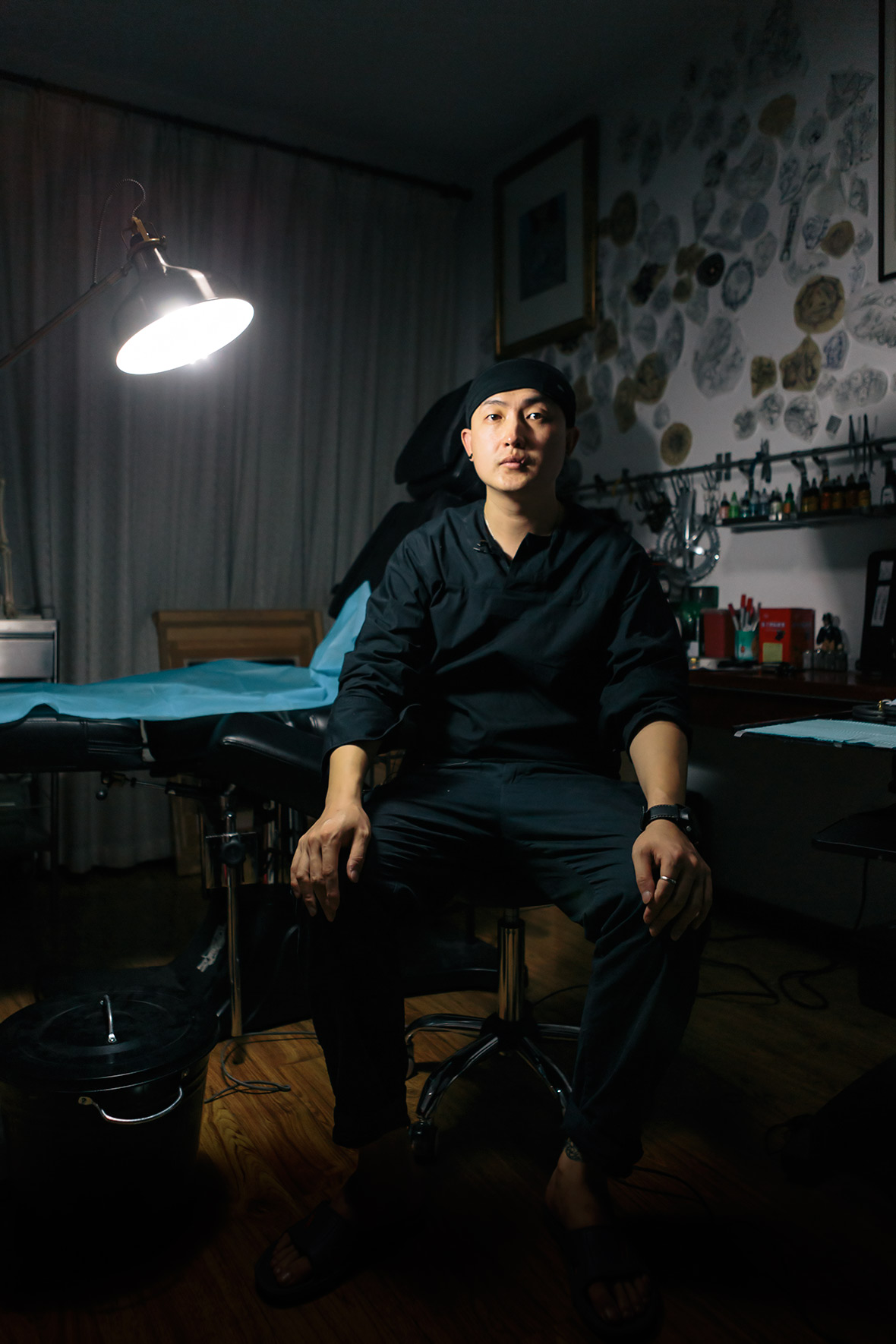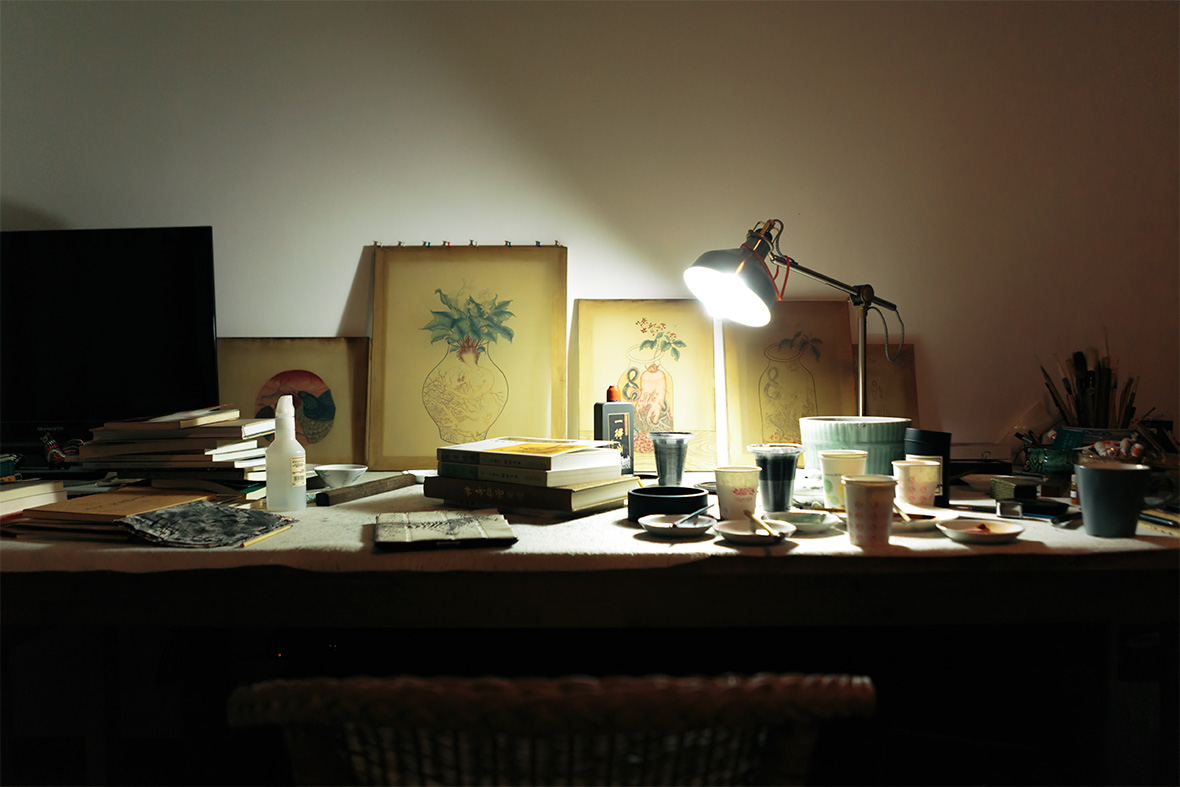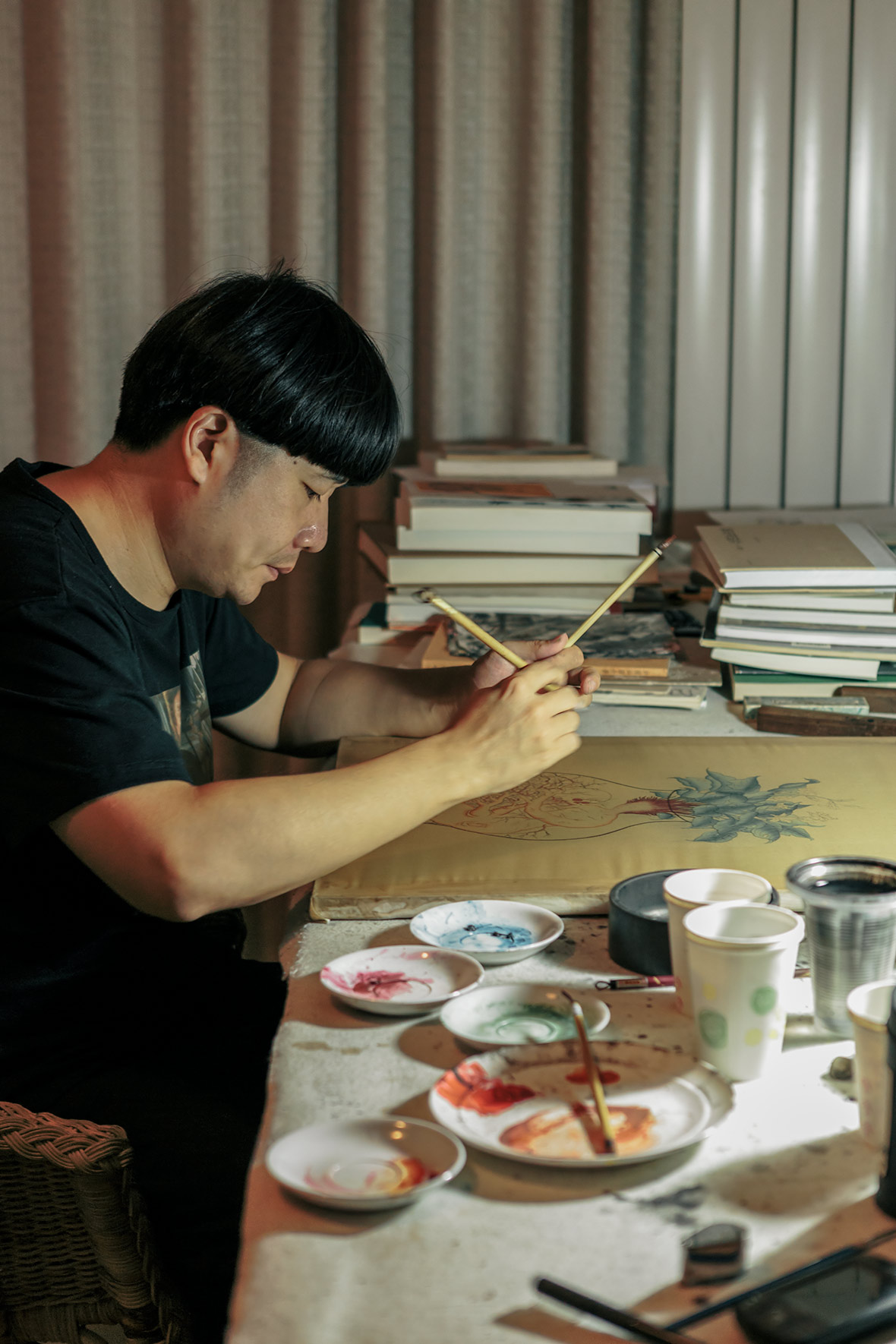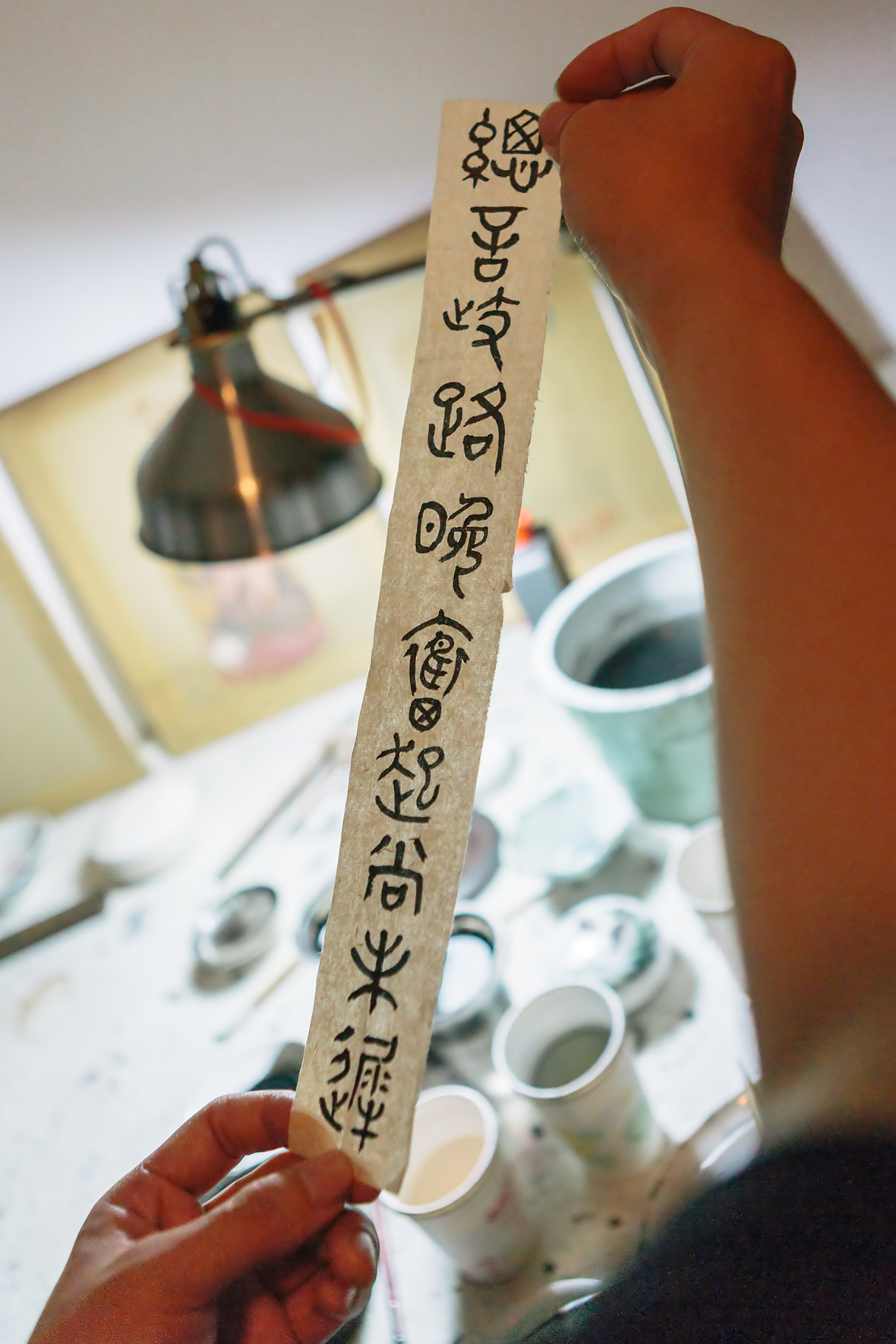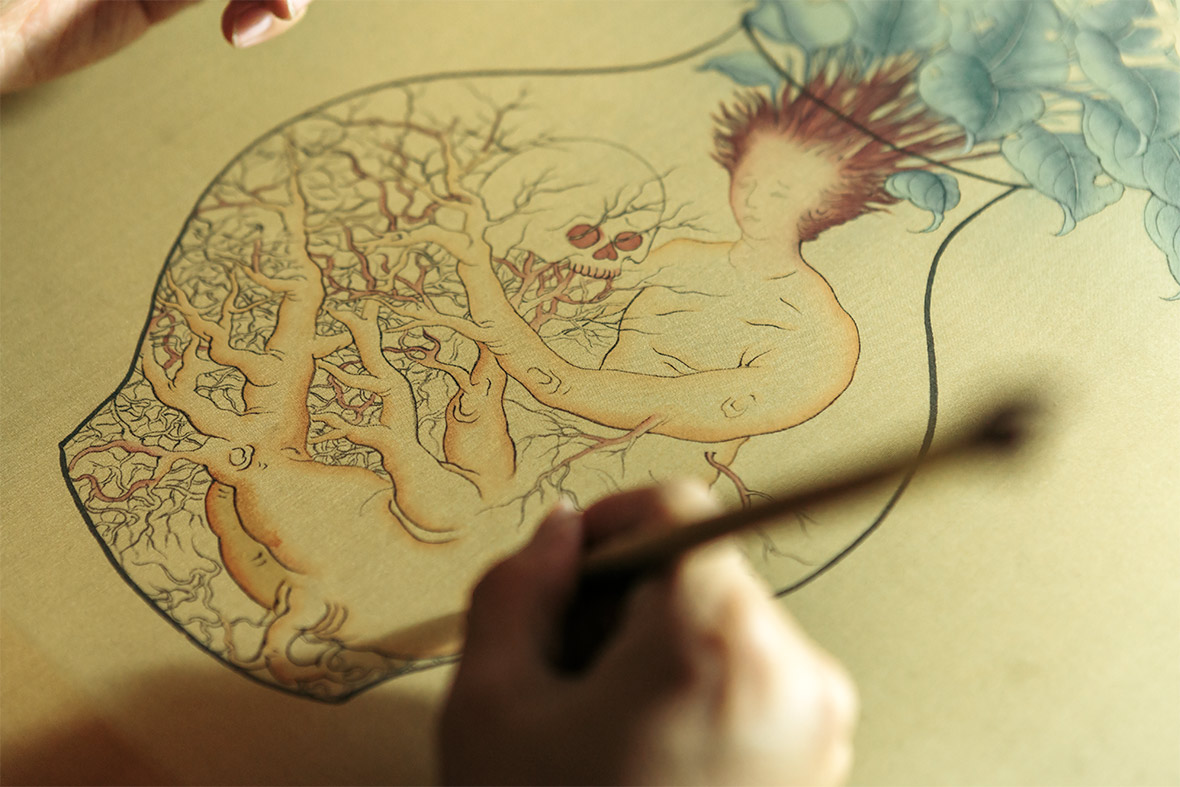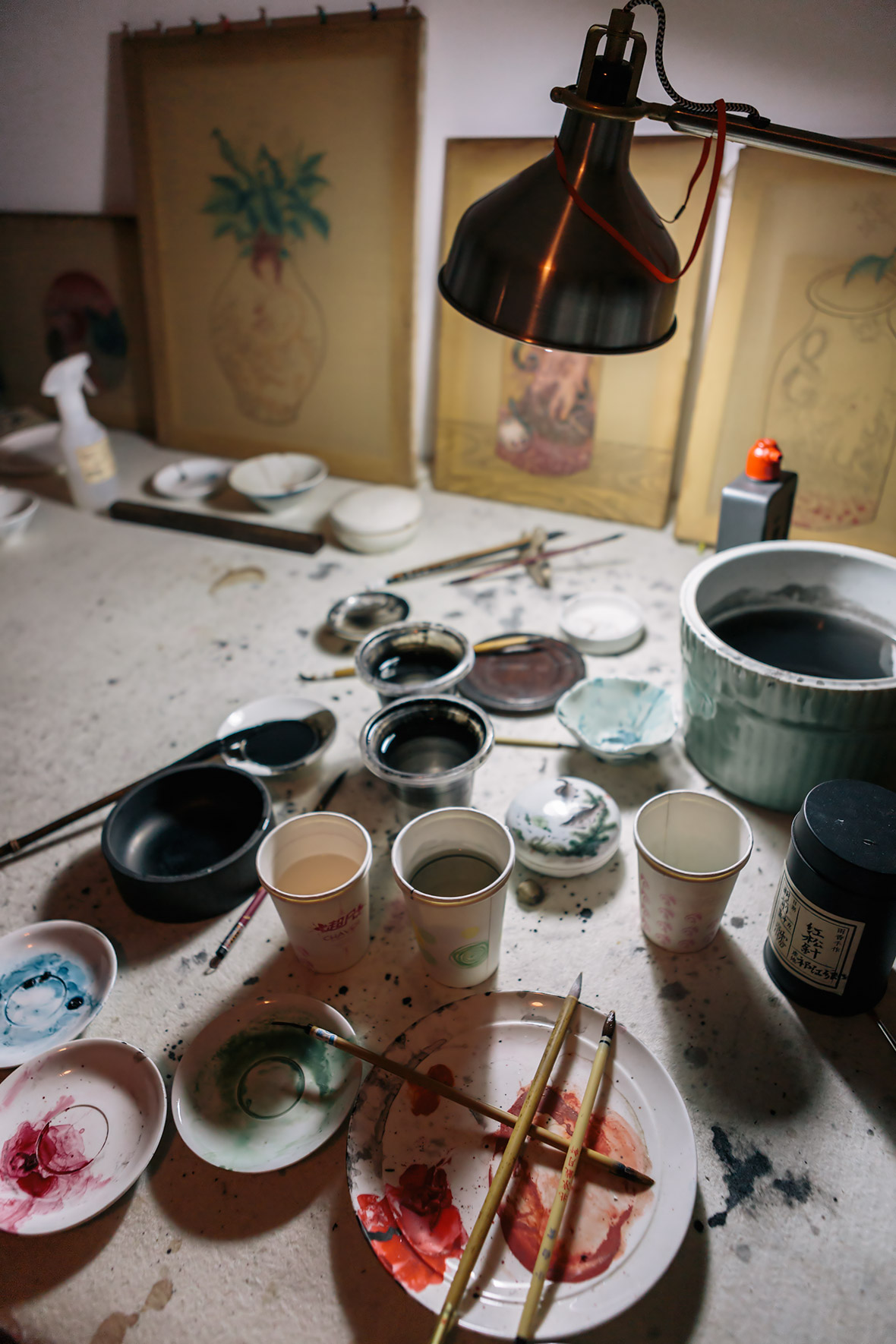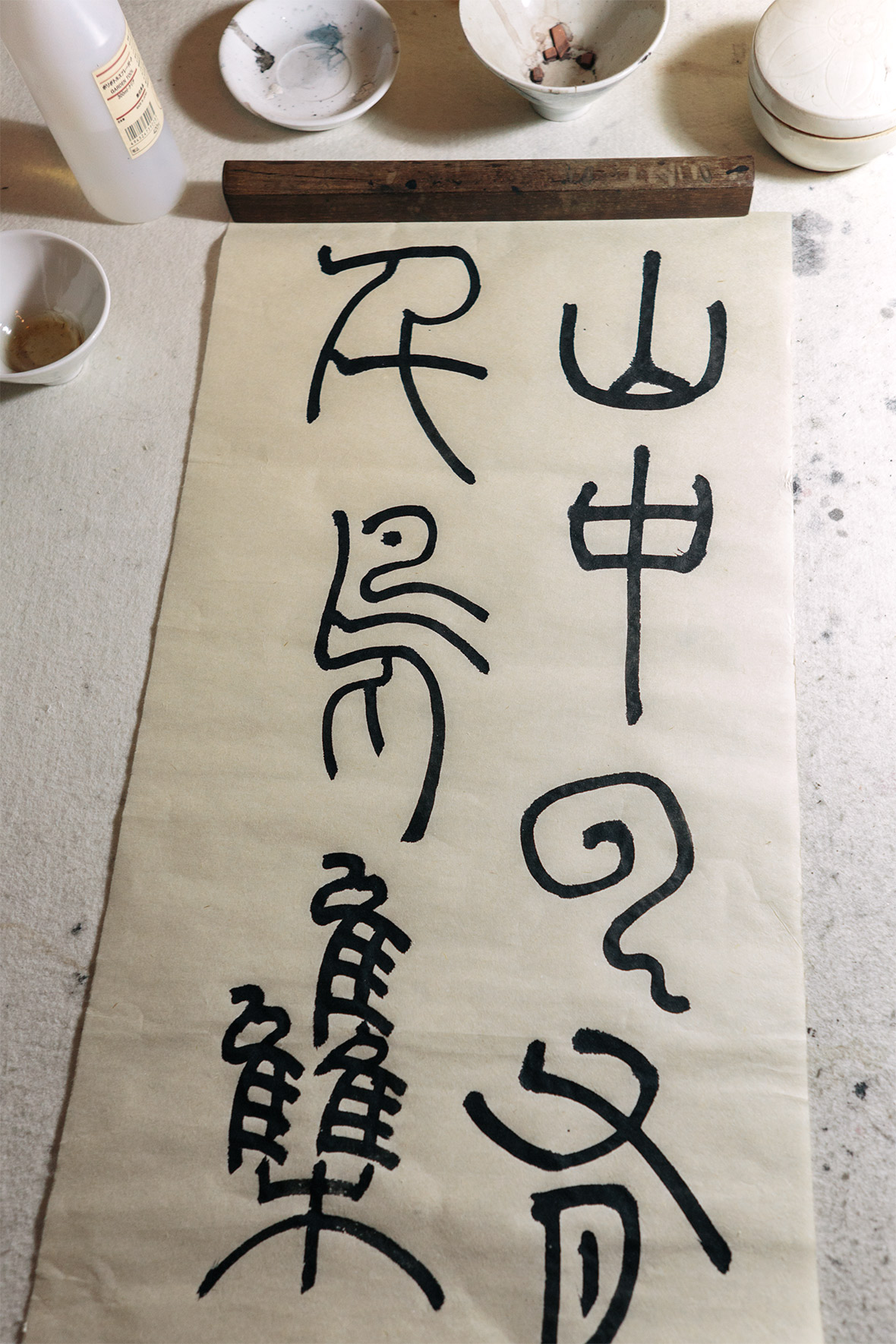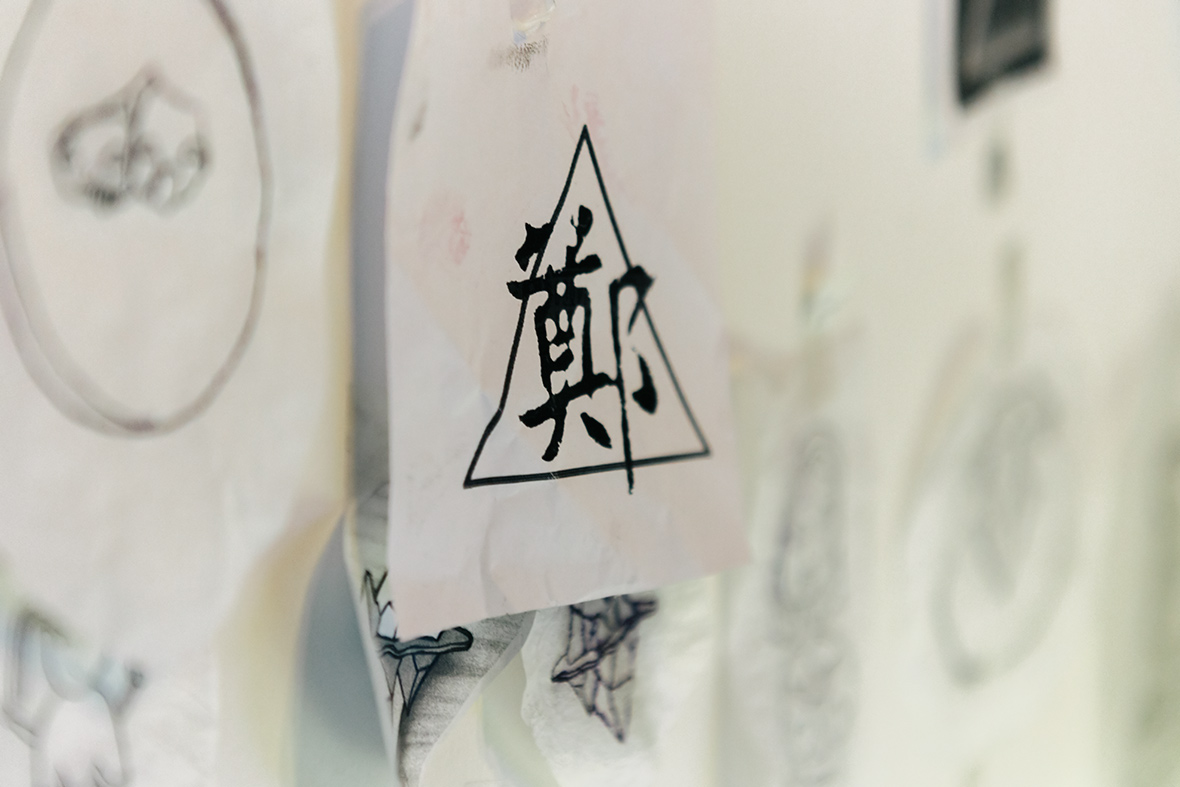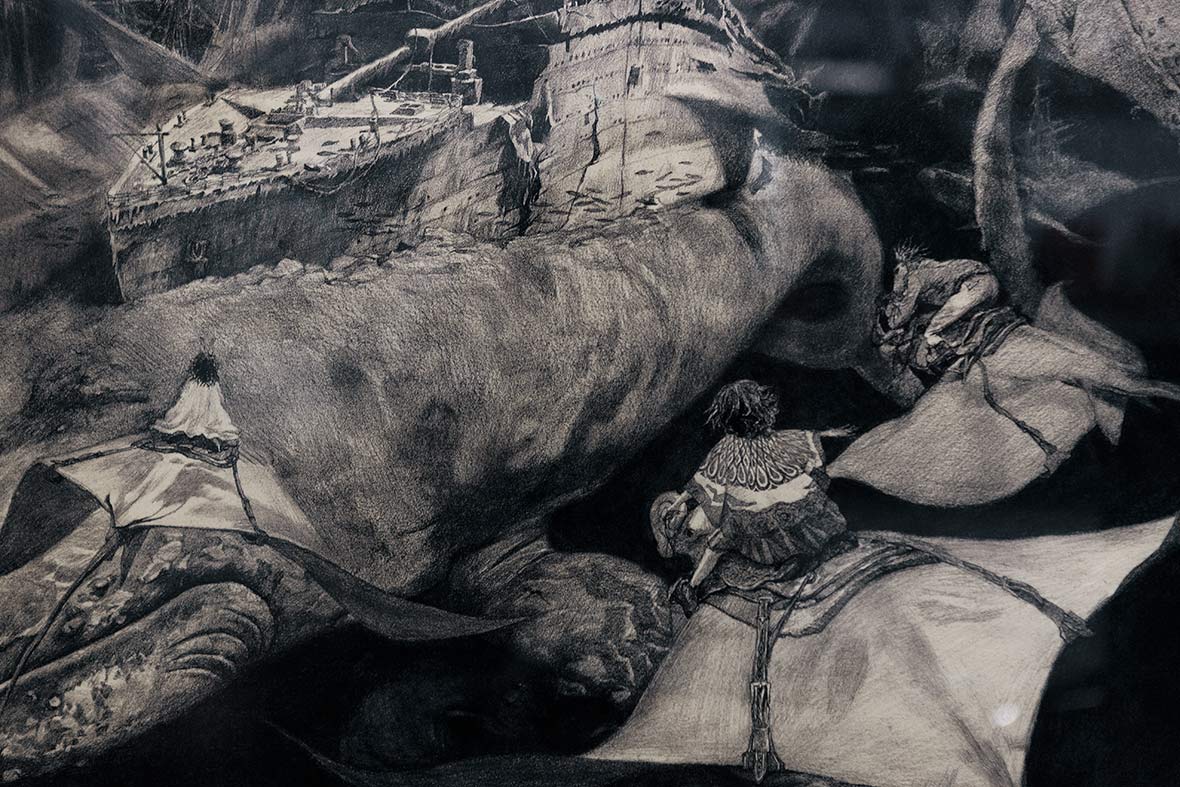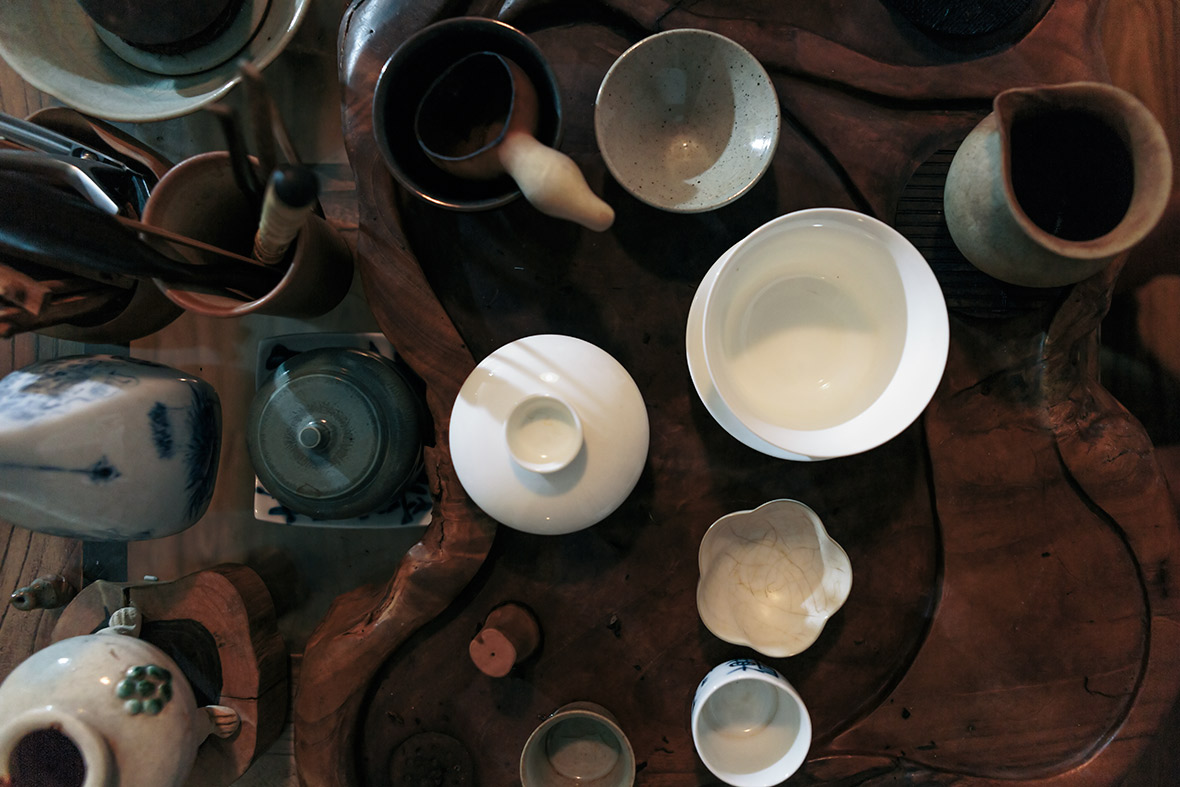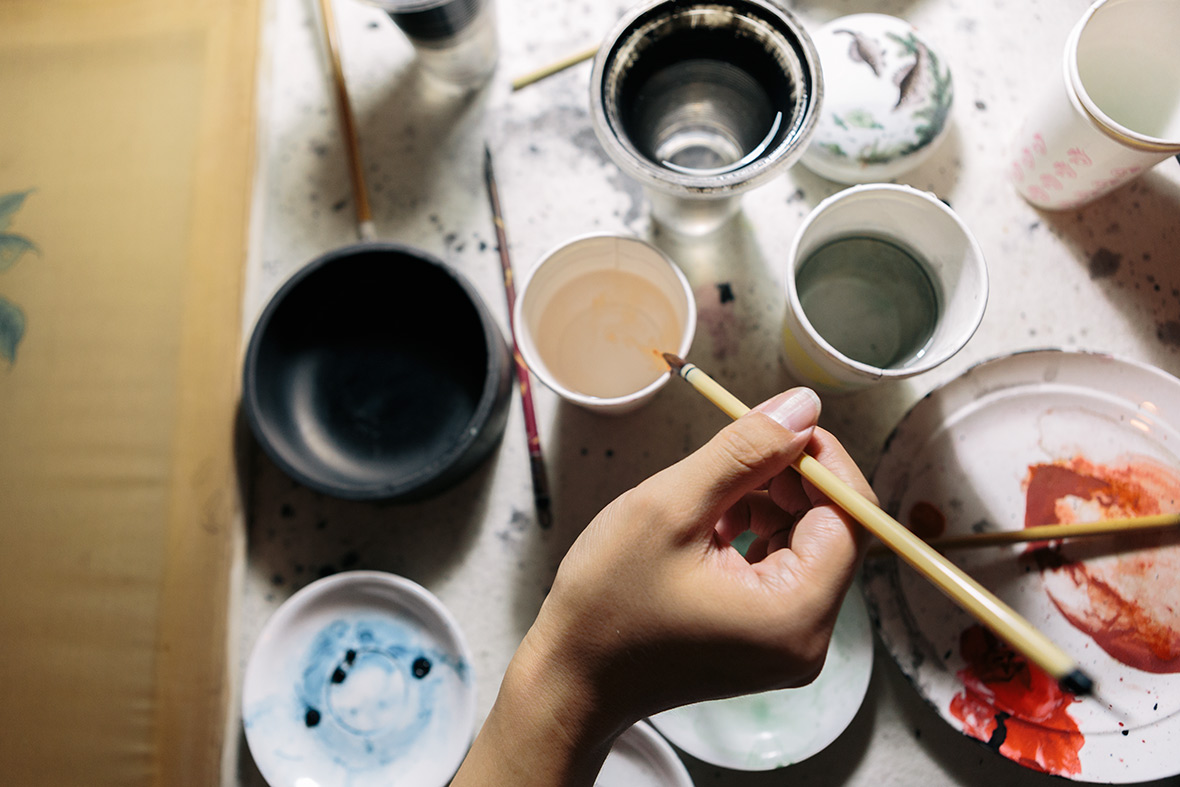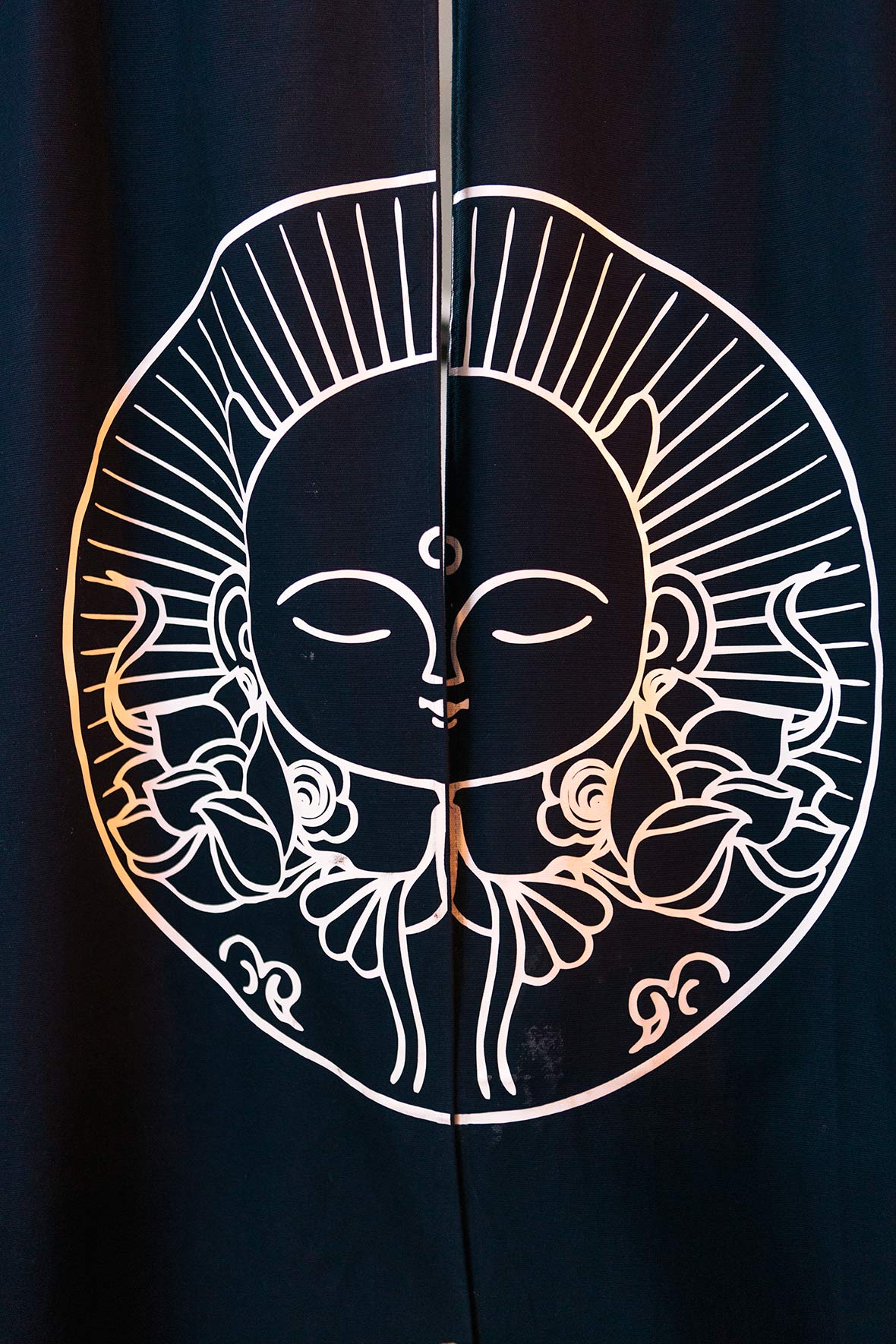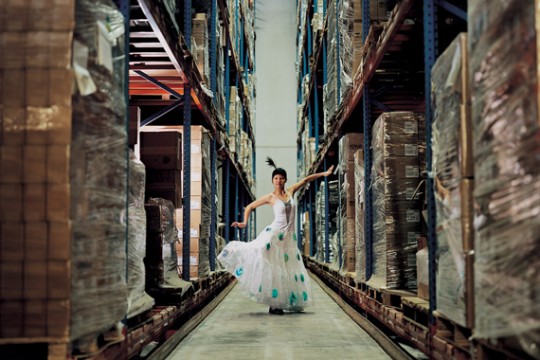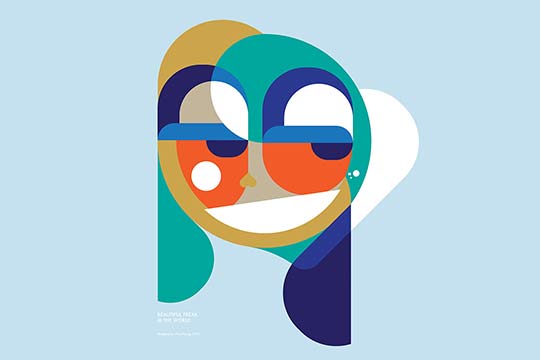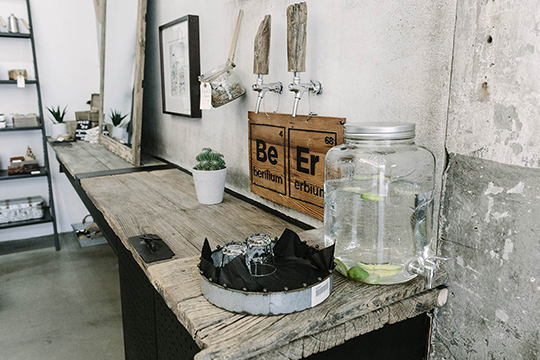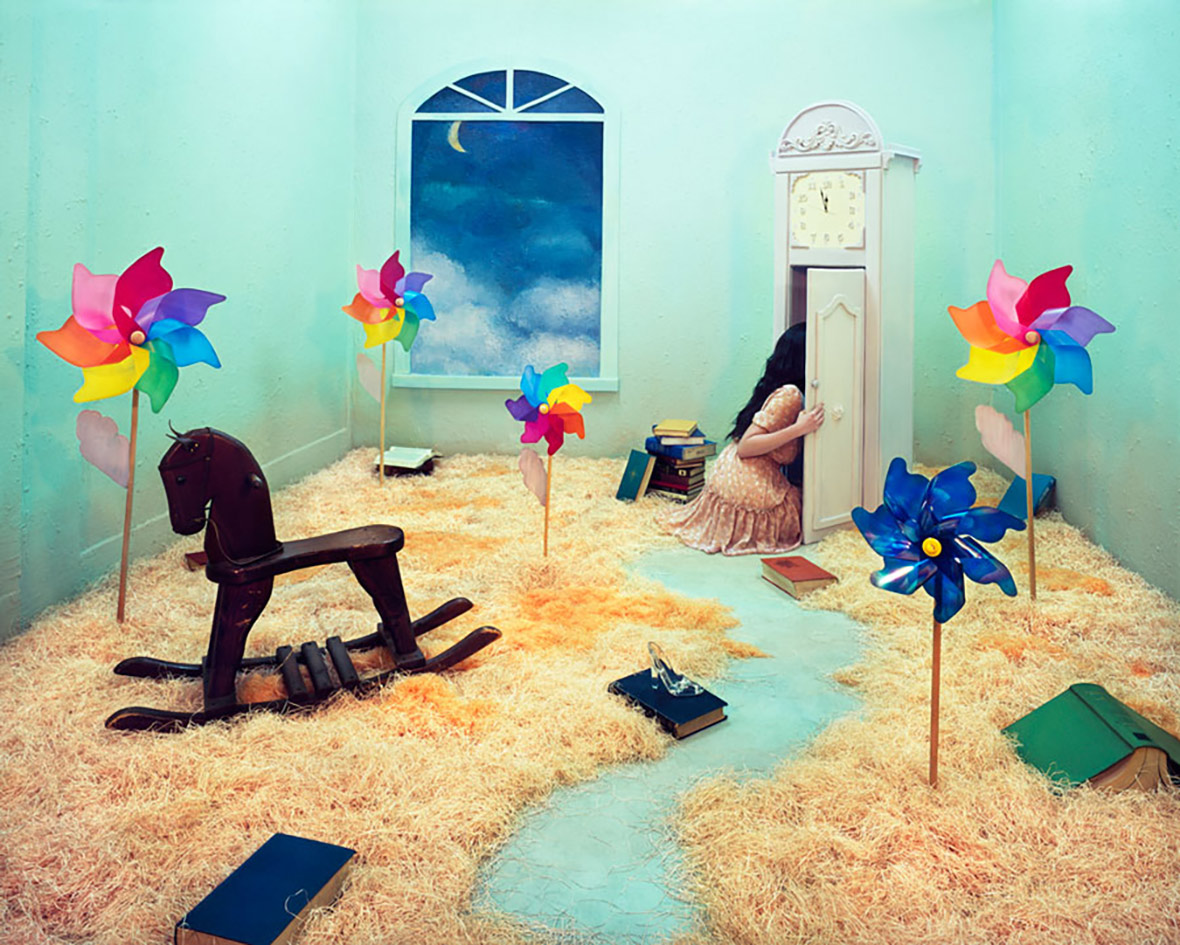
Jee Young Lee is a South Korean artist whose elaborate self-portraits look like fantastical paintings upon first impression. In her tiny 3x6m studio in Seoul, she creates everything from scratch, taking weeks, and sometimes months to form incredible sets which she then photographs with herself embedded within. The end result, which often looks like Photoshopped wizardry, is actually completely analog and handmade. We talked to Jee Young Lee to learn more about her work and the ideas behind it.
이지영은 한국인 예술가로서 그녀의 정교한 자화상들의 첫 인상은 환상적인 그림 처럼보입니다. 서울에 있는 그녀의 작은 3x6m 스튜디오에서, 그녀는 처음부터 모든 것을 창작하는데, 몇 주 때로는 몇 달을 걸쳐서 놀라운 세트를 만들고 자신의 사진을 찍어서 그 안에 사진을 넣는 작업을 합니다. 그 작업의 최종 결과물은 종종 포토샵의 마법에서 나온 것처럼 보이지만 실제로는 아날로그 식으로완전히 수작업으로 만든 것입니다. 우리는 그녀의 작품과 작품의 아이디어에 대해 자세히 알아보기 위해 지영과 이야기를 나누었습니다.
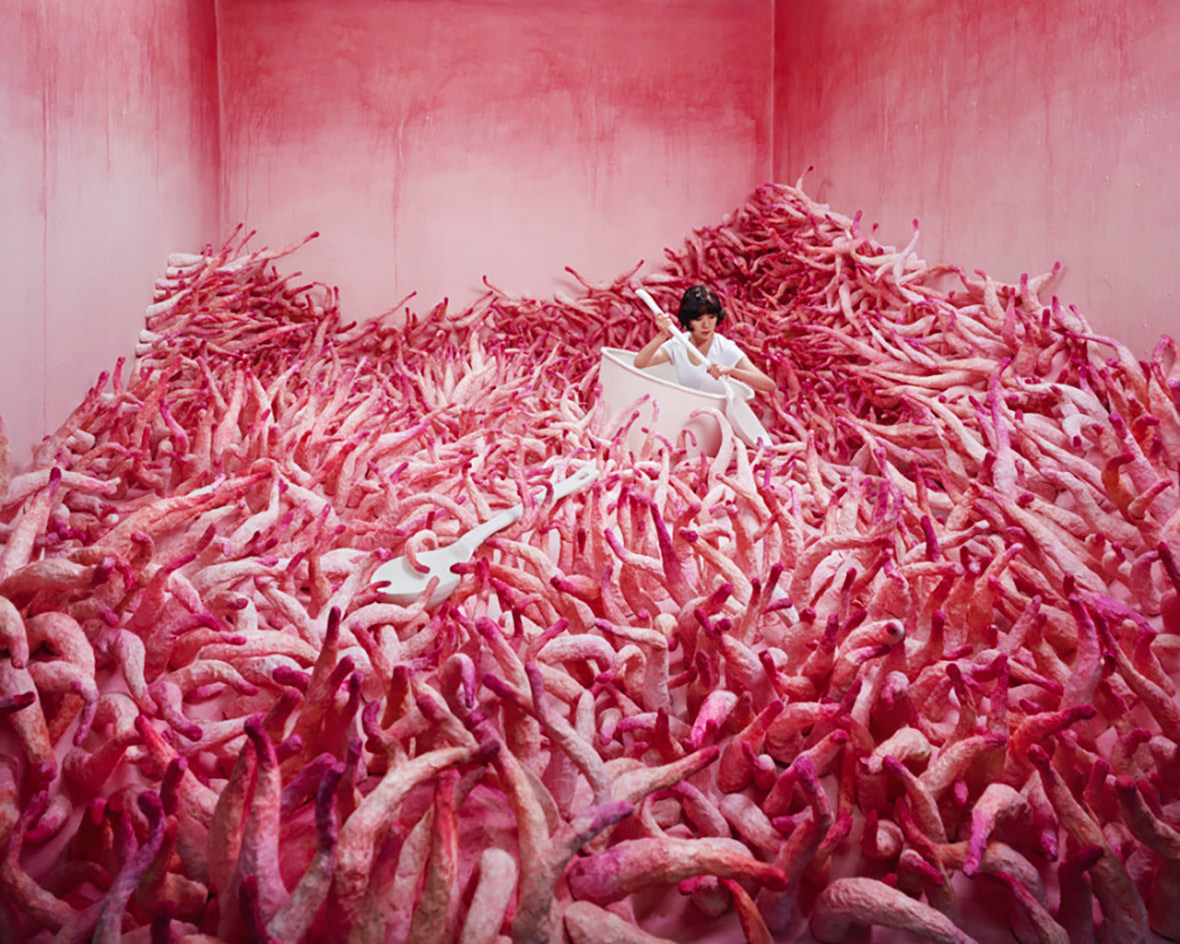
Neocha: How did you first get started with the idea to create sets based on your dreams, experiences, and thoughts?
Jee Young: I believe everyone is on a journey to discover their true self. Because we live in an environment that is constantly changing, I think it is very important that we keep asking ourselves who we are and what we are doing, in order to continually learn and grow. Unfortunately, looking at yourself from an objective point of view is almost impossible. I began thinking about my identity when I was a university student. Desperate for an answer I turned my attention to my inner psyche. That is how I started the series. I can say that the set also represents my personal experiences and childhood memories. It is my journal and reflection. I began studying fine art in graduate school, but I ended up with a major in design as an undergraduate.
Neocha: 처음에 어떻게 당신의 꿈, 경험과 생각을 기반으로 세트를 만들 생각을 했습니까?
지영: 저는 모든 사람들이 자신의 진정한 자아를 발견하기 위한 여행을 하고 있다고 생각합니다. 우리는 끊임없이 변화하는 환경에서 살고있기 때문에, 지속적으로 성장하고 배우기 위해, 우리가 누구인지 스스로 계속 묻고 무엇을 하고 있는지 스스로 묻는 것이 매우 중요하다고 생각합니다. 불행하게도 객관적인 관점에서 자신을 보는 것은 거의 불가능합니다. 저는 대학생 때 제 정체성에 대해 생각하기 시작했습니다. 그 생각에 대한 답을 얻기를 간절히 바라며, 제 자신 내면의 정신에 관심을 갖게 되었습니다. 그것이 바로 제가 이 시리즈를 시작하게 된 이유입니다. 세트도 제 개인적인 경험과 어린 시절의 추억을 나타낸다고 할 수 있습니다. 세트는 제 자신의 일기장이며 투영입니다. 저는 대학원 때 미술을 시작했지만 학부 때는 디자인을 전공했습니다.
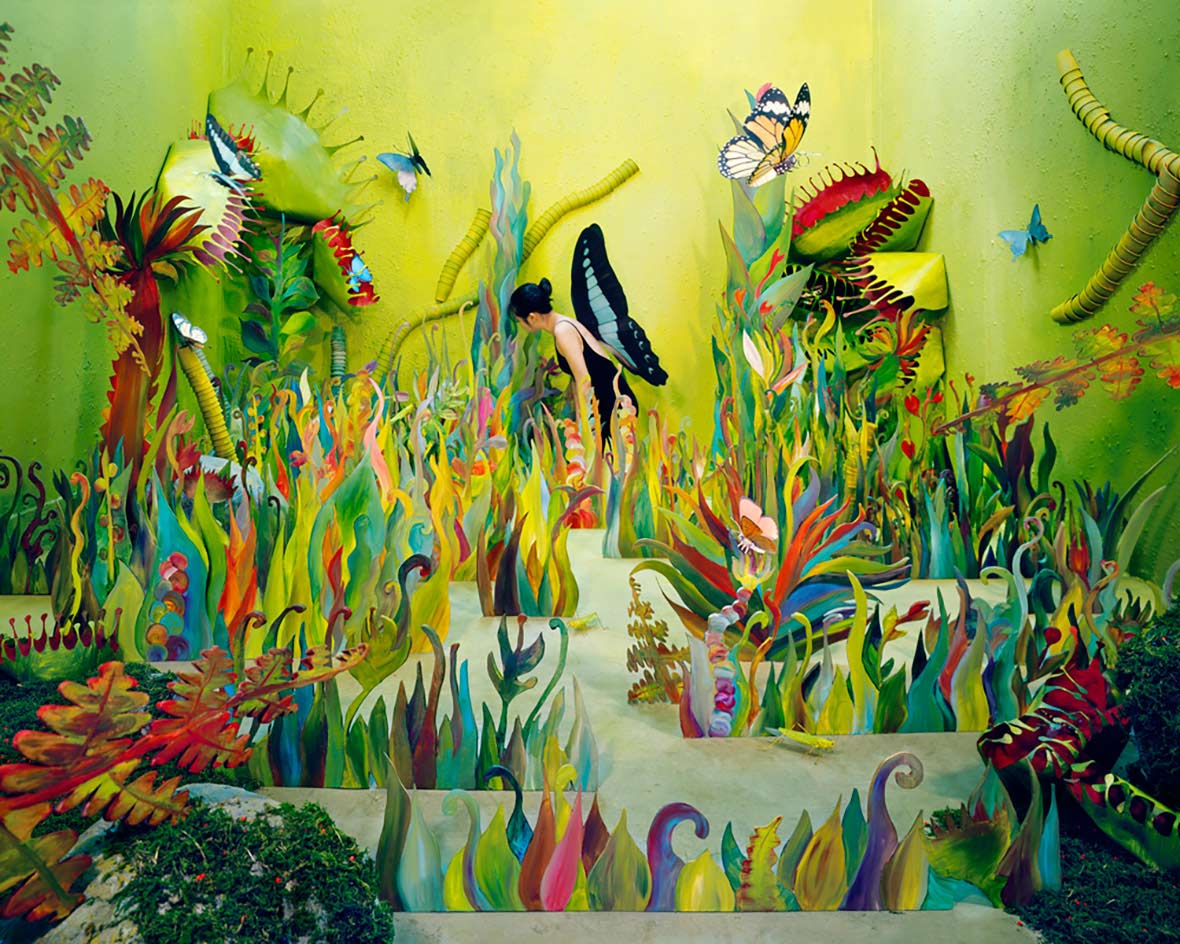
Neocha: How did you first begin to understand what you wanted to do in your studio? How did you go from a 2D to 3D way of thinking?
Jee Young: I was always interested in recreating space and creating an imaginary world. If I hadn’t become an artist, I would have been a production designer or interior designer. When I was an undergraduate I was in the art team in our school movie club. I also worked short term for an ad agency. That’s when I realized I was drawn to creating imaginary landscapes. The beginning of my Stage of Mind series was the photography I took for my graduating exhibition. The scenes that I create exist only in my mind, so it is surreal. But it reflects my worldview and emotions so it is a reality for me. I wanted to create a tangible stage that would replicate the images that I see in my head. It made sense to create a set because we live in a three-dimensional world.
Neocha: 처음에 어떻게 당신의 스튜디오에서어떤 작업을 하기 원하는지 이해하게 되었습니까? 어떻게 2D 방식의 생각에서 3D 방식의 생각으로 전환하게 되었습니까?
지영: 저는 항상 공간을 재창조하고 가상 세계를 만드는 것에 관심을 가지고 있었습니다. 제가 만약 예술가가 되지 않았다면 프로덕션 디자이너나 인테리어 디자이너가 됐을 것입니다. 제가 대학생이었을 때 우리 학교의 영화 클럽 예술 팀에 있었습니다. 그런 후에 광고 회사에서 단기간 일했습니다. 그때 제가 상상의 풍경을 만드는 것에 끌린다는 것을 알게 되었습니다. 제 ‘생각의 무대 Stage of Mind‘ 시리즈의 시작은 제 졸업 전시회를 위해 찍었던 사진이었습니다. 제가 만드는 장면들은 제 생각에 존재하는 장면들이며, 그래서 그 장면들은 초현실적입니다. 그러나 그 장면들은 제 세계관과 감정을 반영하는 것이며, 그래서 제게는 현실적인 장면들입니다. 제 머릿속에존재하는 이미지를 복제한 가시적인 무대를 창조하기 원했습니다. 우리가 3 차원 세계에 살고 있기 때문에 세트로 만드는 것이 이치에 맞다고 생각했습니다.
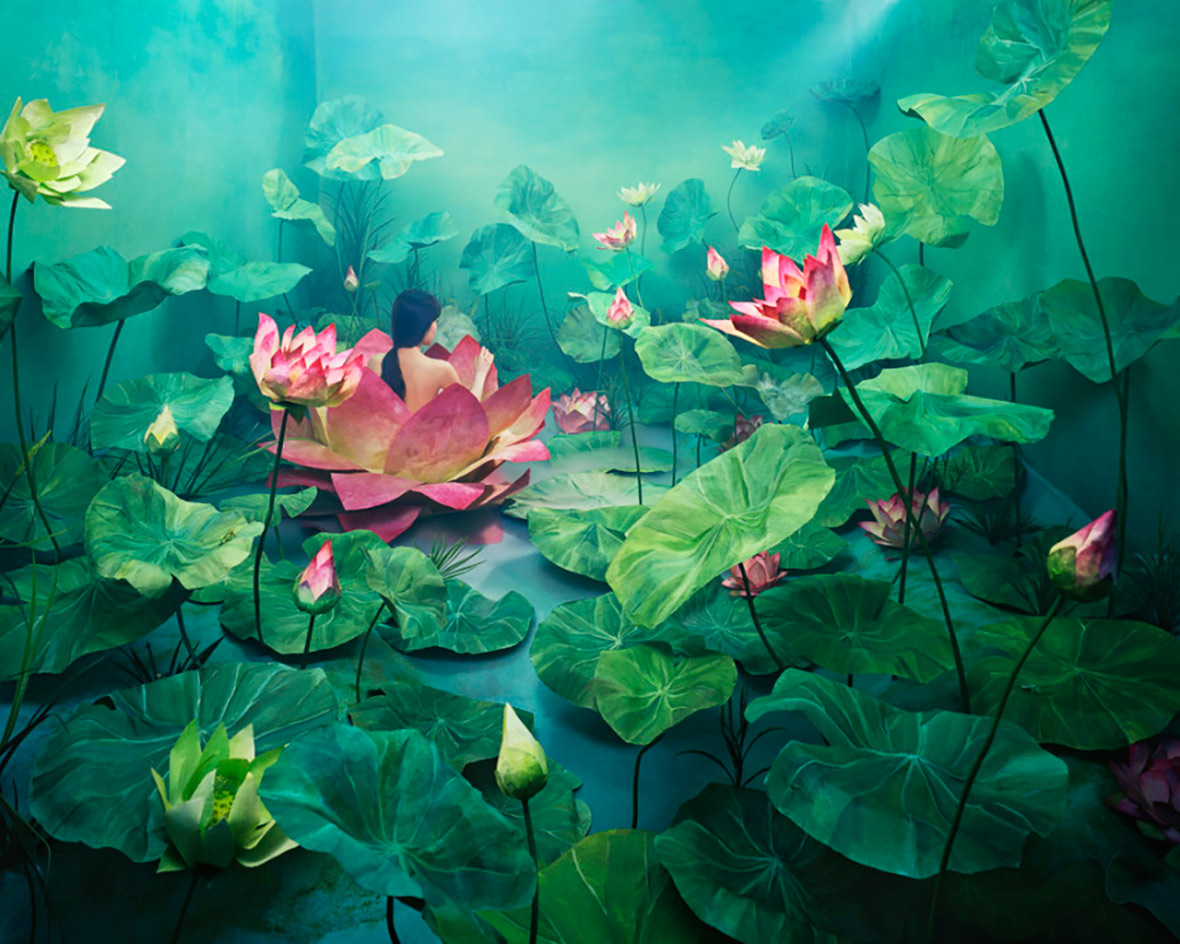
Neocha: Tell us about your process. What happens to the setup of your studio after you’ve completed making the image? How do you dismantle it?
Jee Young: I must destroy the set that I have invested months of my life in. It is a complicated and difficult emotional experience every time. But building the set and tearing it down is all an integral part of my creative process. The large objects are broken down into smaller pieces and carried away in a hired waste truck. Once that is all over with, I am left with an empty set again. I believe that this process enables me to let go of my past.
Taking a photo of the set that I have created allows me to look at my recreated reality from a more objective point of view. When the set is abolished, the photo becomes a document of a past event. I often come to terms with the events that prompted me to create the set in the first place as I destroy it.
Neocha: 그 이미지를 만든 후에 스튜디오를 설치할 때는 어떤지 … 그 과정에 대해서 알려주시겠습니까? 어떻게 그것을 해체합니까?
지영: 수개월을 투자해서 만든 세트를 해체해야 합니다. 세트를 해체 할 때 마다 매우 복잡하고 어려운 감정적인 경험을 합니다. 세트를 구축하고 그 세트를 허무는 것 모두 제 창작 과정의 필수적인 부분입니다. 큰 물체들이 작은 조각으로 해체되고 고용한 폐기물 트럭에 실려가게 됩니다. 그 해체 작업이 모두 끝나면 전 다시 빈 세트에 남겨지게 됩니다. 저는 이 과정을 통해서 제 과거를 놓을 수 있게 된다고 생각합니다. 제가 만든 세트의 사진을 찍으면 좀더 객관적인 관점에서 저의 재창조된 현실을 볼 수 있게 됩니다. 세트가 해제 될 때, 그 사진은 과거 사건의 문서가 되는 겁니다. 저는 세트를 해체하면서 처음에 그 세트를 만들게 했던 사건들을 받아들이는 법을 종종 배우게 됩니다.
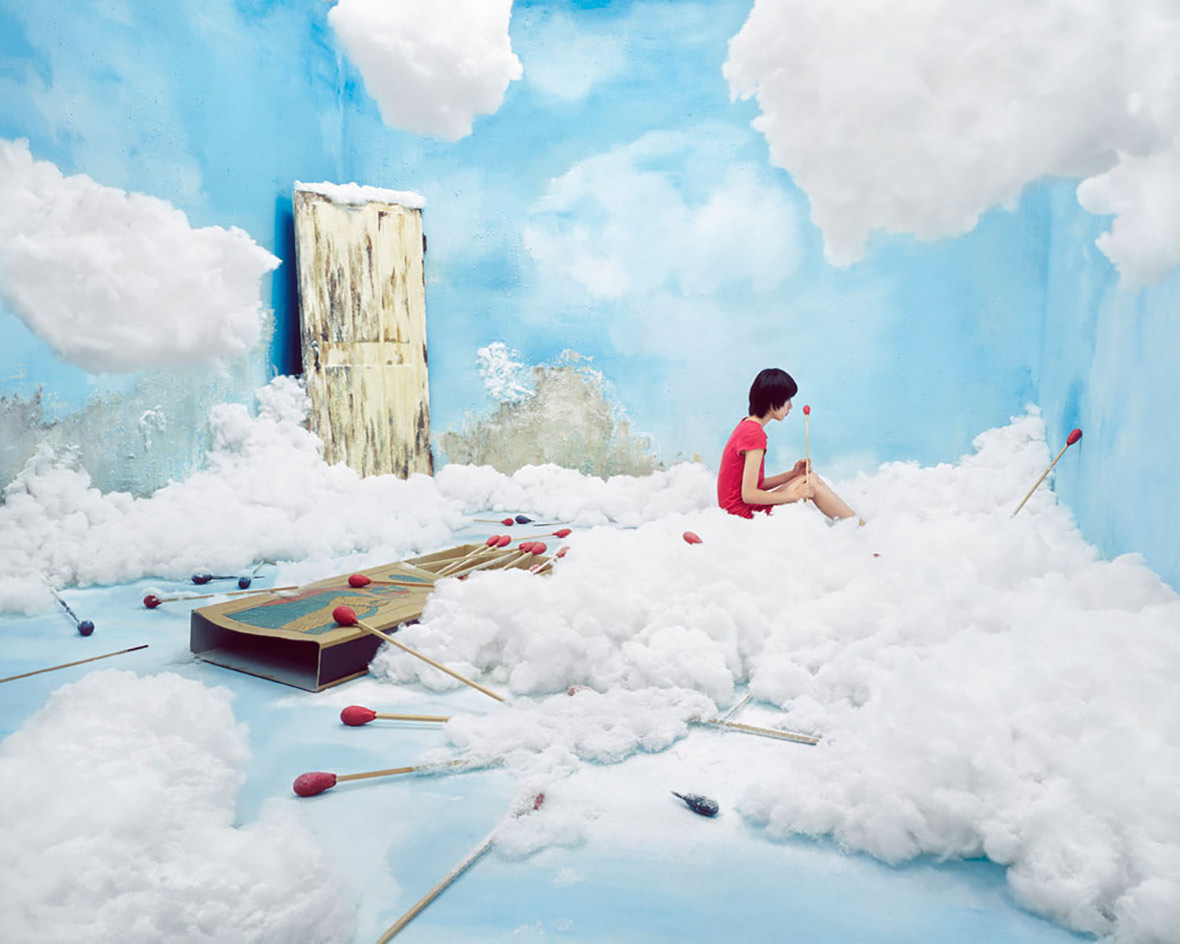
Neocha: Your work is incredible and remarkable, especially without the use of Photoshop. How do you go about creating that surreal quality?
Jee Young: Once I decide on a theme and subject I make a rough draft of what I am going to create. Then I move on to research, preparation, and planning. I often test out different materials to find the right one. Once that is all settled, I then begin with the actual production. I have a wooden frame setup in my studio. I paint it, create objects that go into the set, and fill it one item at a time. When I am done, I choose an angle and lighting by taking test photos. The final photo is taken with a 4×5 large format film camera. It takes up to two months to create one set because it is immensely labor intensive.
Neocha: 당신의 작품은 믿을 수 없을 만큼 놀라운데, 특히 포토샵을 사용하지 않았다는 것이 놀랍습니다. 어떻게 그런 초현실적인 작품을 만들어 갑니까?
지영: 일단 테마와 주제를 결정하면, 제가 만들고자 하는 것의 대략적인 초안을 만듭니다. 그런 후에 연구하고, 준비하고, 계획을 세웁니다. 저는 종종 적합한 것을 찾기 위해 다른 재료들을 시도해 보곤 합니다. 일단 모든 것이 준비되면 이제 실제로 만들어내는 작업을 하게 됩니다. 제 스튜디오에 나무 프레임 구조가 있습니다. 저는 그 나무 구조에 색칠을 하고, 그 세트에 들어갈 물체를 만들고, 한 번에 하나씩 아이템을 그 안에 채웁니다. 그 작업을 마친 후에 테스트 사진을 촬영하여 각도와 조명을 선택합니다. 마지막 사진은 4x5의 대형 필름 카메라로 촬영합니다. 한 세트를 만드는 작업은 매우 노동 집약적인 작업이기 때문에 최대 2개월이 걸립니다.
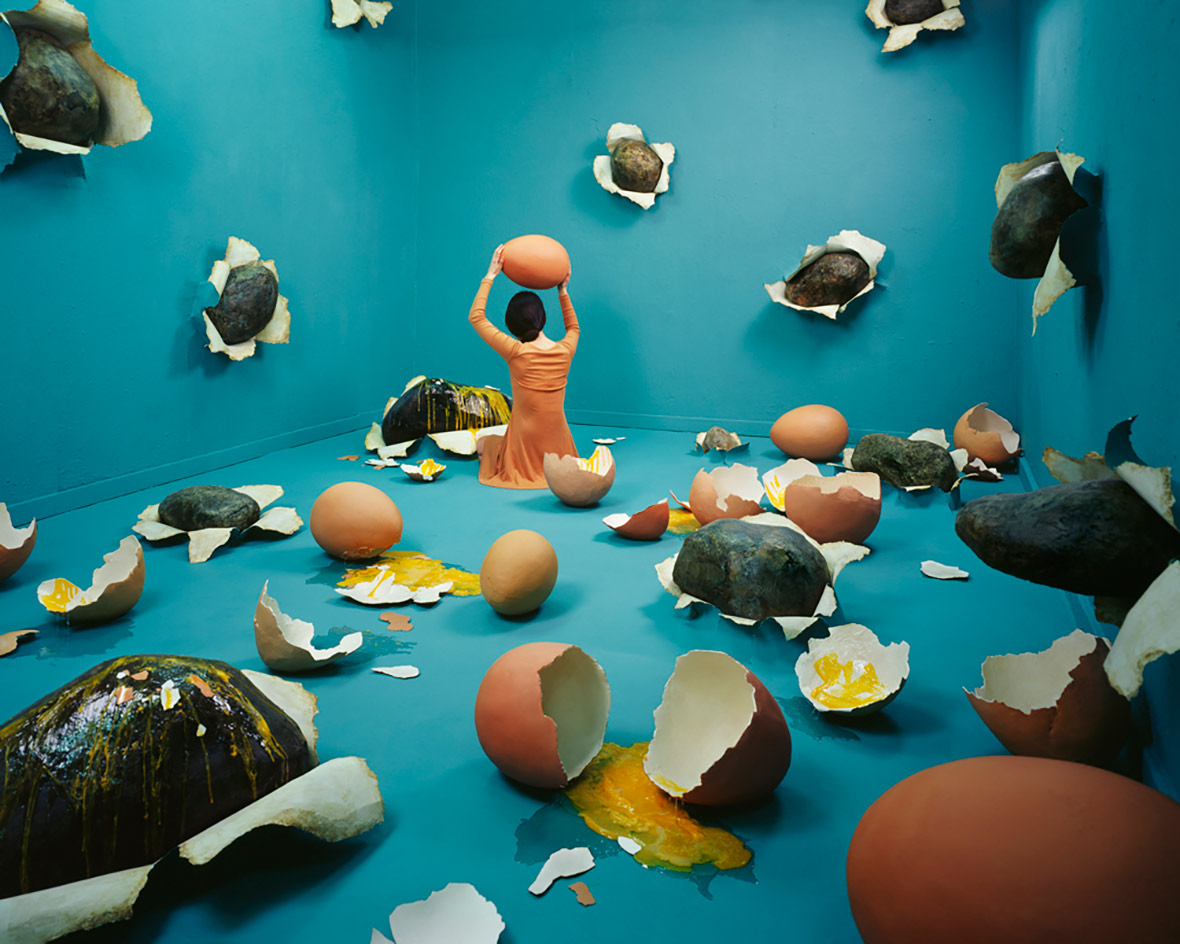
Neocha: Apart from the installation and art direction itself, how do you setup your lights, camera and gear? Do you only shoot from one angle, one framing, or do you often do experiments?
Jee Young: I decide on lights and camera settings when I take test shots of the completed set. I need a volunteer to press the shutter while I model. For some sets, I have decided on the camera angle early on, but I usually take pictures from different angles and then pick the best looking one.
Neocha: 설치와 예술적인 방향 외에, 어떻게 조명, 카메라와 장비를 설치합니까? 한 각도, 한 프레임에서만 촬영 하나요 아니면 종종 실험도 합니까?
지영: 완성된 세트의 테스트 촬영을 할 때 조명과 카메라 설정을 결정합니다. 제가 모델로 서는 동안 셔터를 눌러줄 자원 봉사자가 필요합니다. 초기에 카메라 각도를 결정하지만, 일반적으로 다른 여러 각도에서 사진을 찍은 후에 가장 좋아보이는 것을 선택합니다.
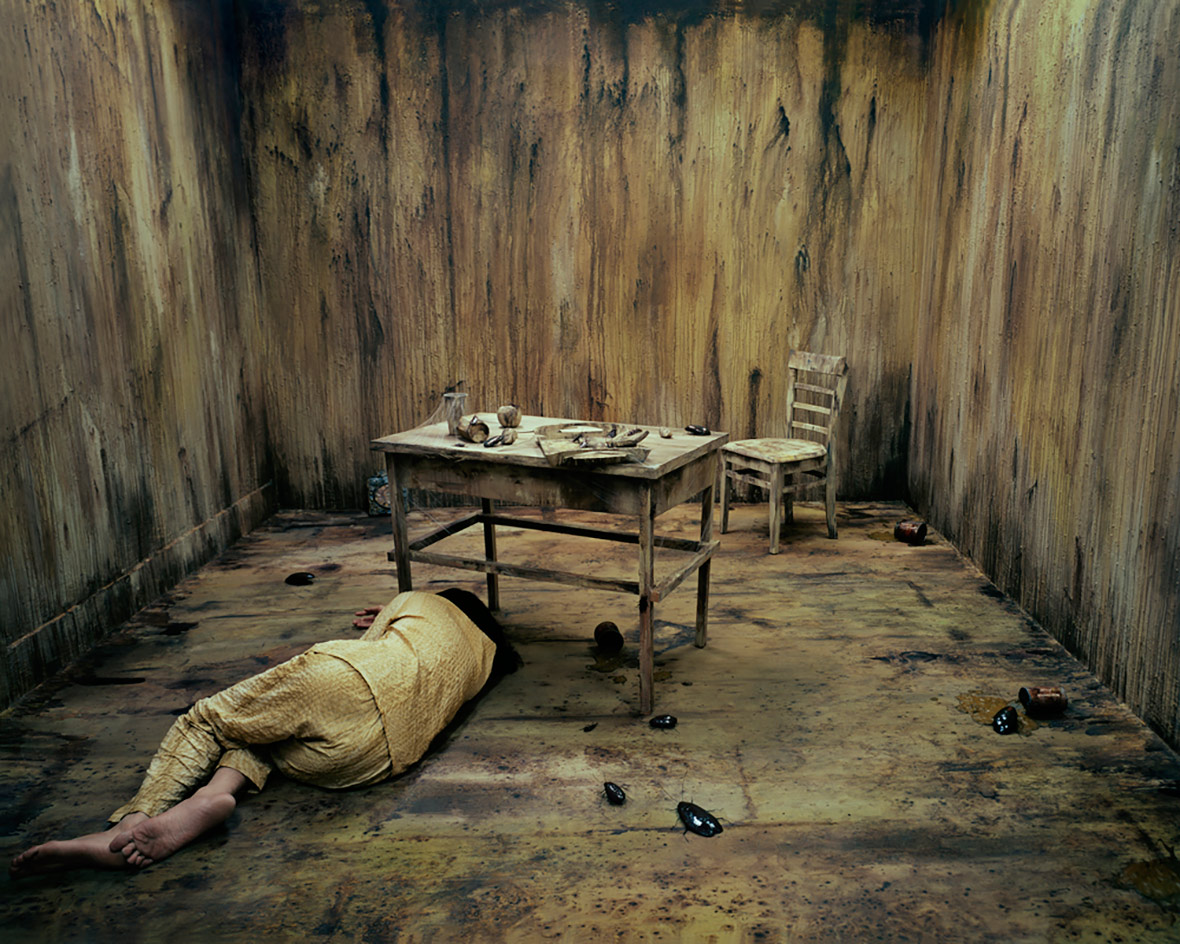
Neocha: We live in an era of constant selfies. How is your work influenced by that? What has been the reaction of people who have seen it?
Jee Young: I am not very friendly with electronics and technology, so I am not up to date on media trends. I barely log on to Facebook or Instagram. The images that flood the social media today reflect the society we live in, but I personally believe it is too temporary and consumptive.
For me a self-portrait is a good way to project the artist’s ego into the artwork. In a way it is a performance. I can say the fact that I stand in as a model has attracted a lot of attention.
Neocha: 우리는 끊임없는 셀피의 시대에 살고 있습니다. 당신의 작품은 그것에 어떤 영향을 받았습니까? 작품을 본 사람들은 어떤 반응을 보였나요?
지영: 저는 전자 제품과 기술적인 부분에는 별로 익숙하지 않아서, 미디어에 있어서는 최신 유행을 따라가는 편은 아닙니다. 전 페이스북이나 인스타그램을 거의 사용하지 않습니다. 오늘날의 소셜 미디어를 가득 매운 이미지들은 우리가 살고 있는 사회를 반영하지만, 저는 개인적으로 너무 일시적이고 소모적이라고 생각합니다.
저에게 자기 초상화는 예술작품에 작가의 자아를 투영 할 수 있는 좋은 방법입니다. 한편으로 자기 초상화는 공연 같은 것입니다. 제 자신이 모델로 서 있다는 사실이 많은 관심을 끌었다고 할 수 있습니다.
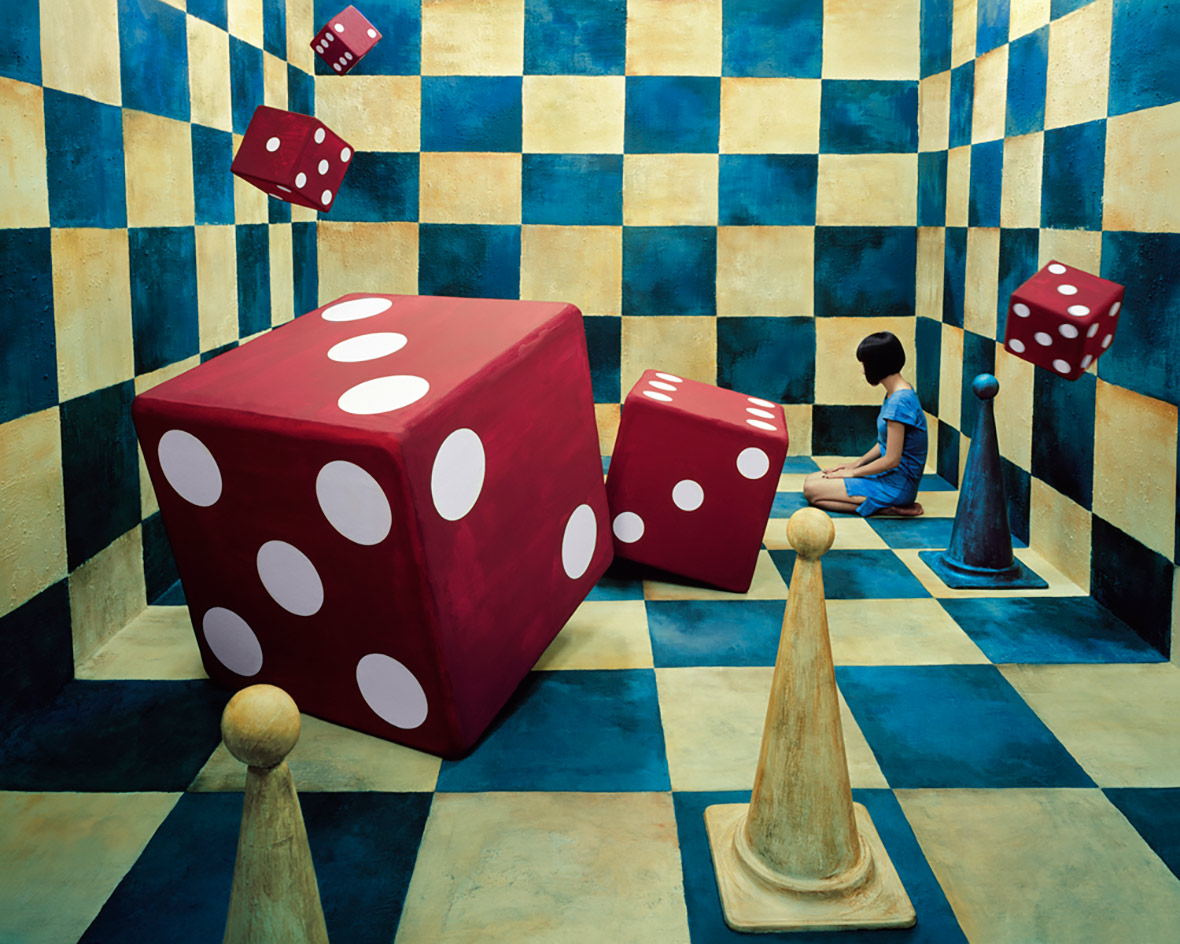
Neocha: What are some themes you’re obsessed with? When you work, do you have any rituals that help you get focused?
Jee Young: I tend to lock on to negative experiences rather than the happy ones. Another obsession is my childhood memories. I have to look inside my heart to find elements of the set that I am creating. There is no set ritual but I always drink coffee before I start working and leave the radio on while I work.
Neocha: Who are your biggest influences? What’s been a recent influence?
Jee Young: It is hard to pin down one specific influence. I’m really interested in movie art, especially Tim Burton, Michel Gondry, and Stanley Kubrick. All my subjects come from introversion, I am easily influenced by small and big events that happen in my life.
Neocha: 집착하는 테마에는 어떤 것들이 있습니까? 작업 할 때, 집중하는 데 도움이 되는 어떤 의식 같은 것이 있습니까?
지영: 저는 행복한 경험보다는 부정적인 경험에 매이는 경향이 있습니다. 제 다른 집착은 제 어린 시절의 기억입니다. 제가 만드는 세트의 요소들를 찾기 위해 제 마음을 들여다 봐야 합니다. 정해진 의식은 없지만, 작업을 시작하기 전에 항상 커피를 마시고 작업하는 동안에는 라디오를 켜 놓습니다.
Neocha: 당신에게 가장 큰 영향은 준 사람은 누구입니까? 최근에 영향을 받은 것은 무엇입니까?
지영: 제가 영향을 받은 것의 특정한 한 가지를 지적하는 것은 어렵습니다. 제 관심은 영화예술, 특히 팀버튼 (Tim Burton), 미셀 곤드리 (Michel Gondry), 스탠리 큐브릭 (Stanley Kubrick)에 이르기 까지 다양합니다. 제 모든 주제들이 내면에서 오기 때문에, 제 삶에 일어나는 작고 큰 모든 사건들에 쉽게 영향을 받습니다.
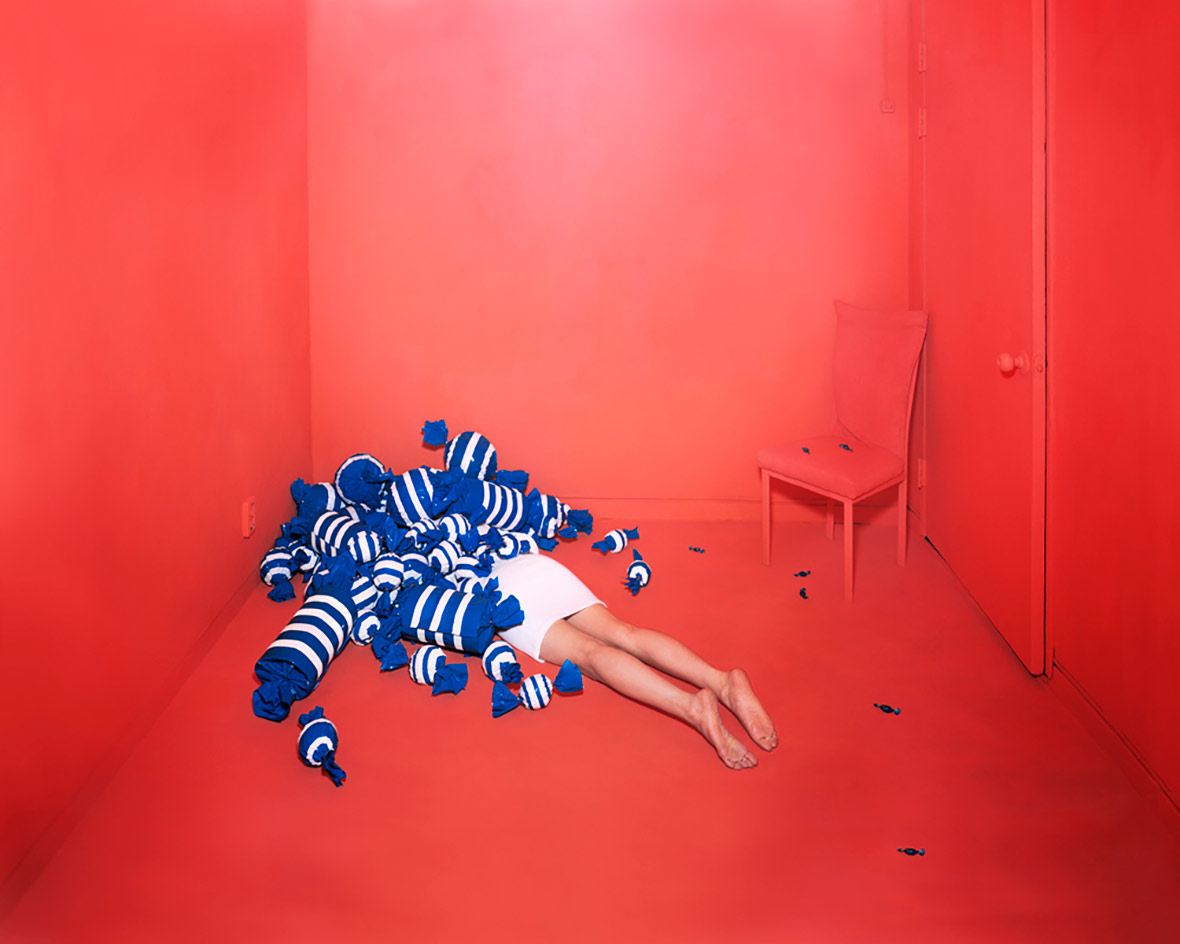
Website: opiomgallery.com/jeeyoung-lee
Contributor: Jia Li
웹 사이트: opiomgallery.com/jeeyoung-lee
기부자: Jia Li

